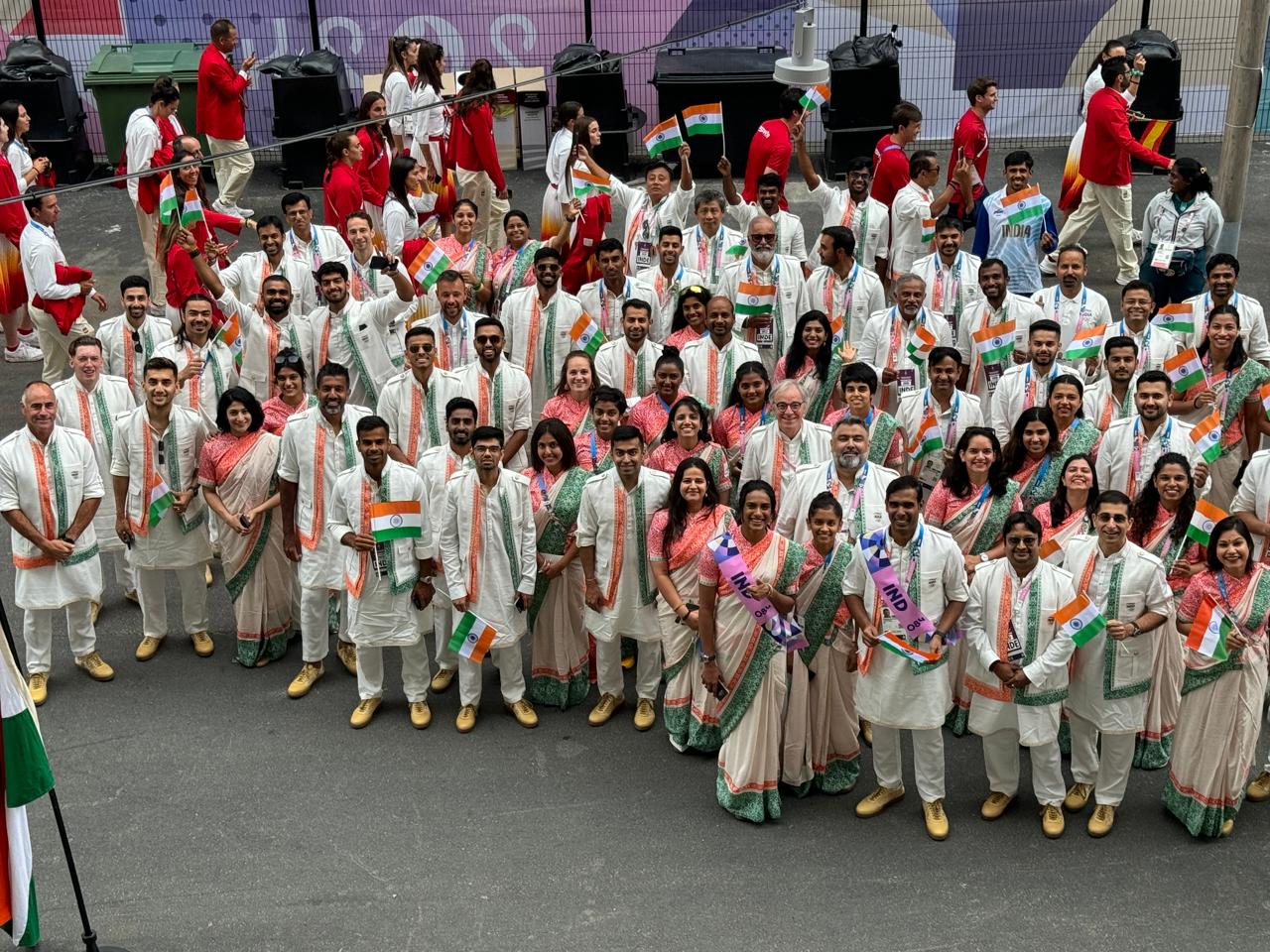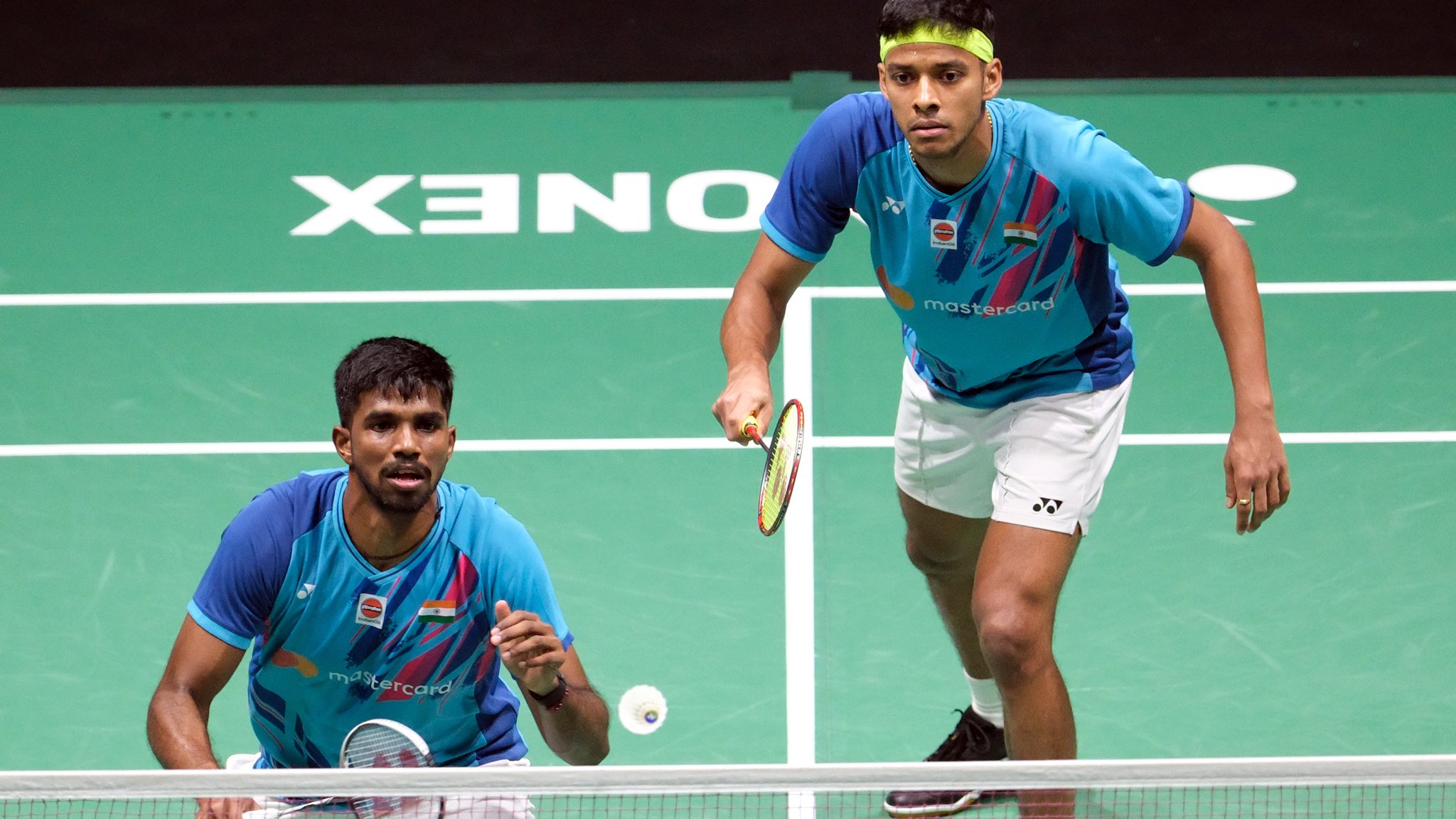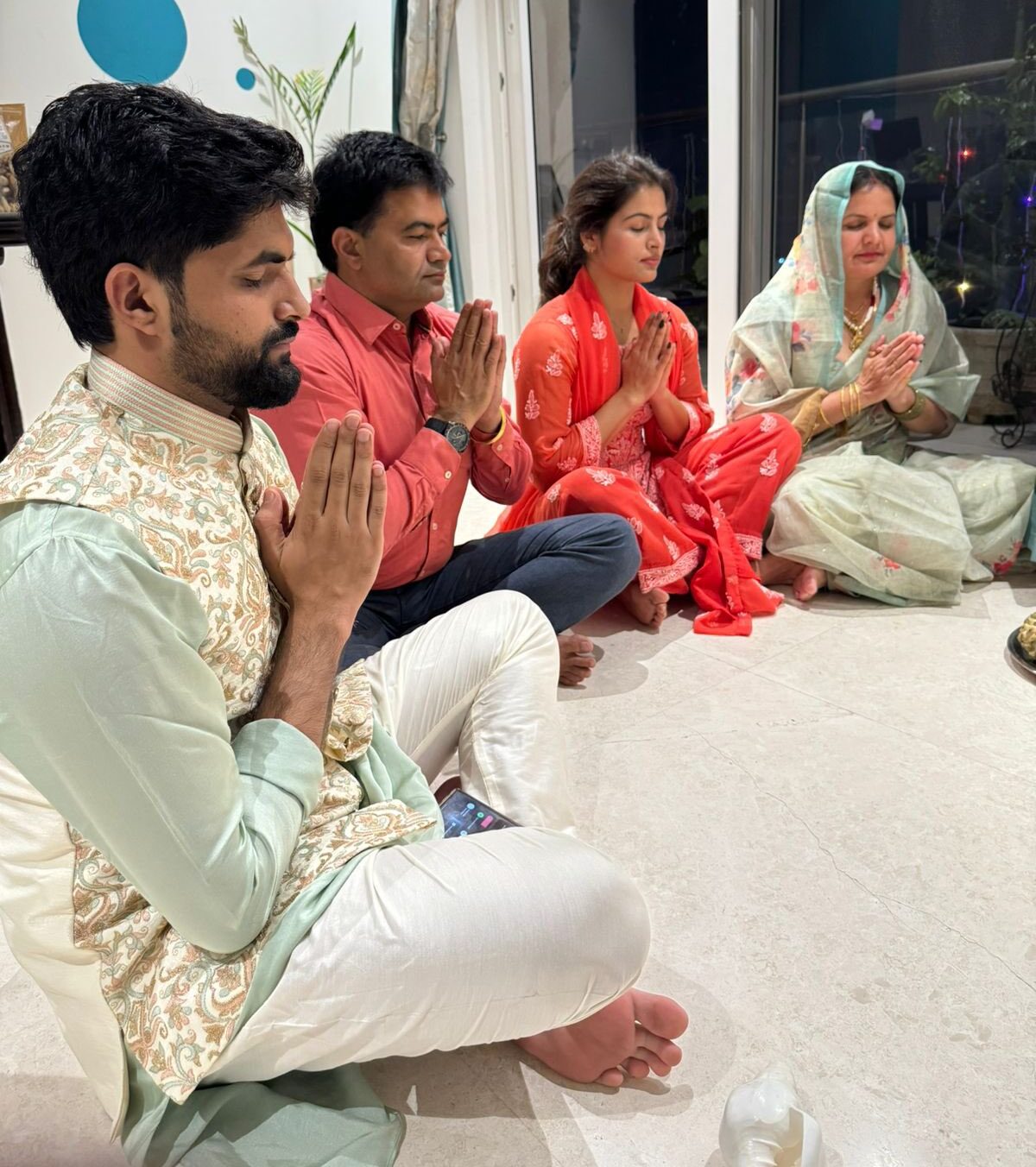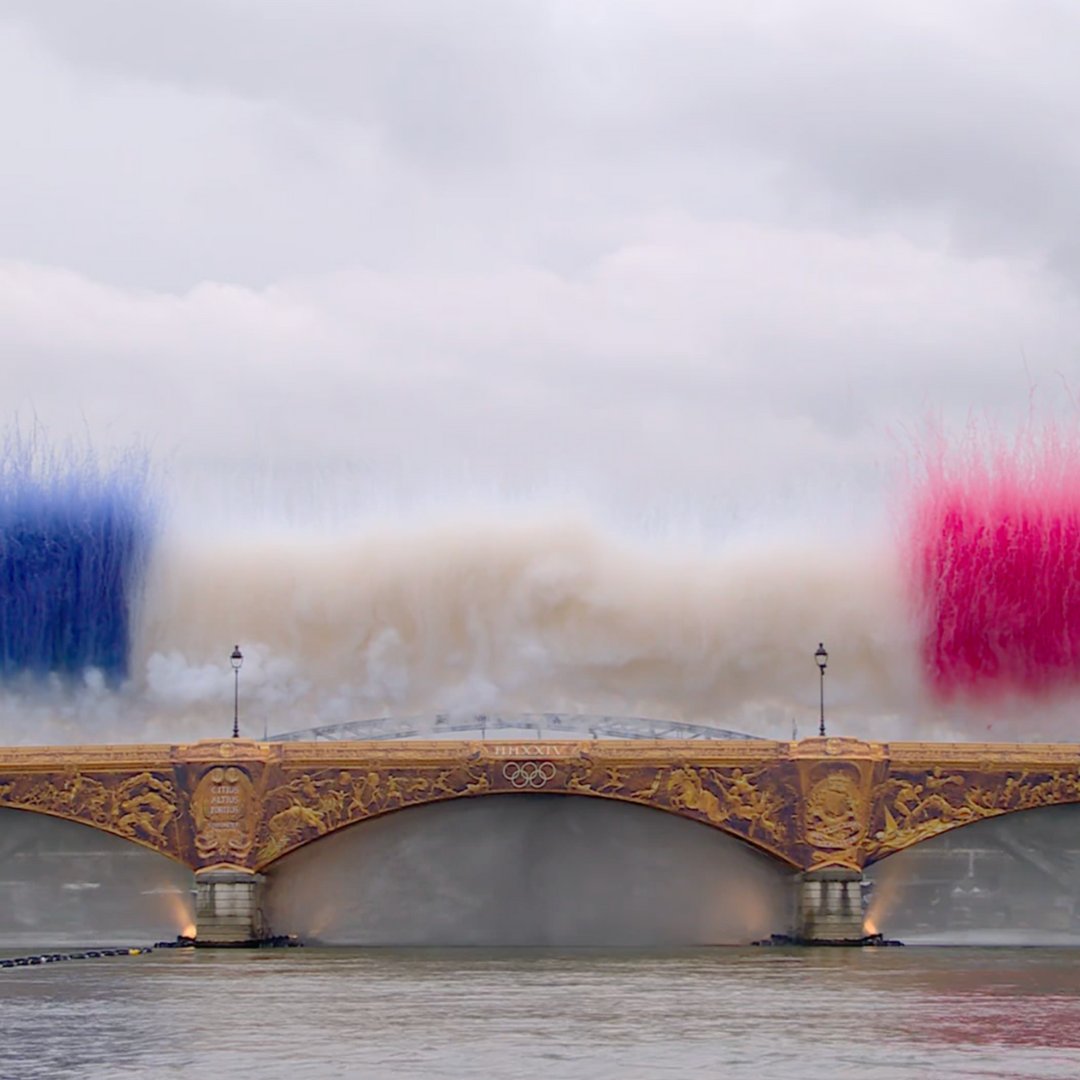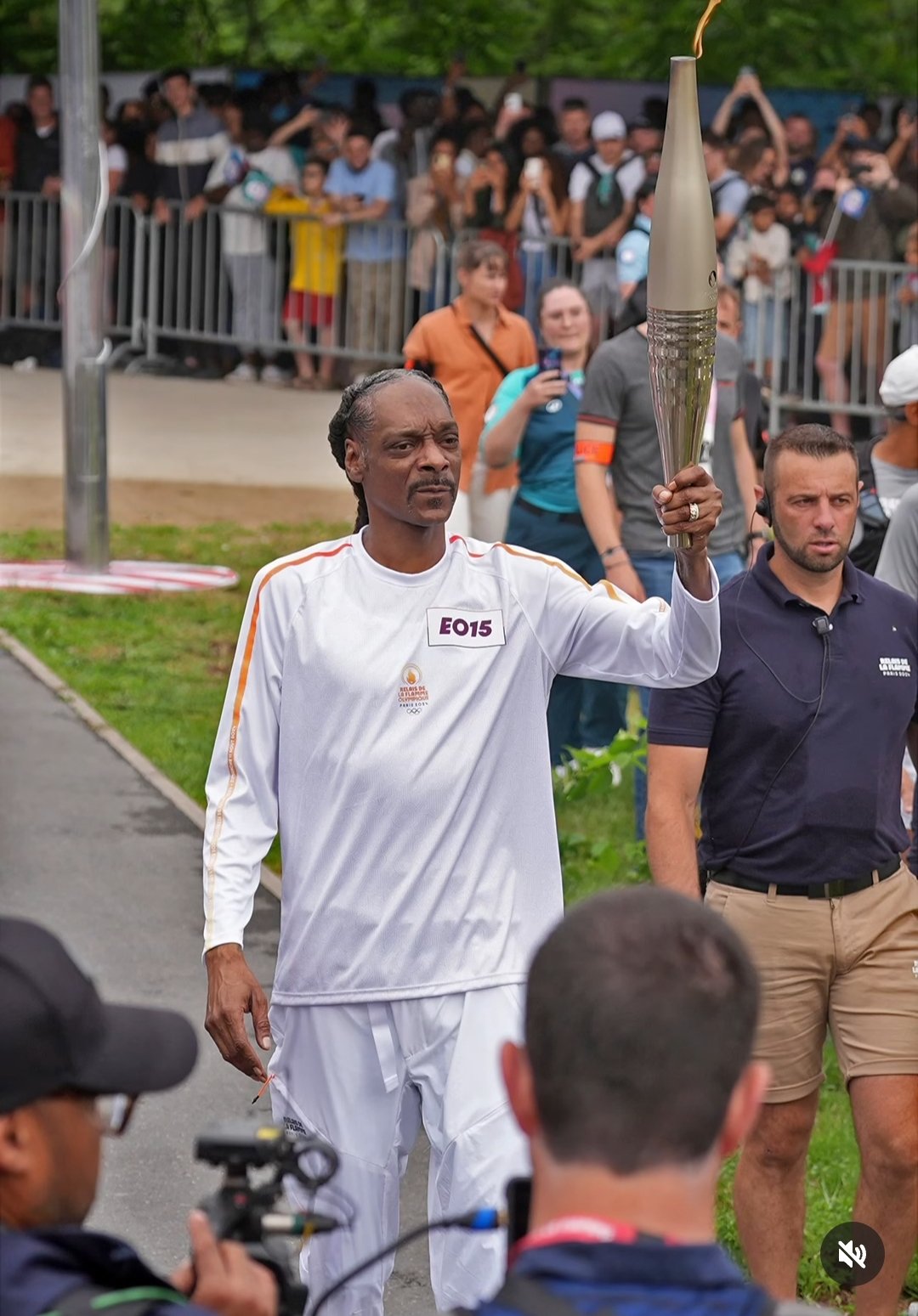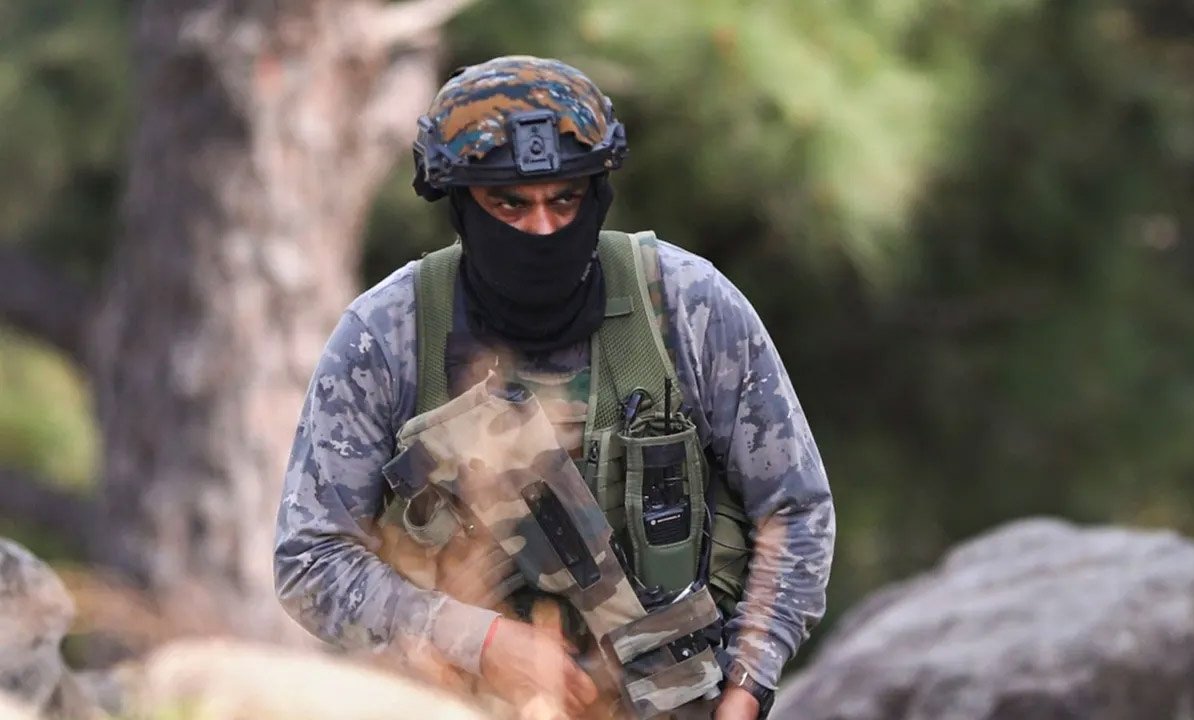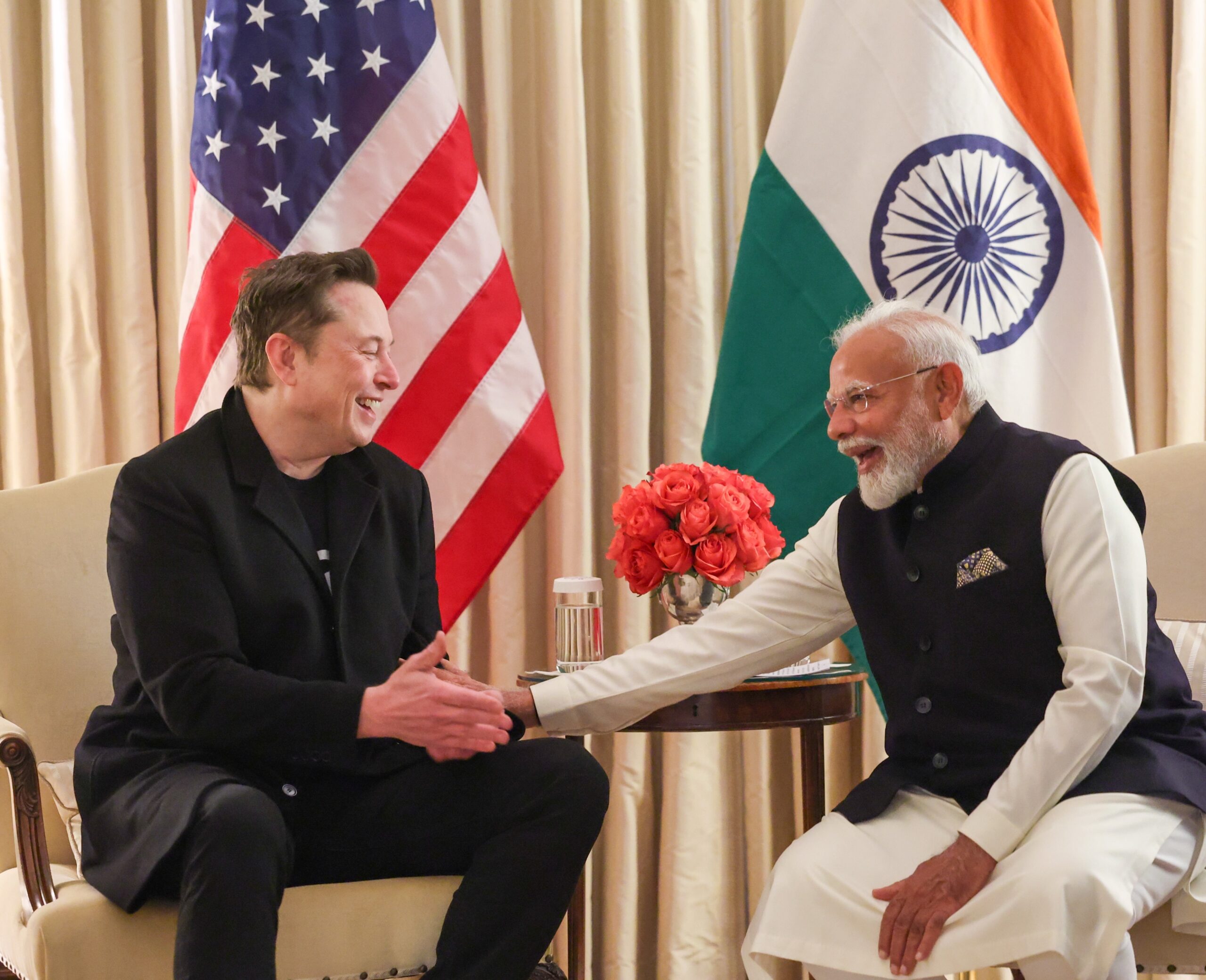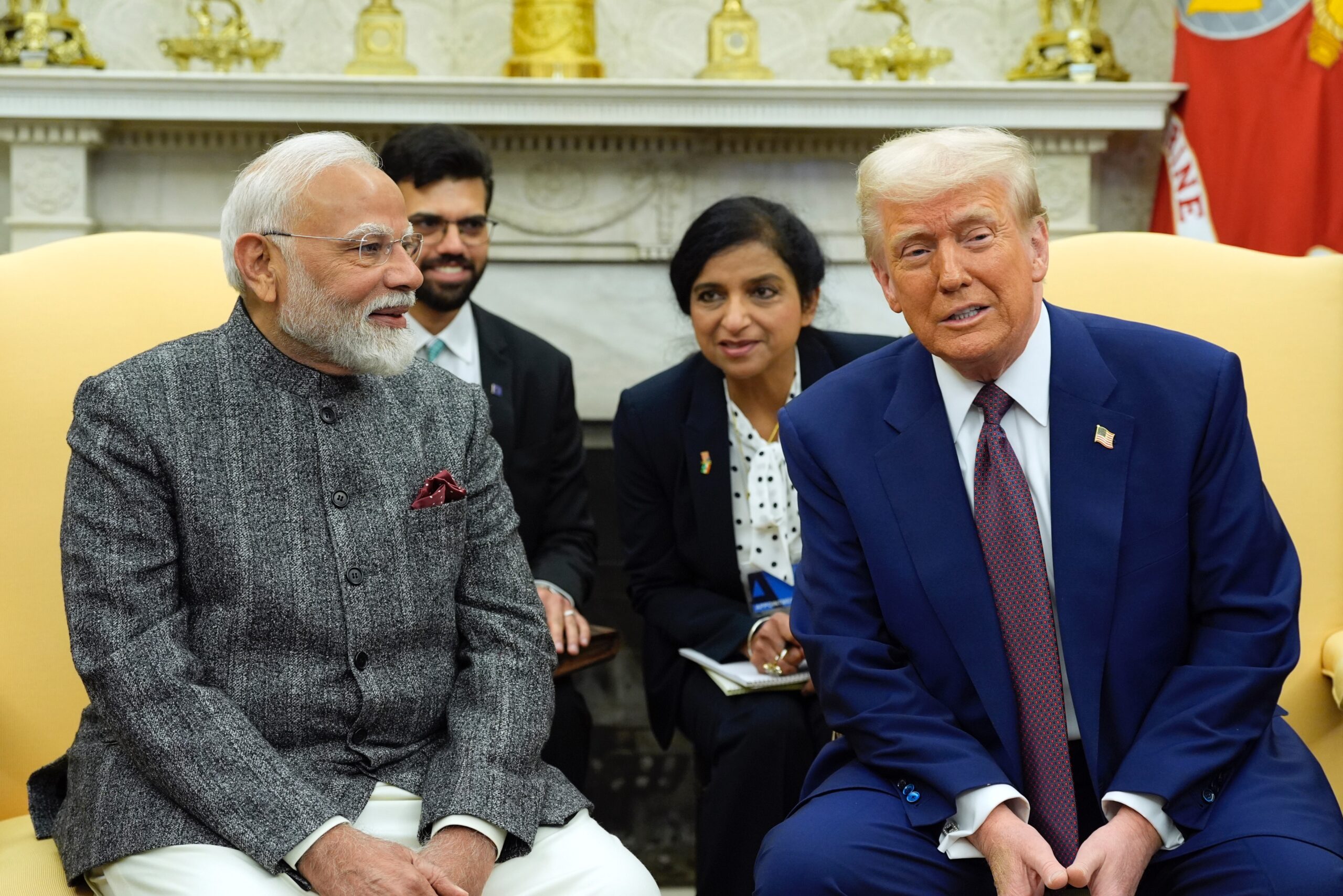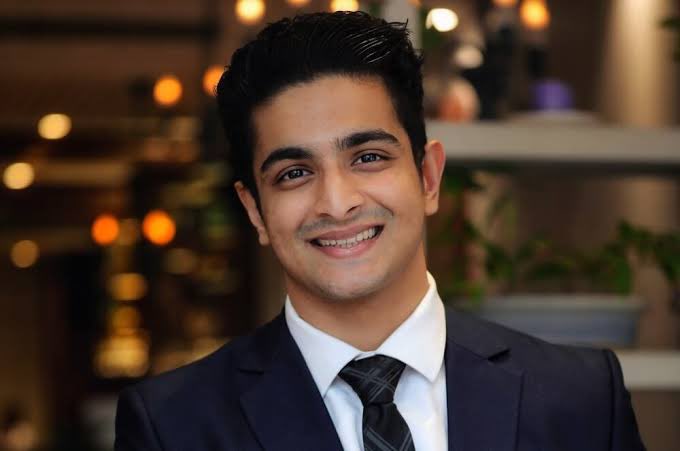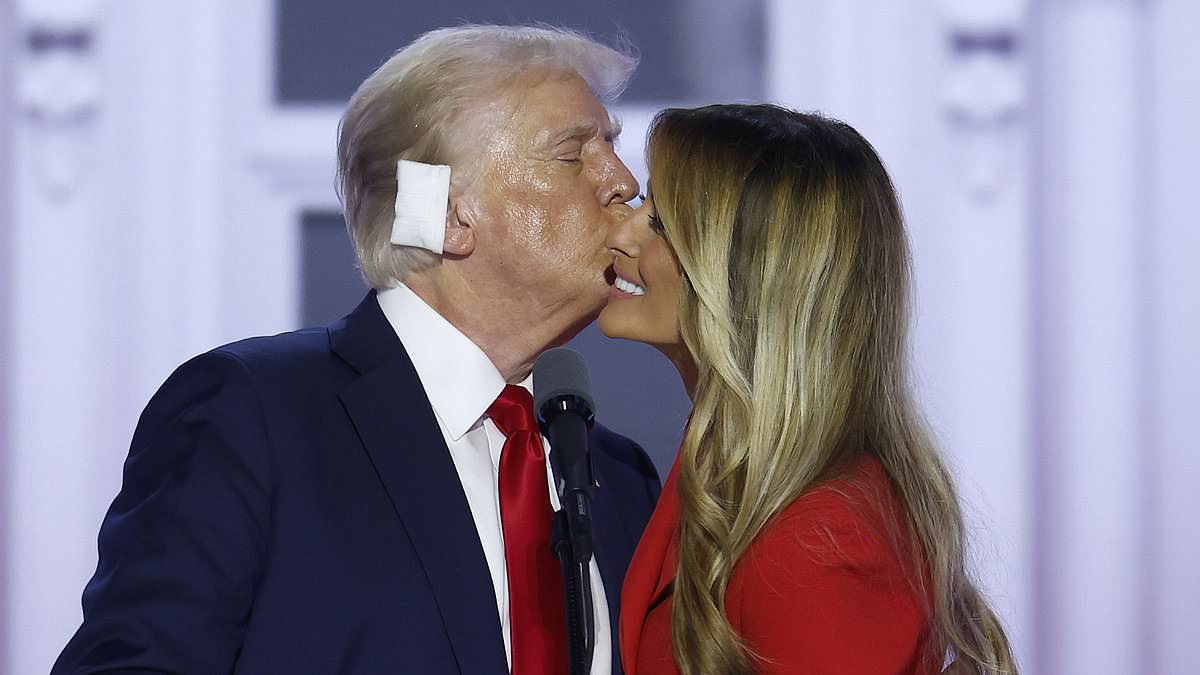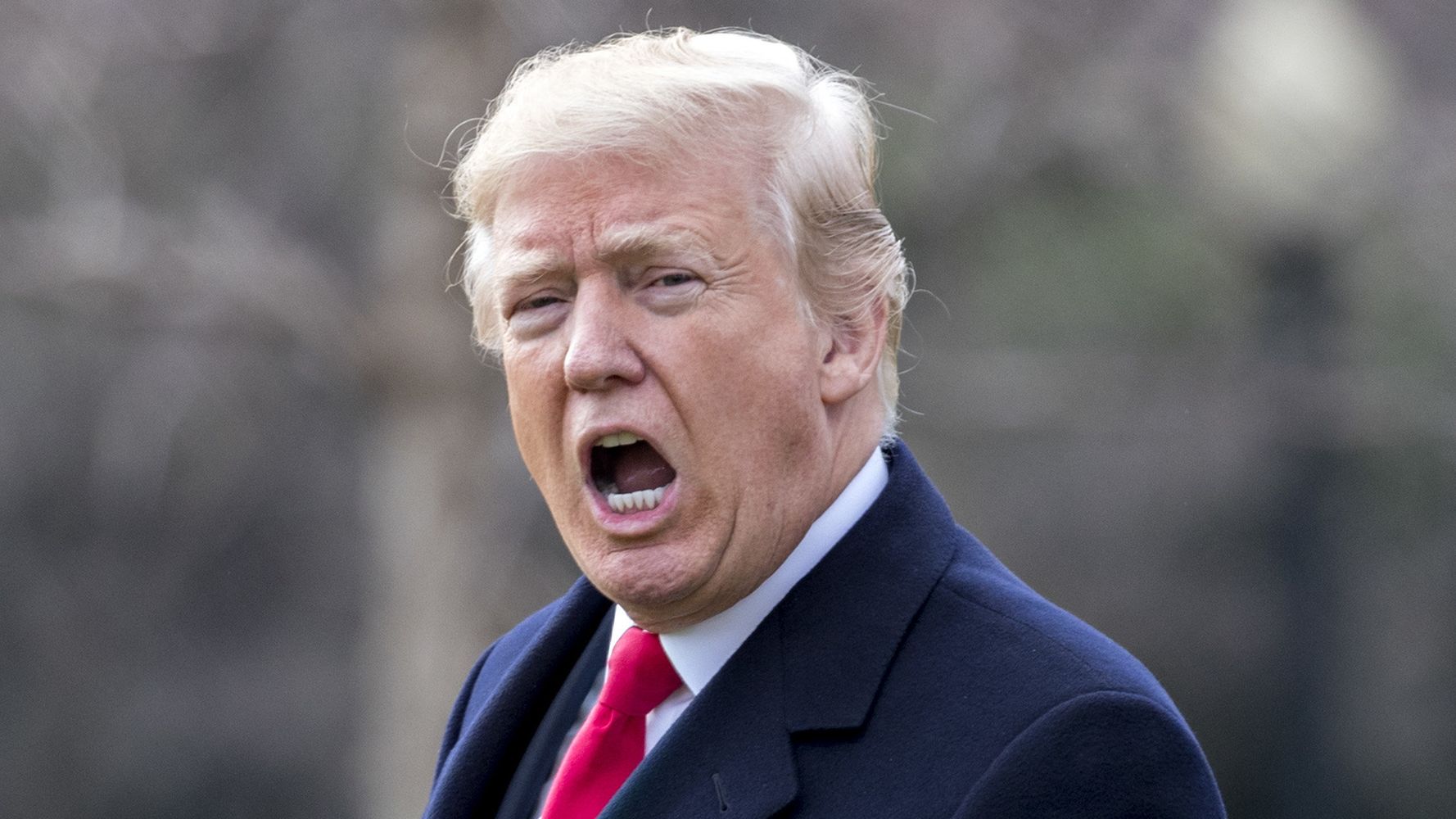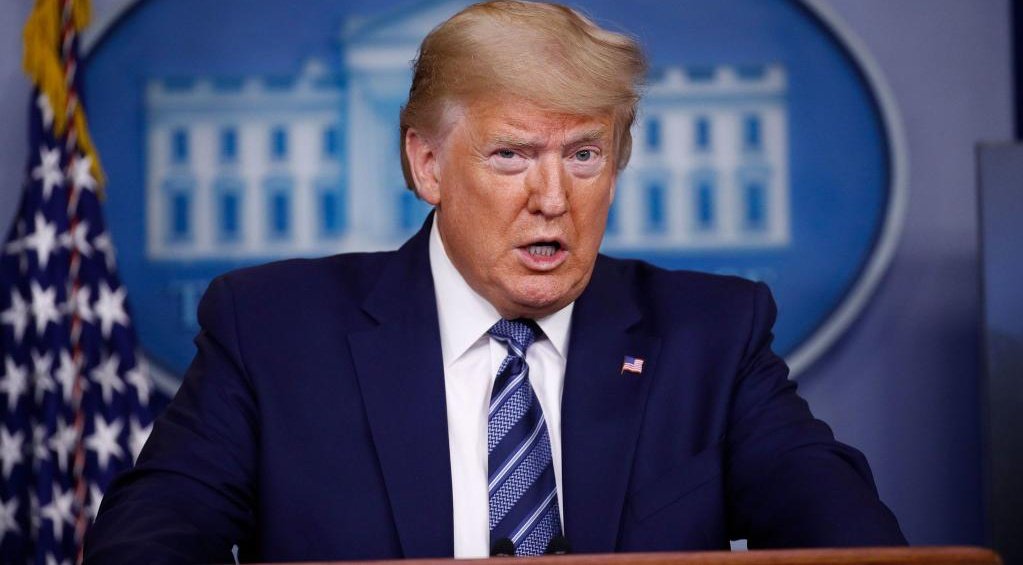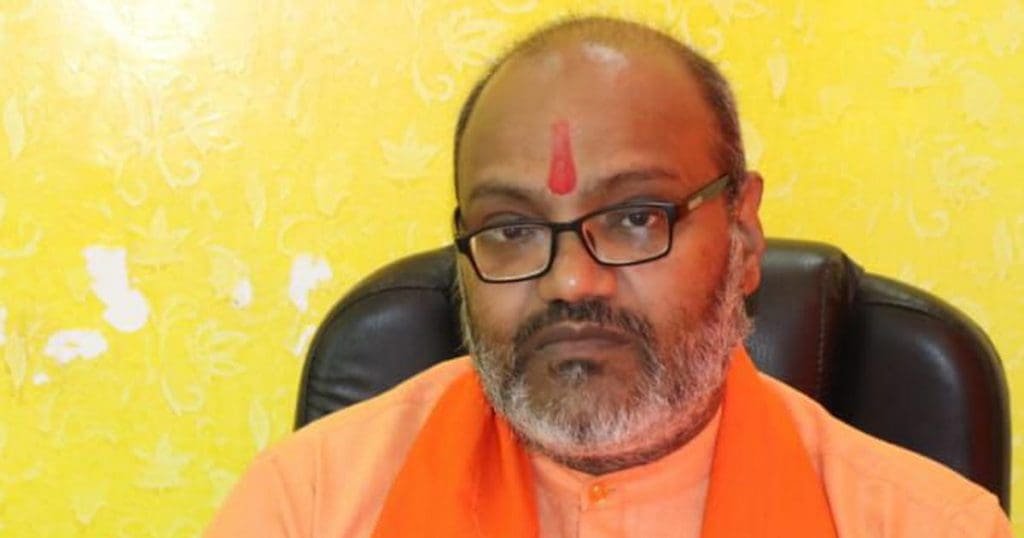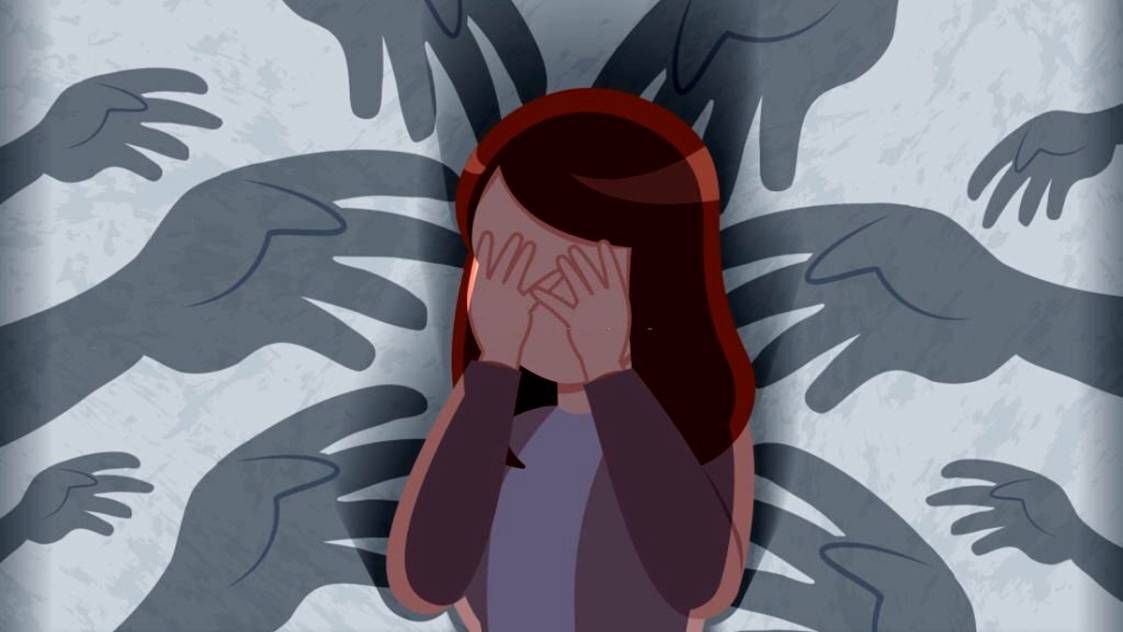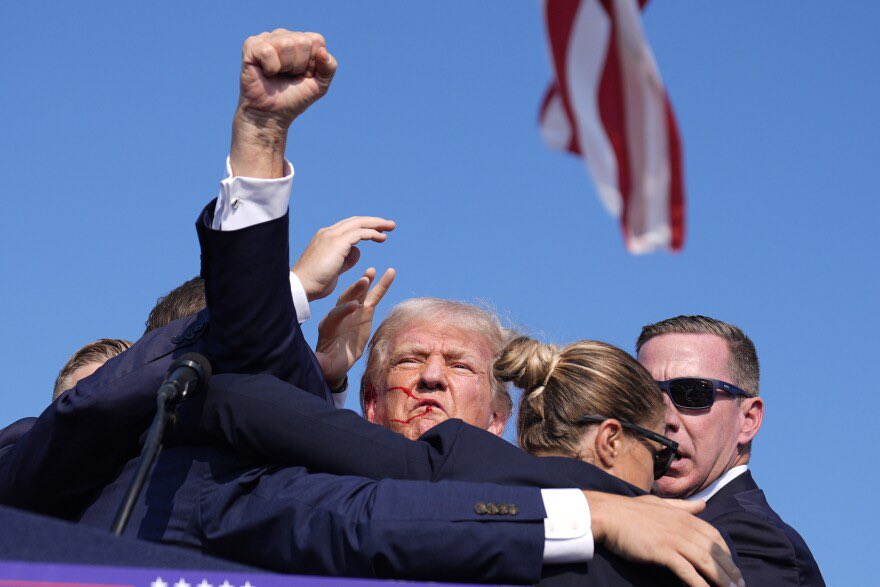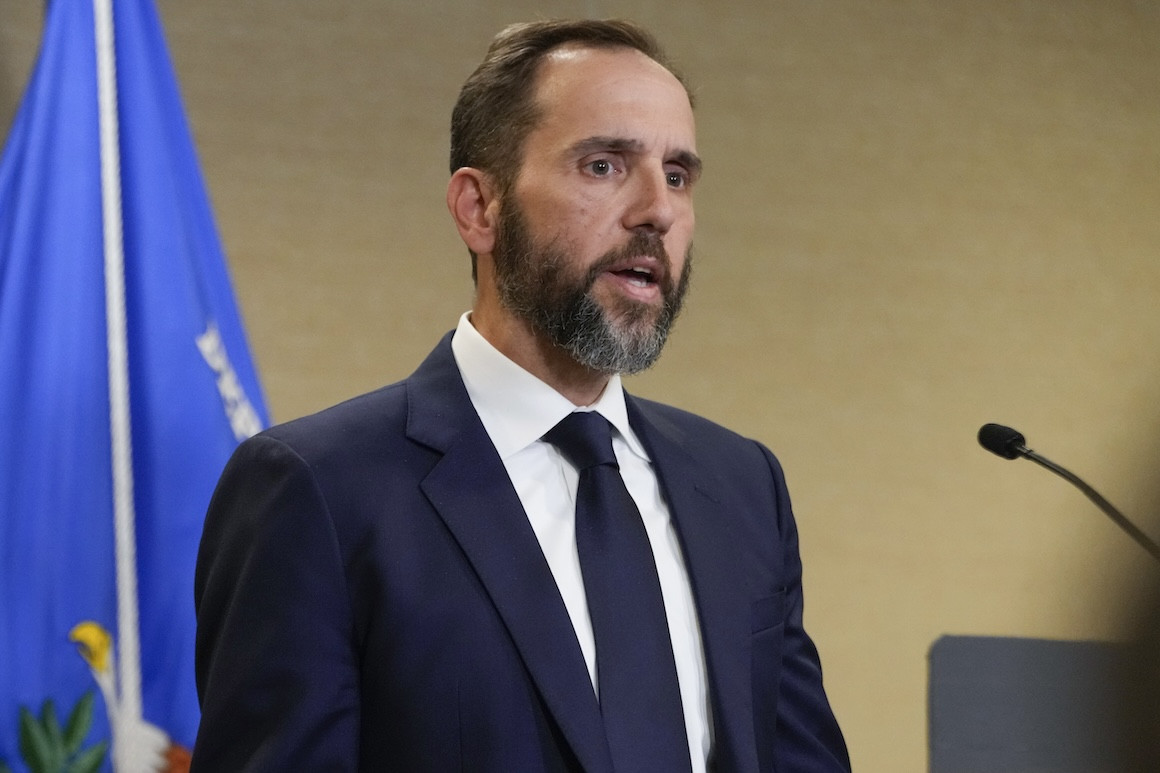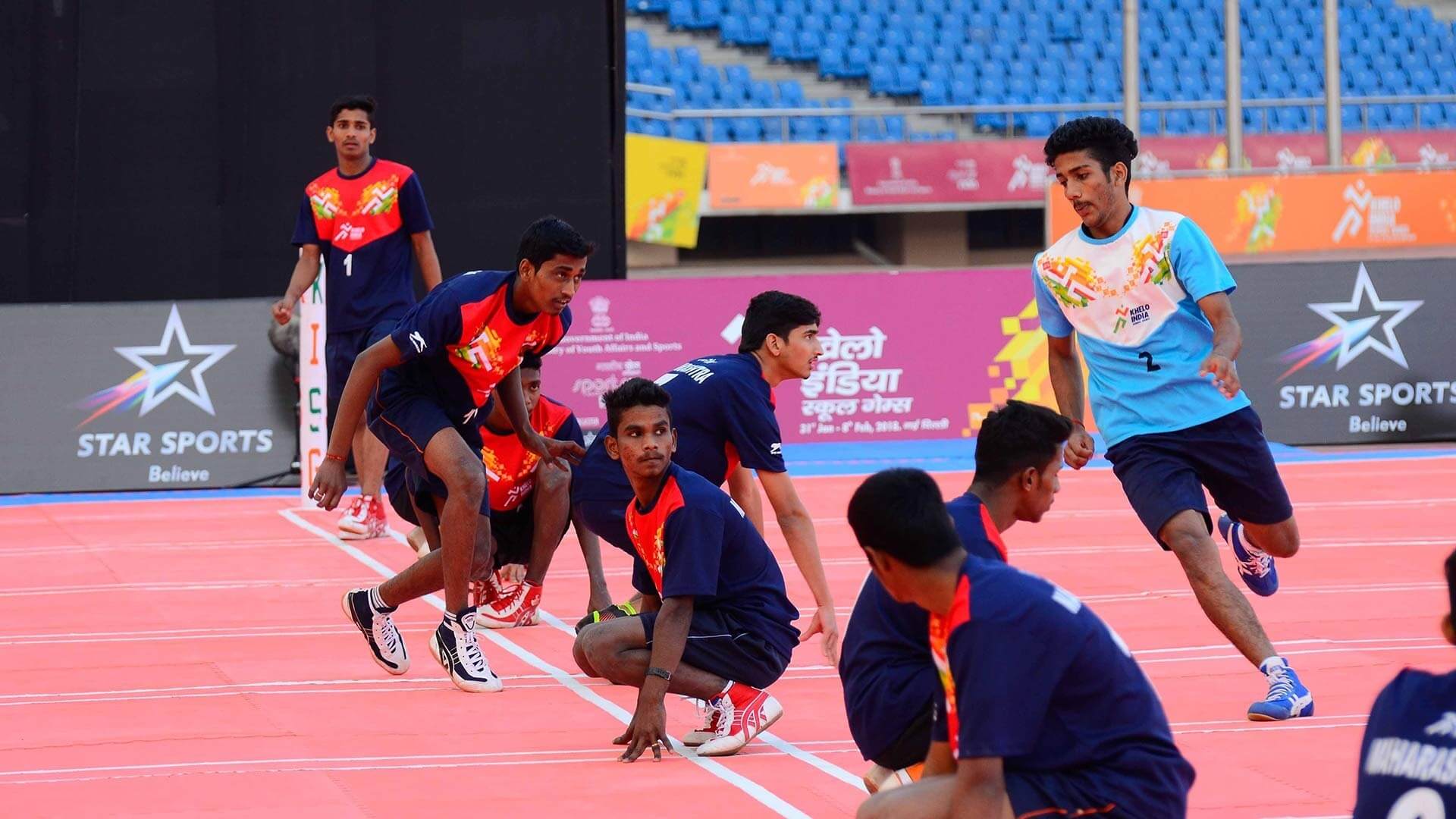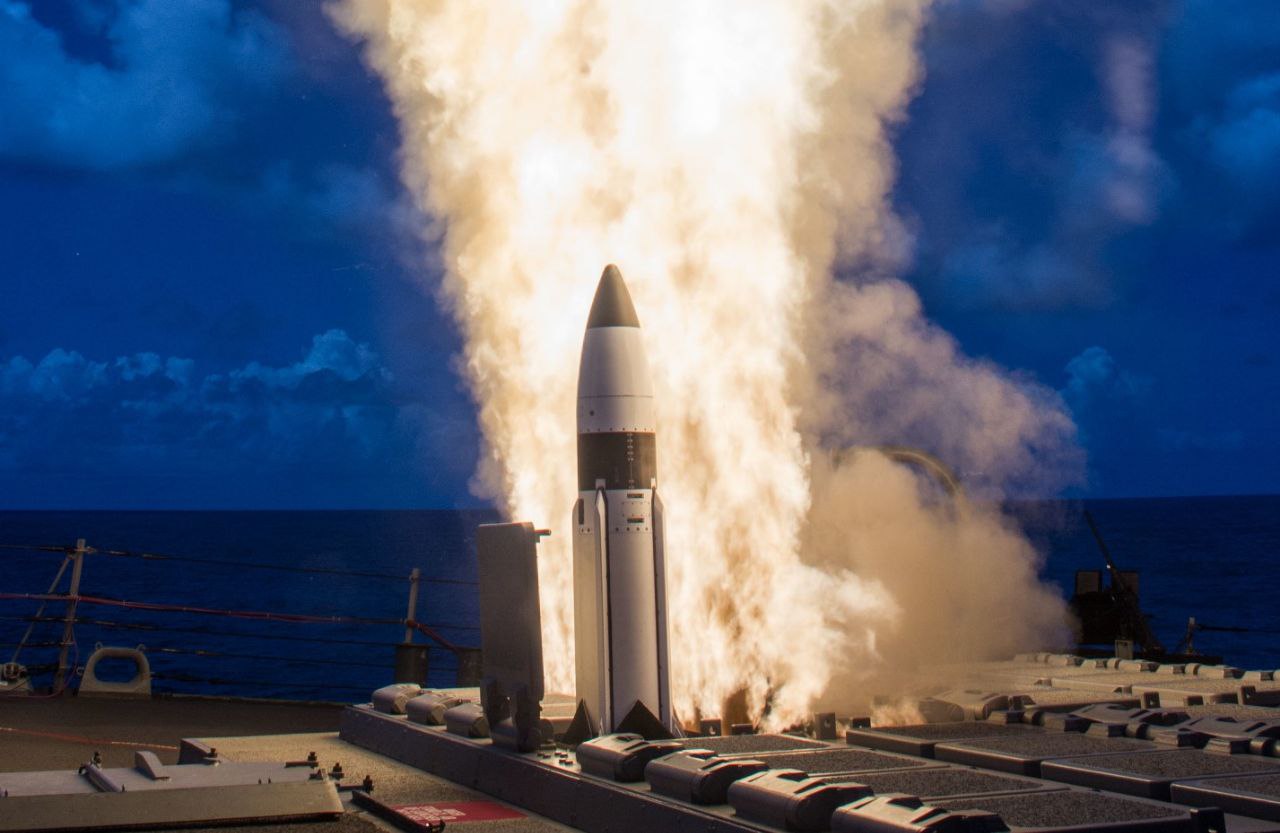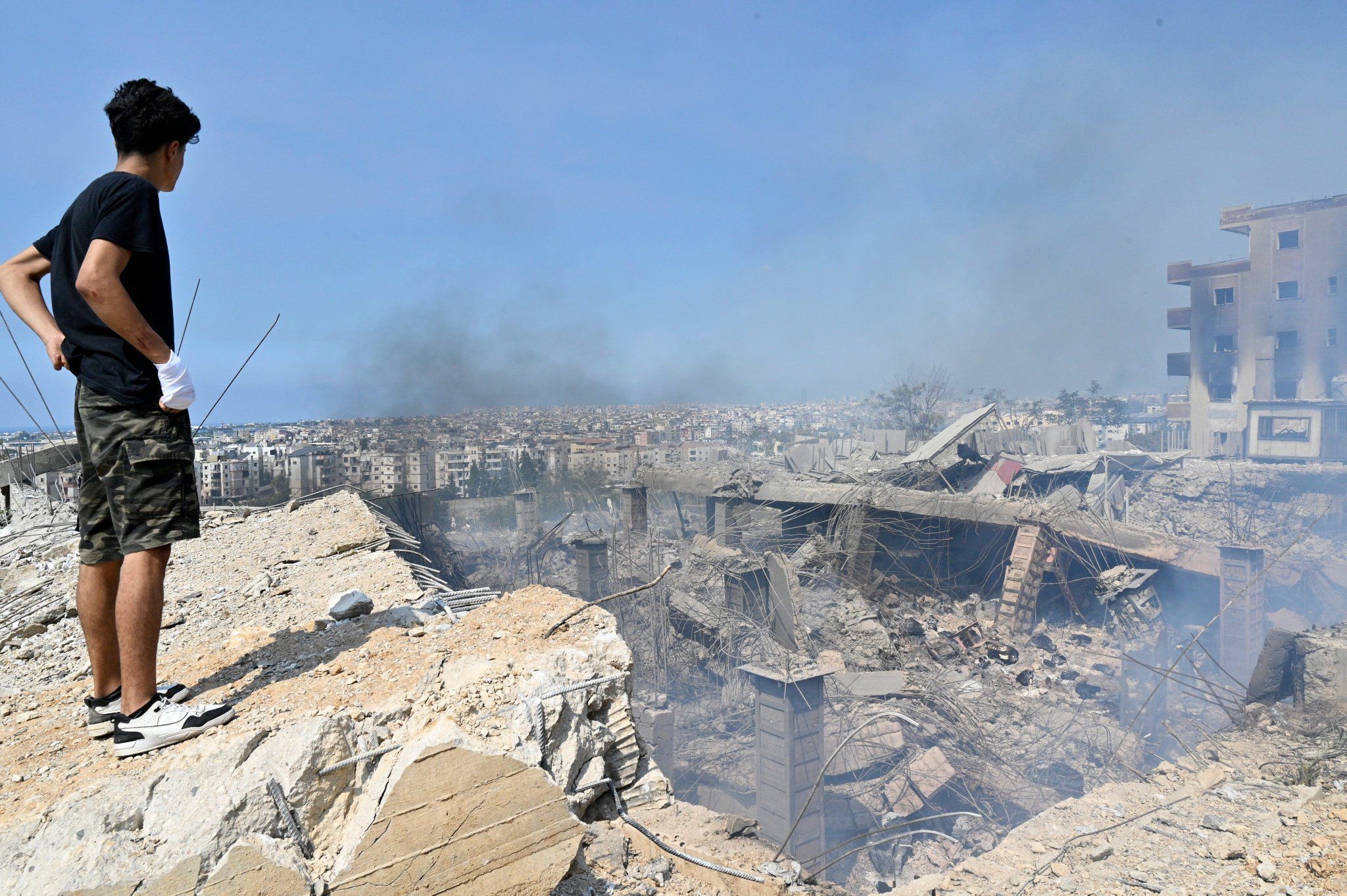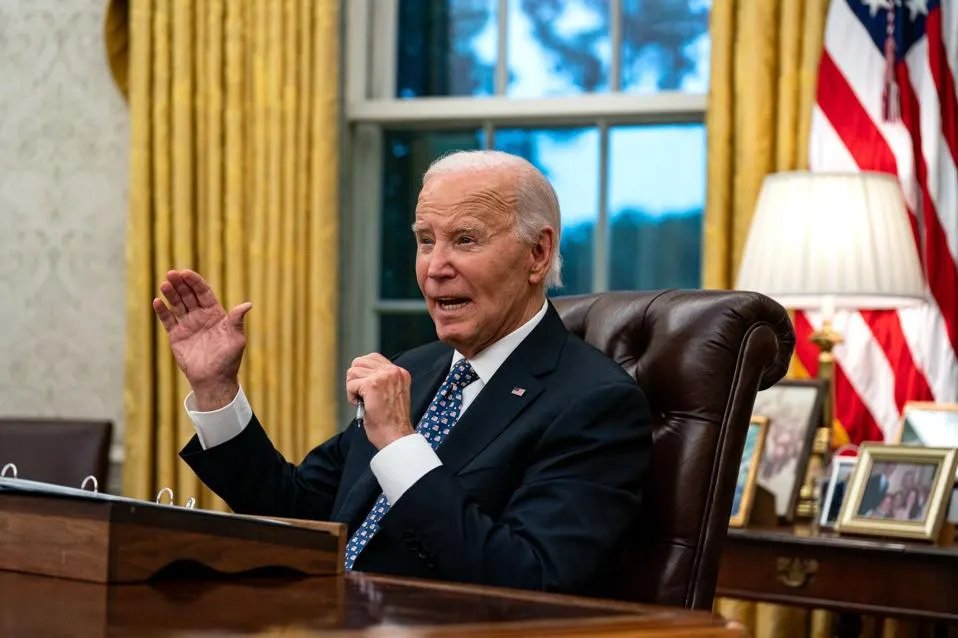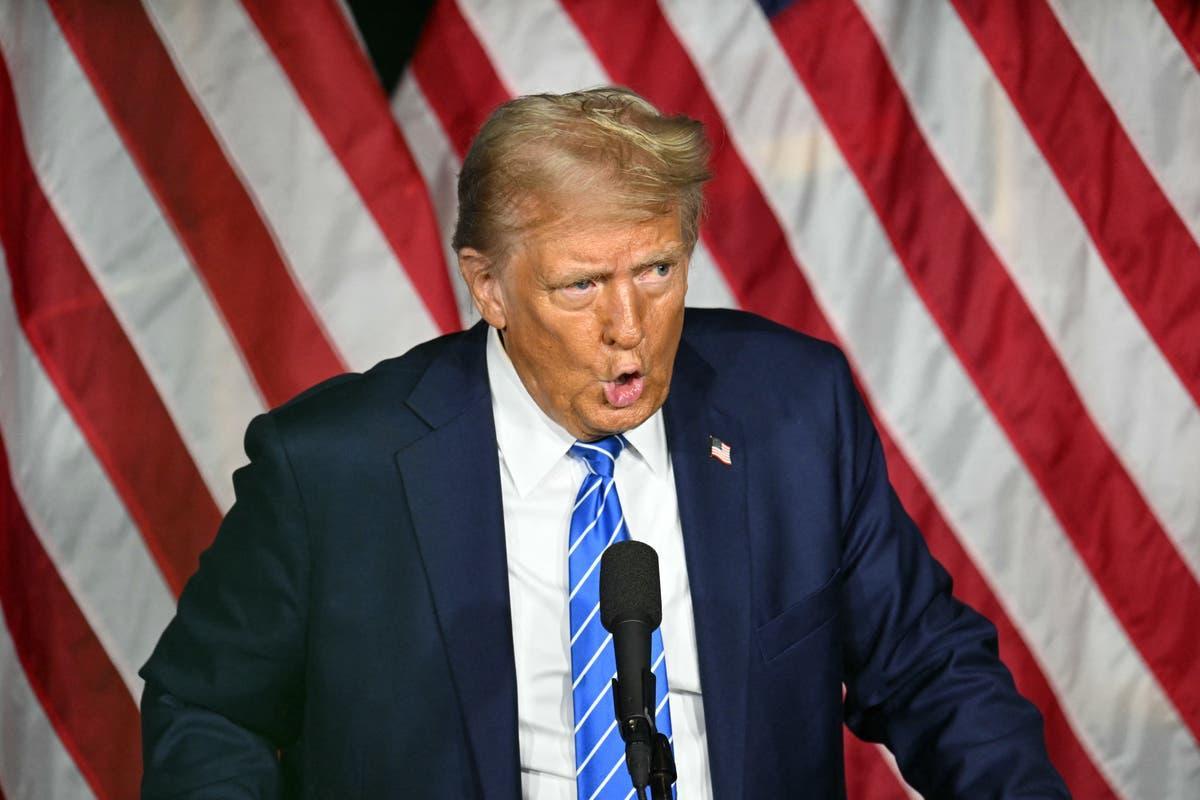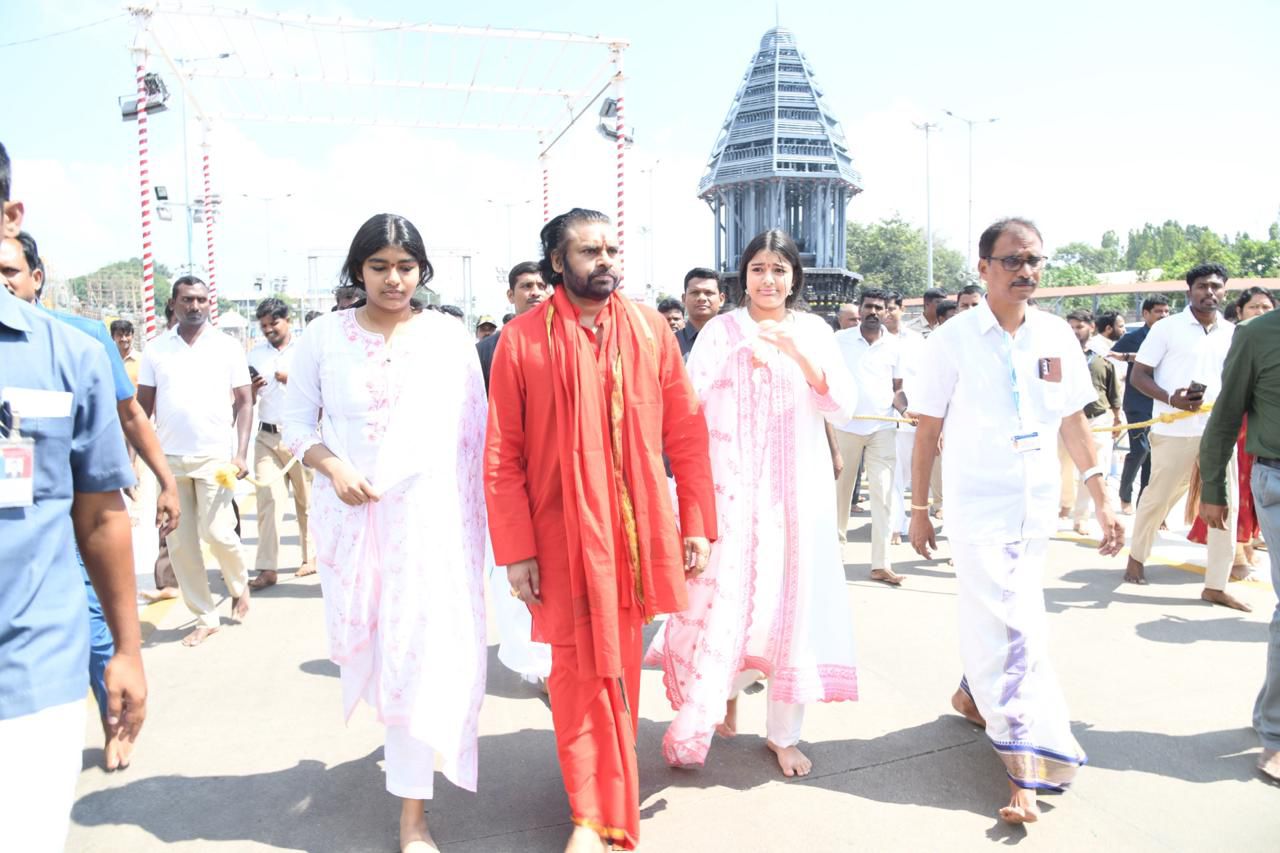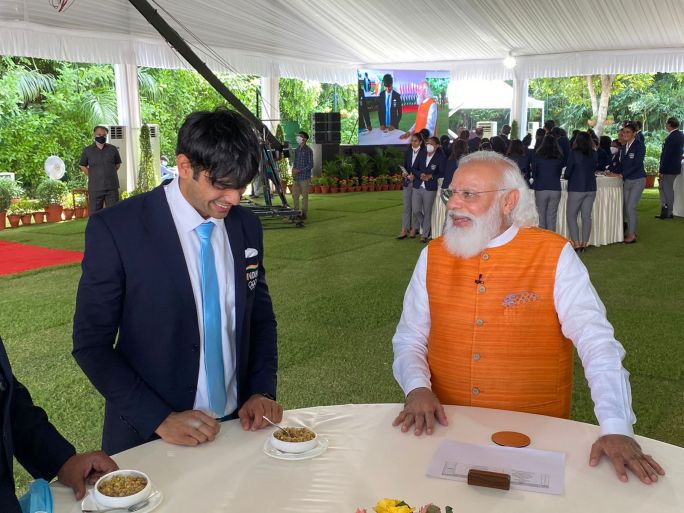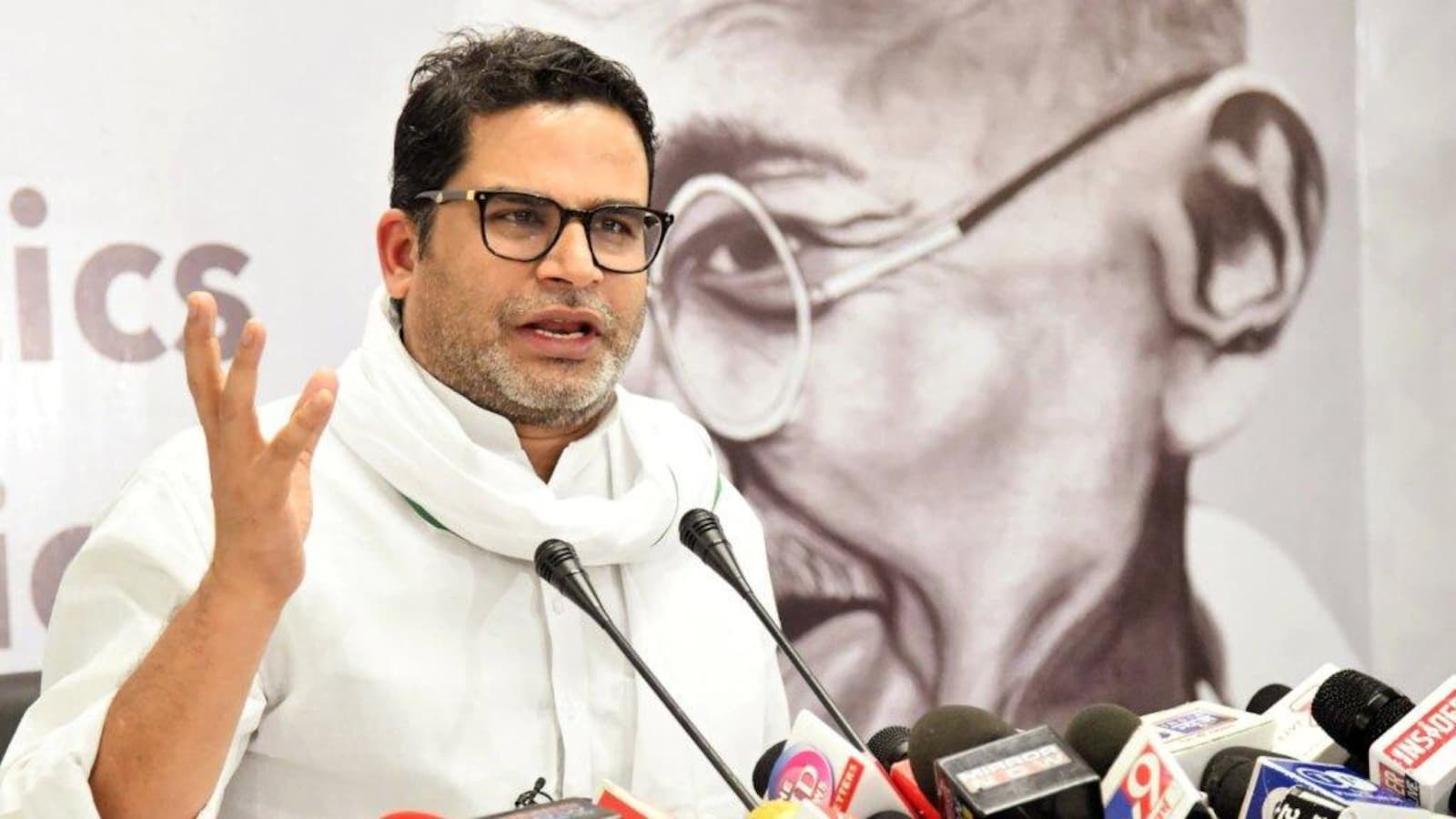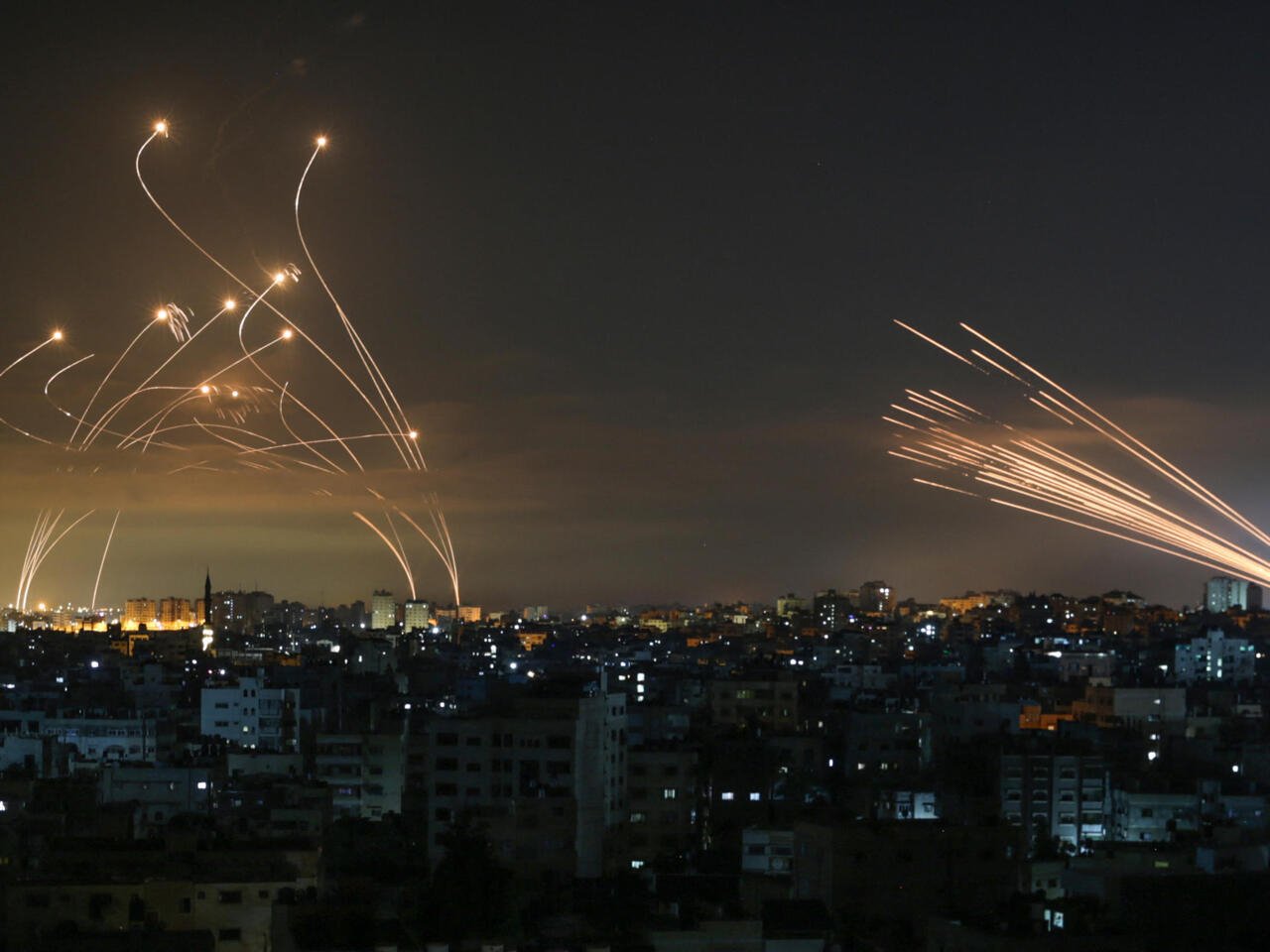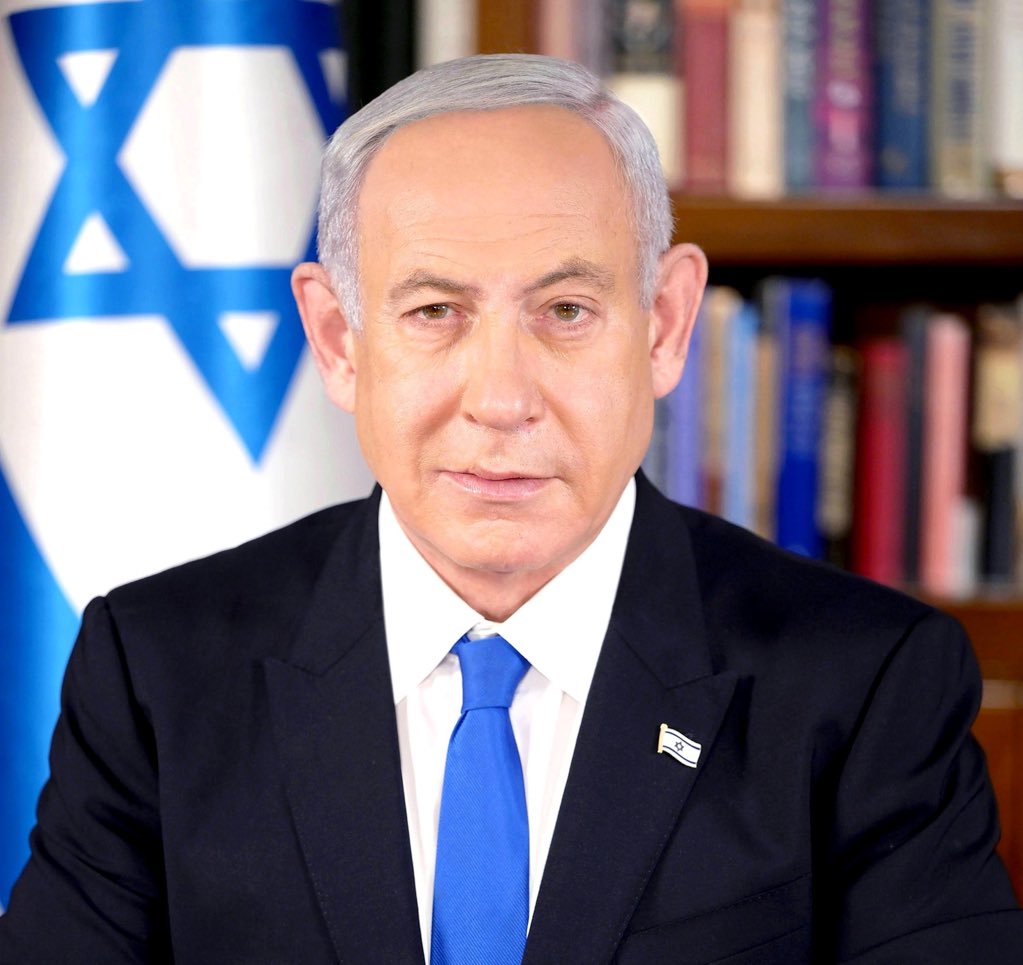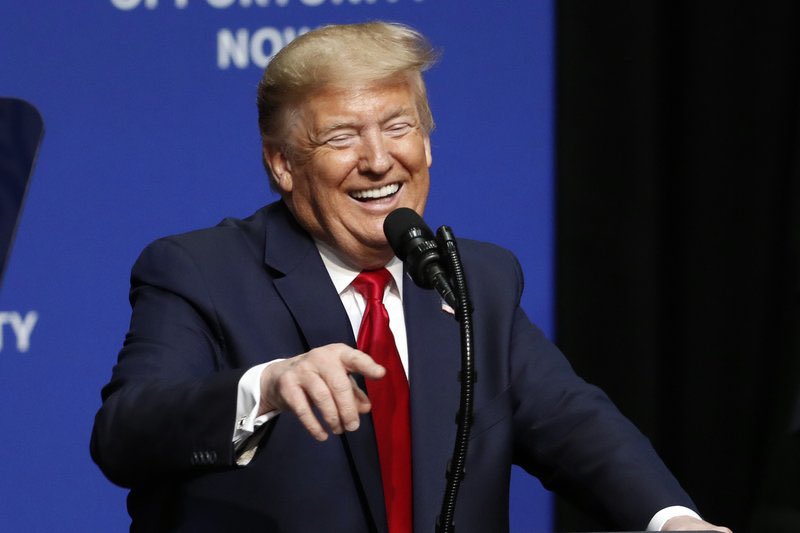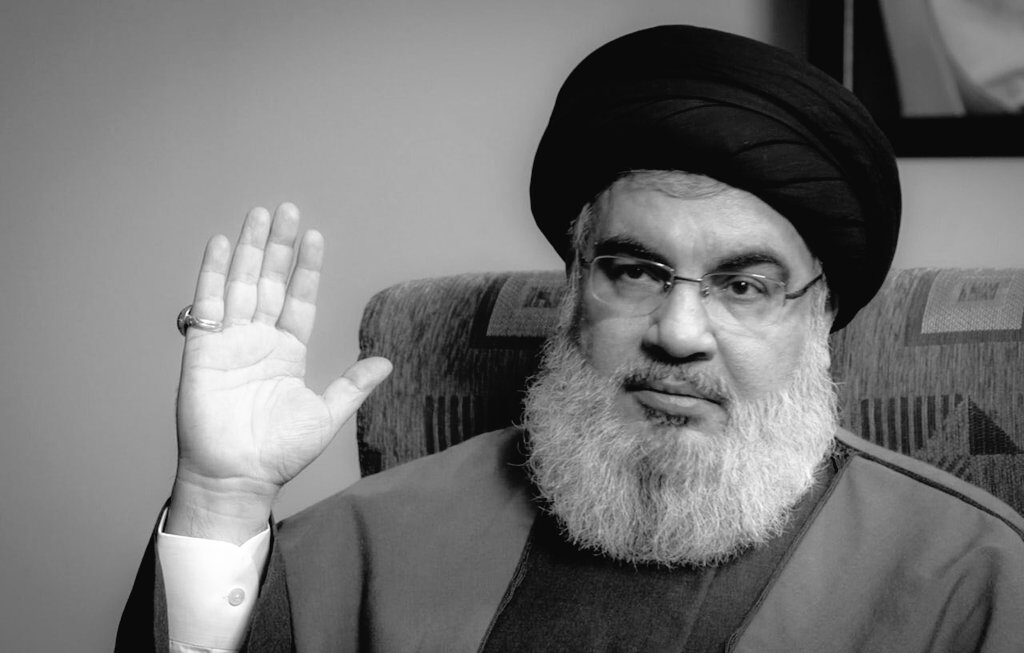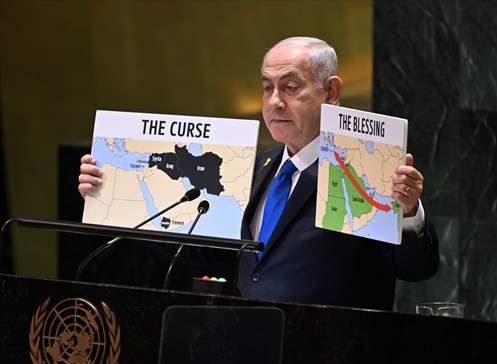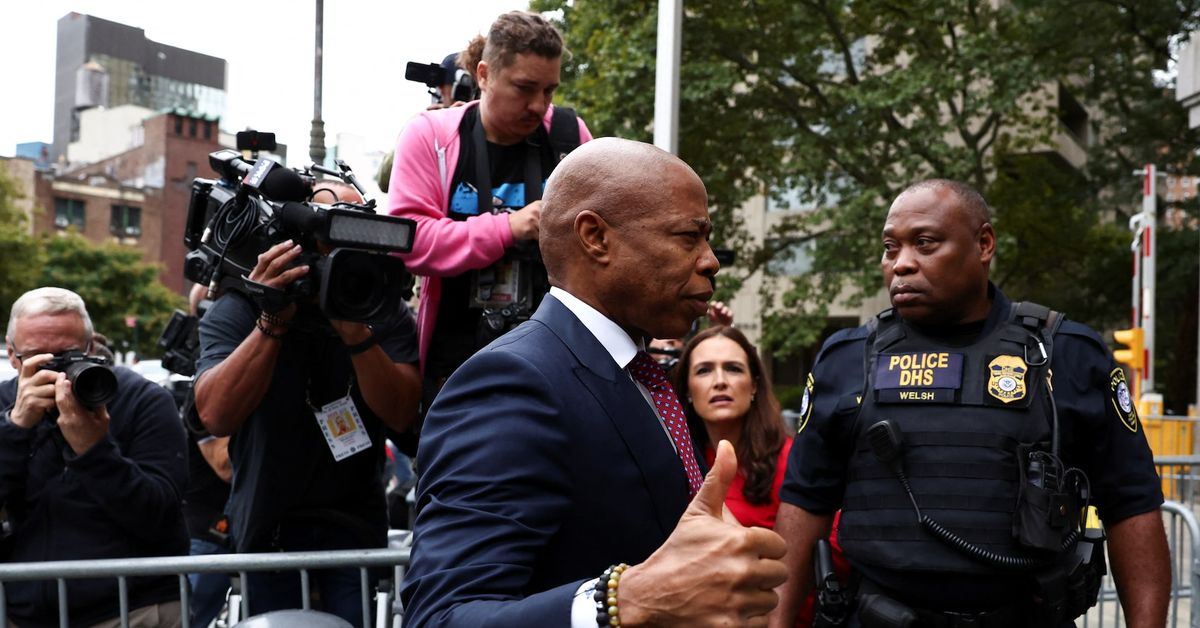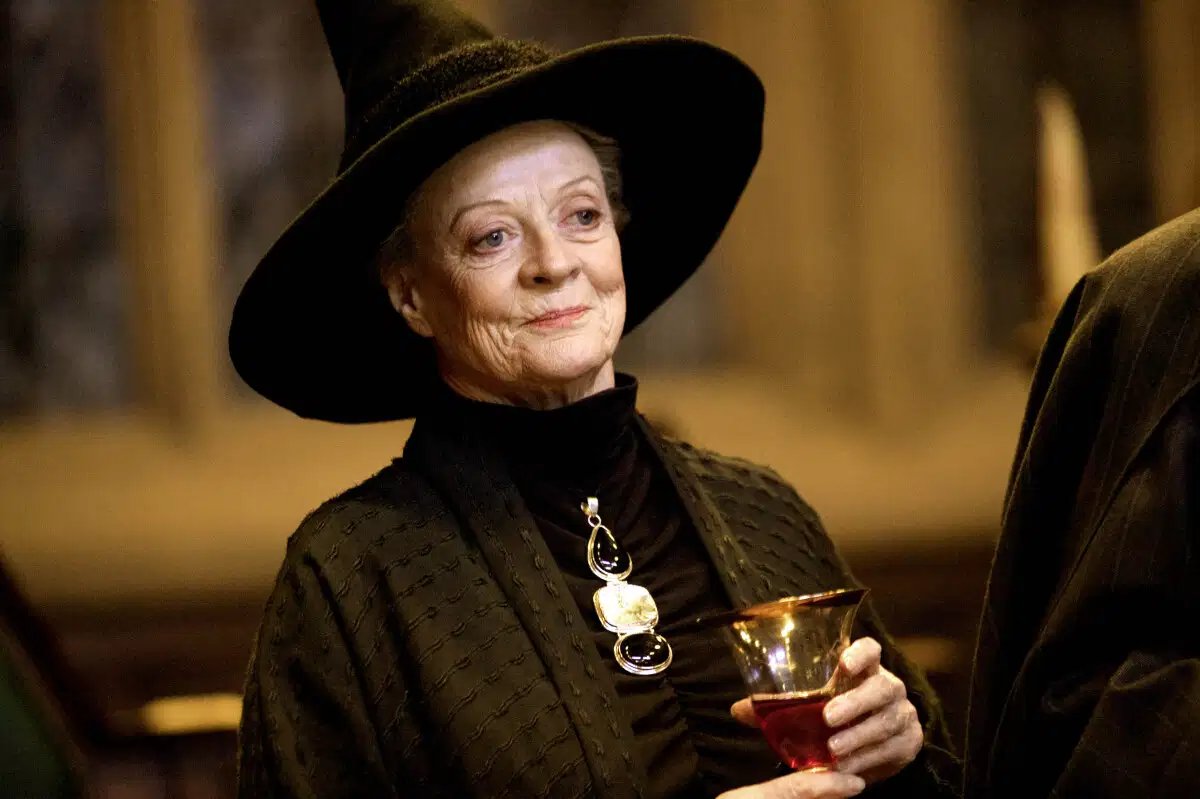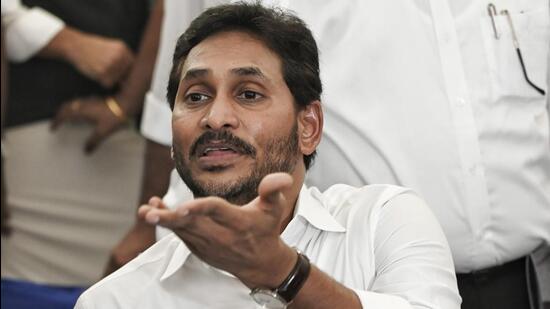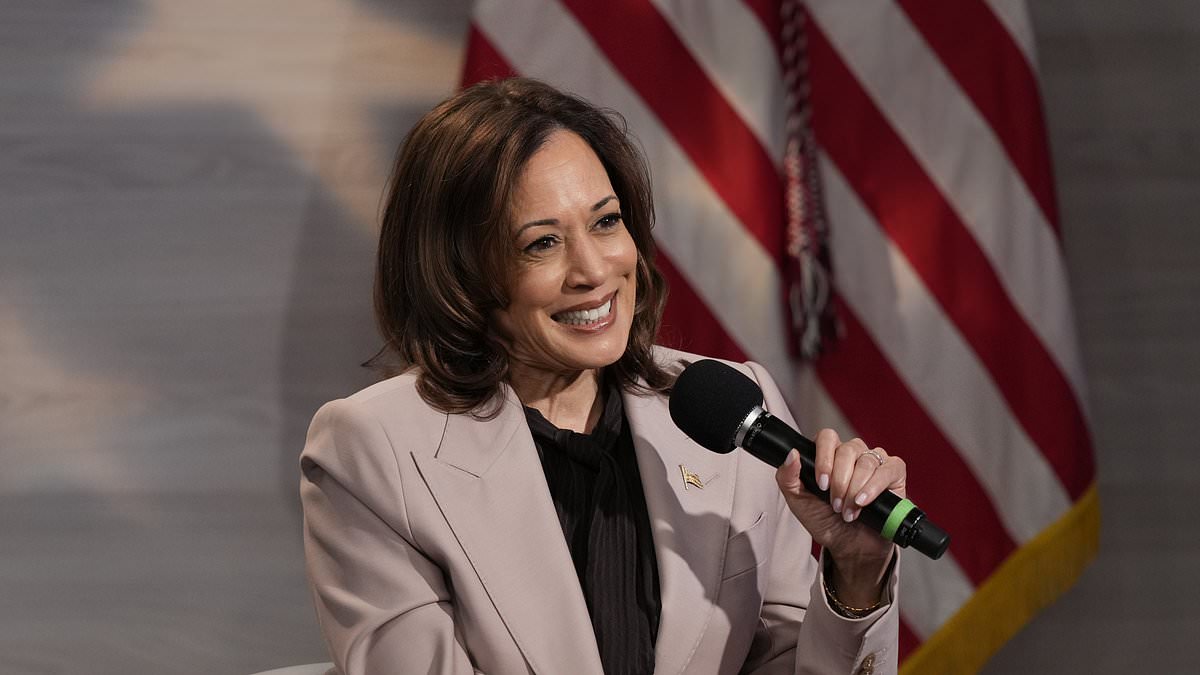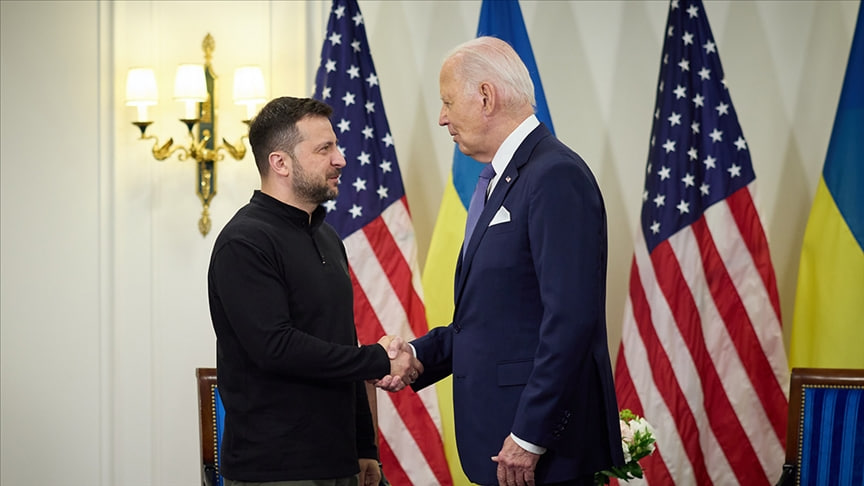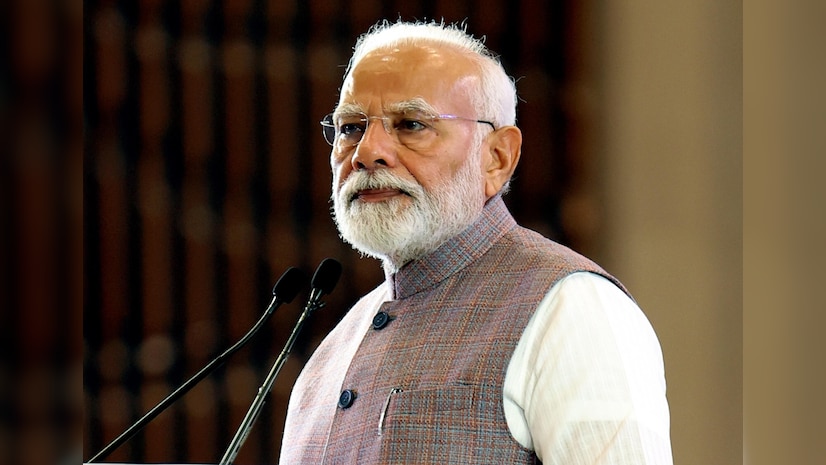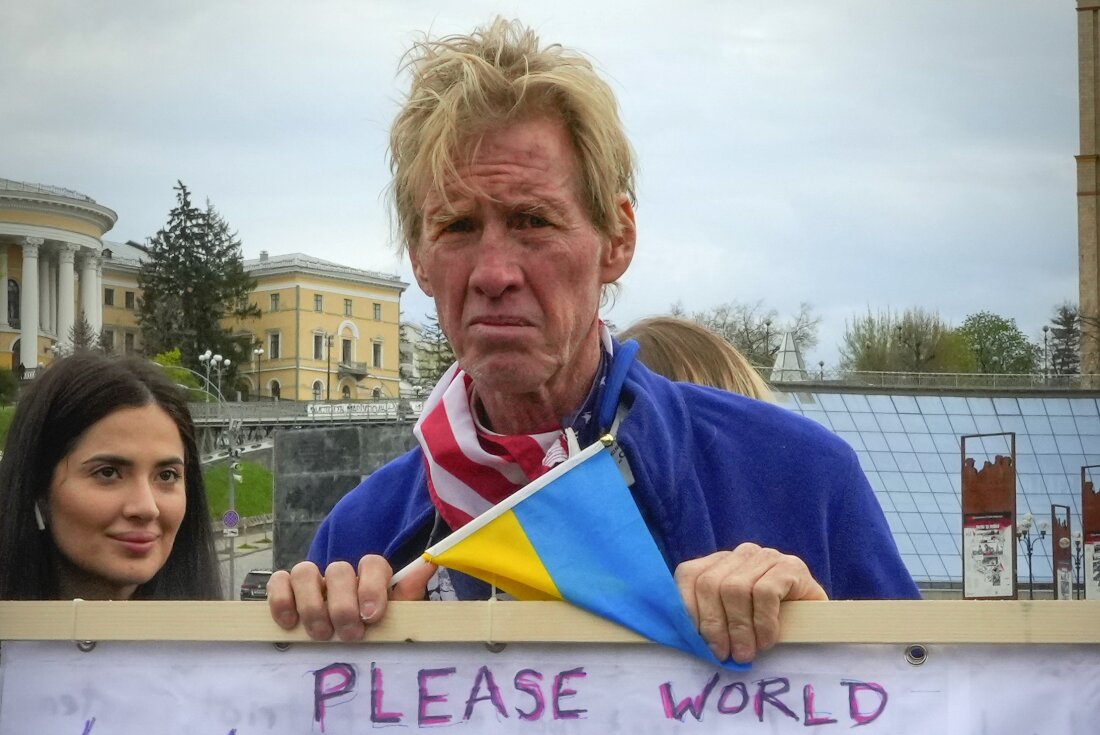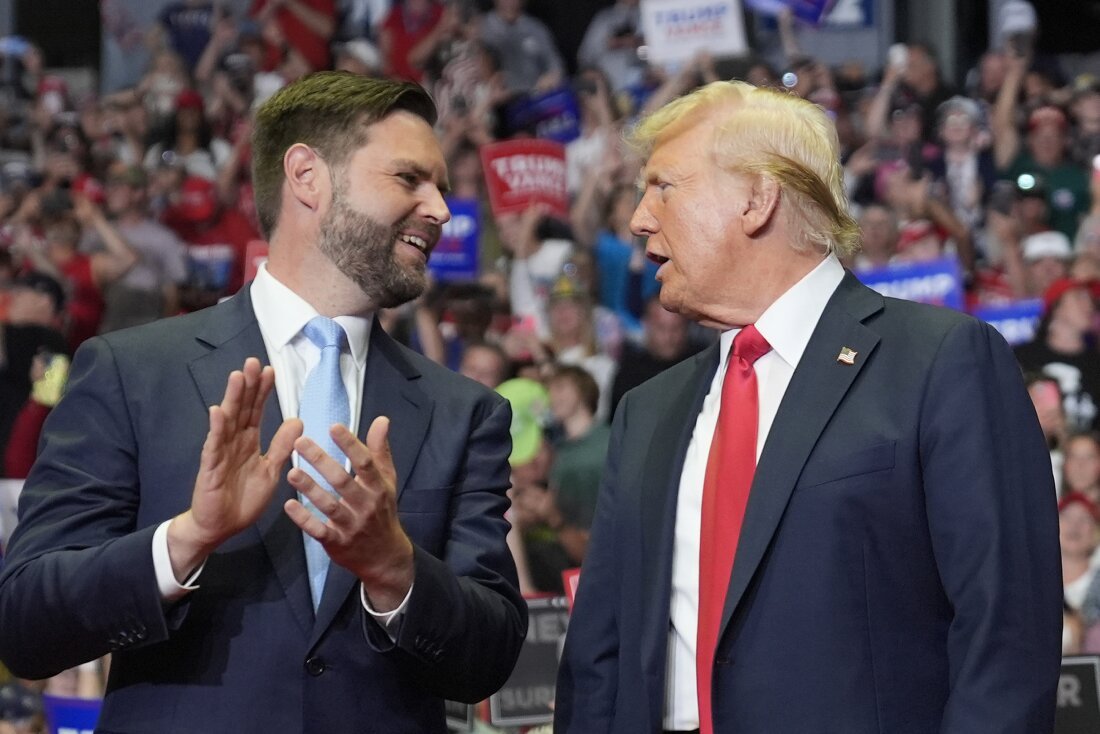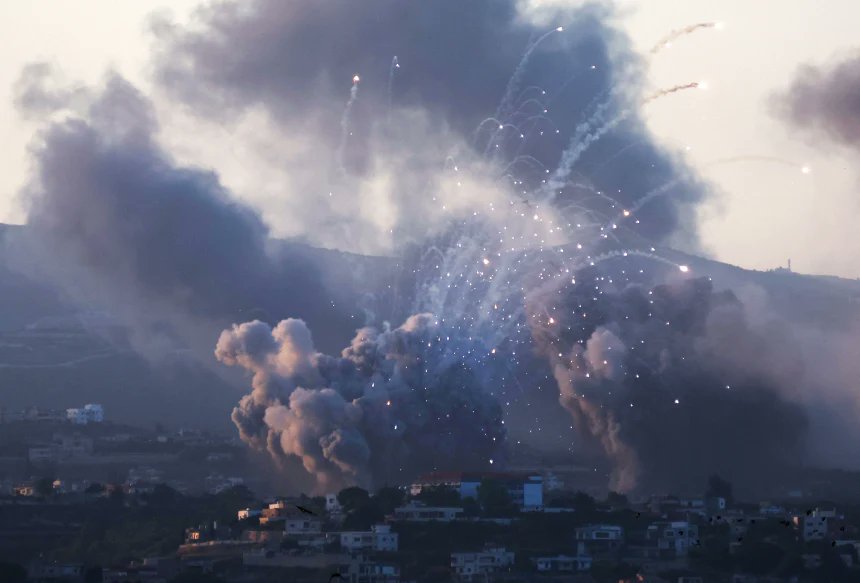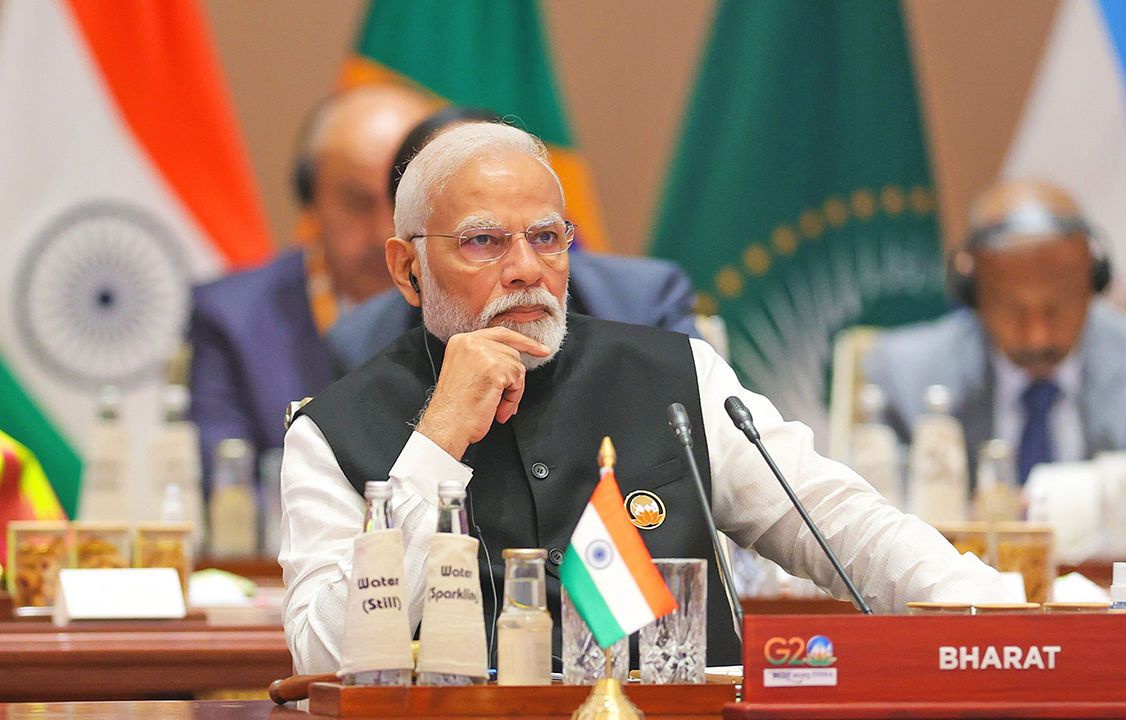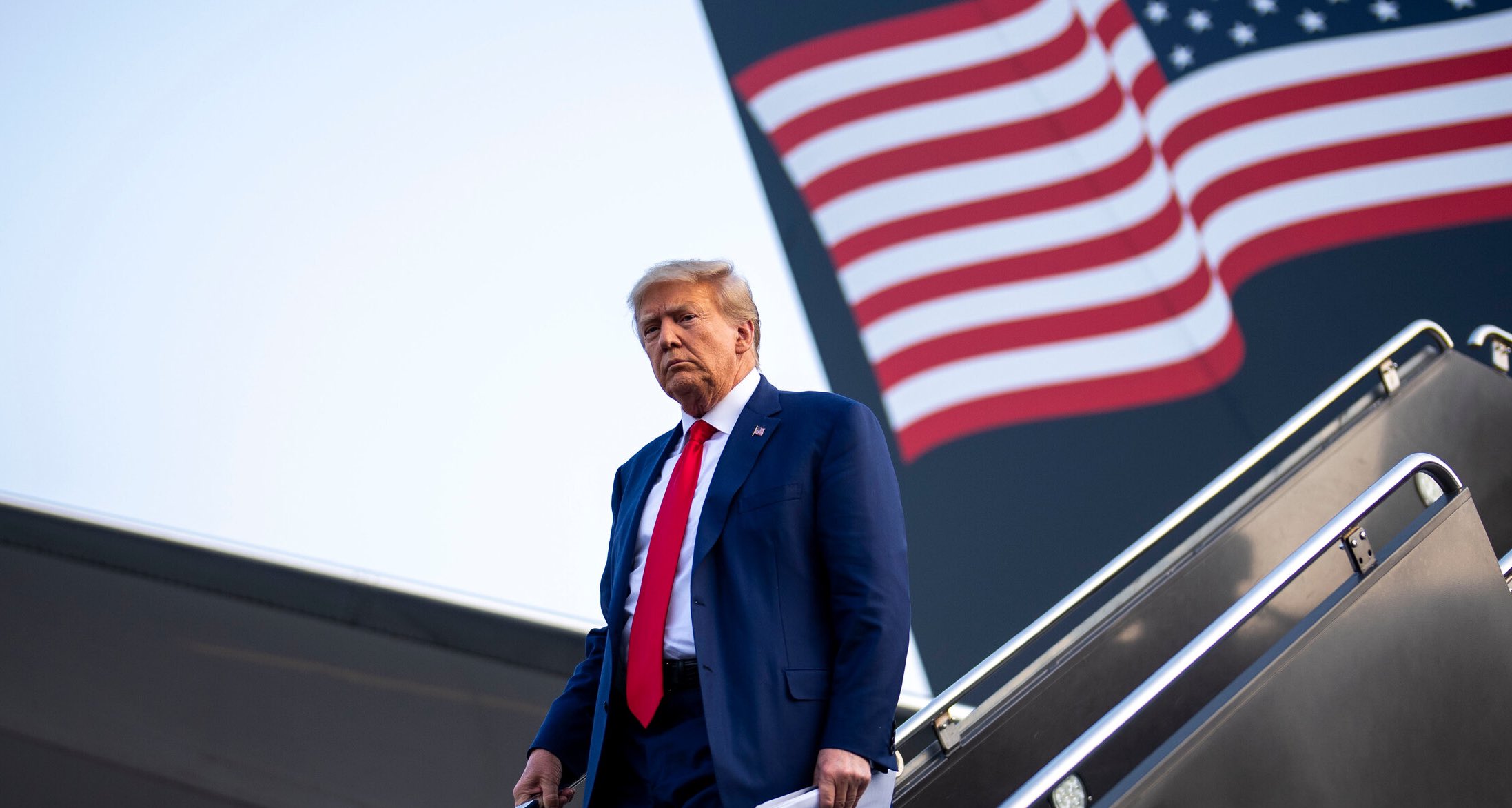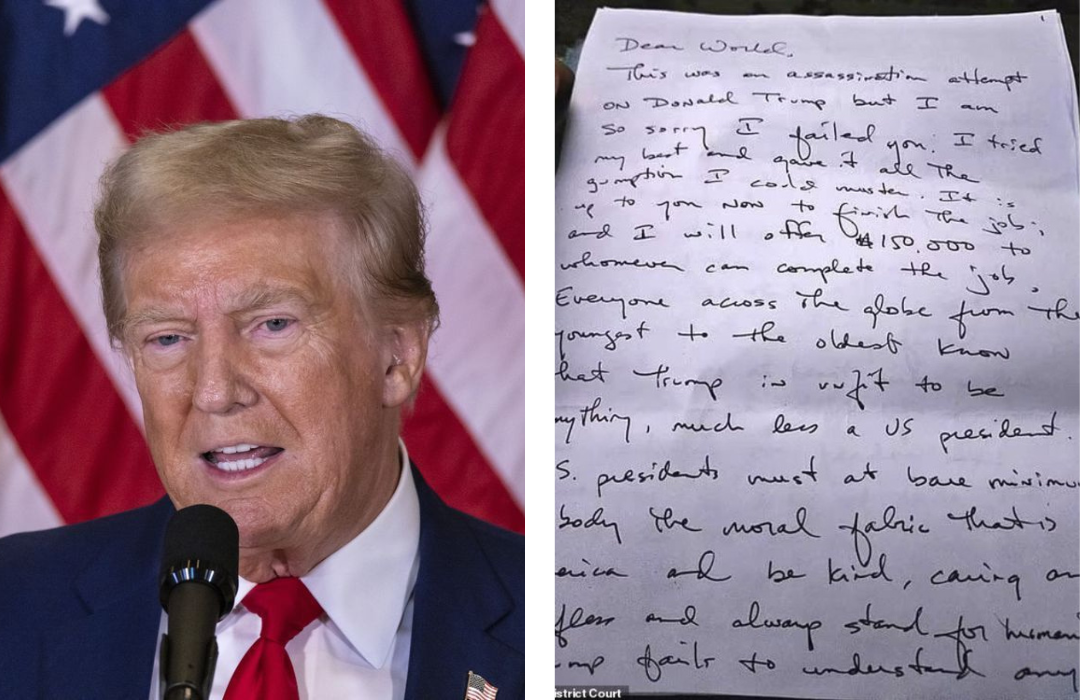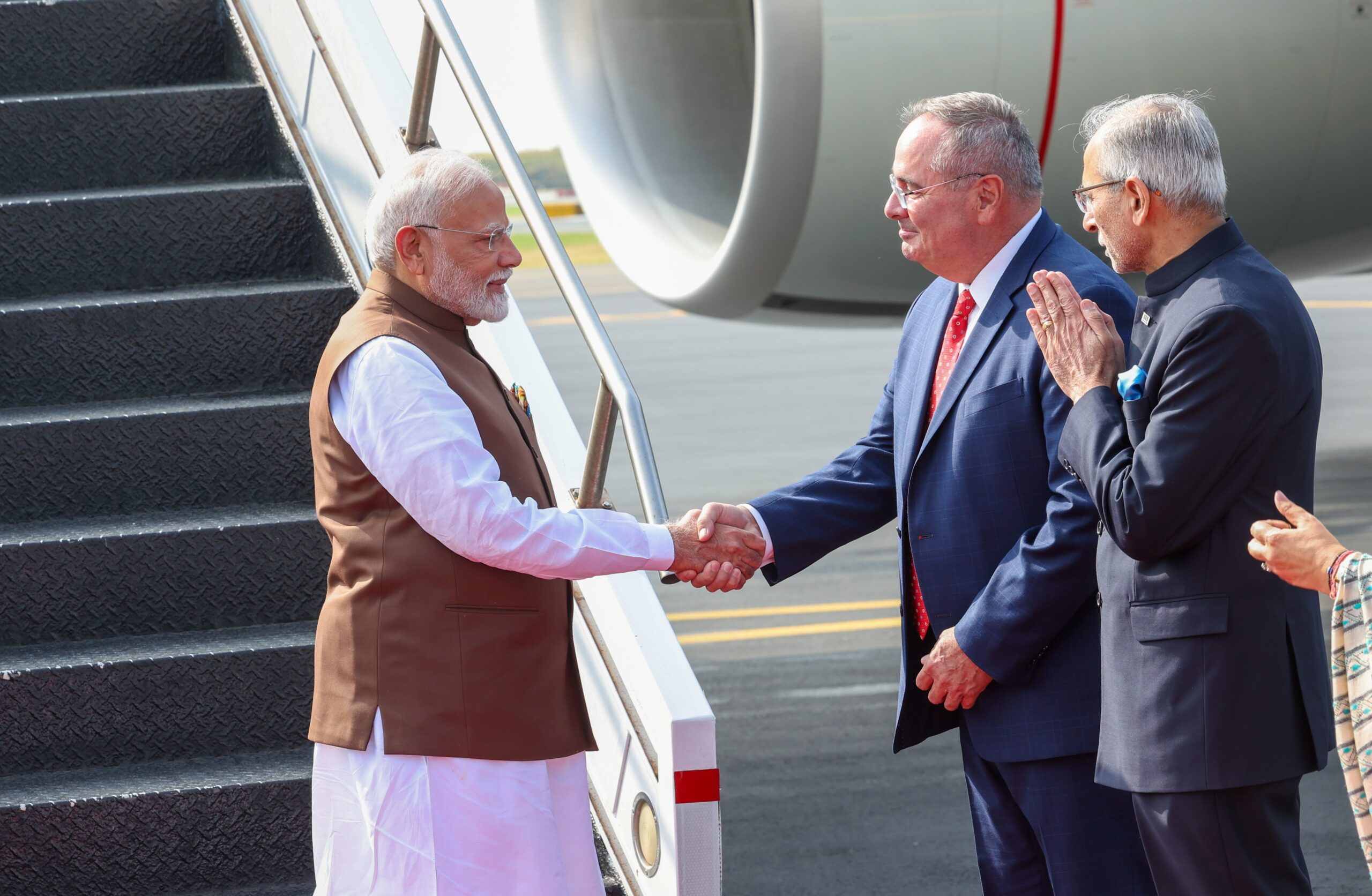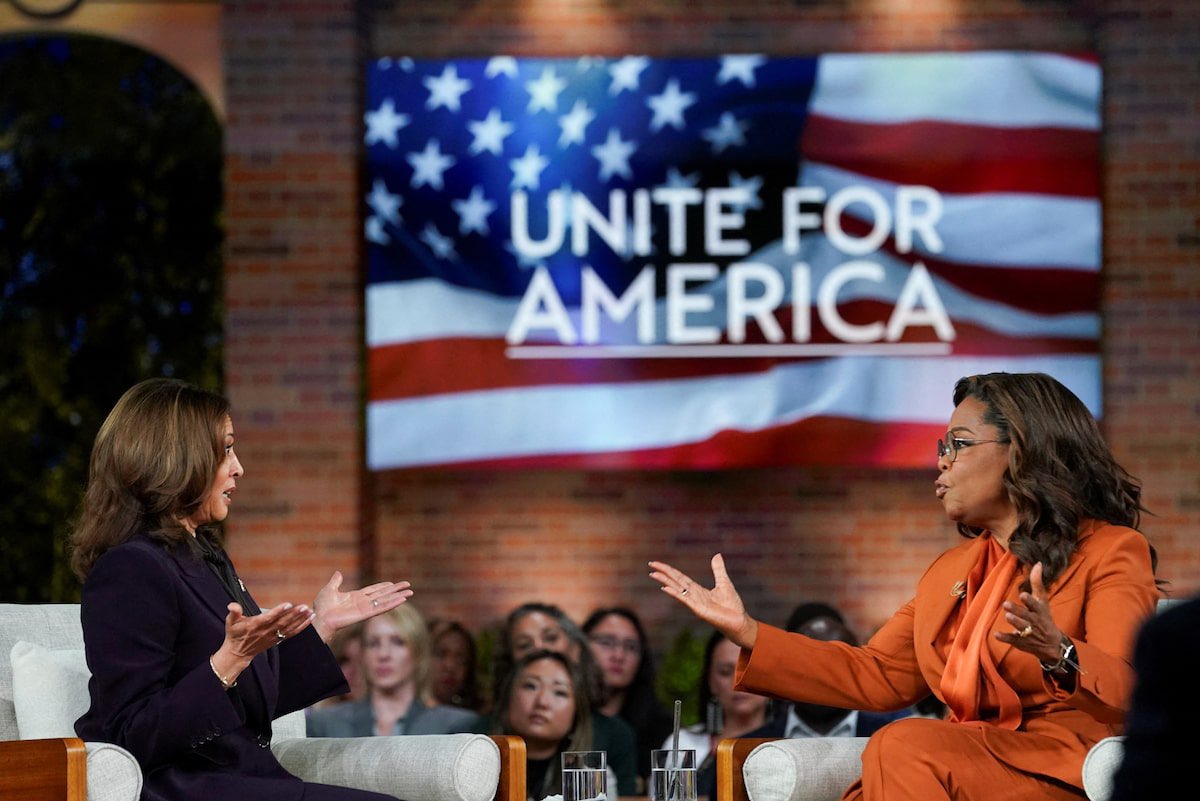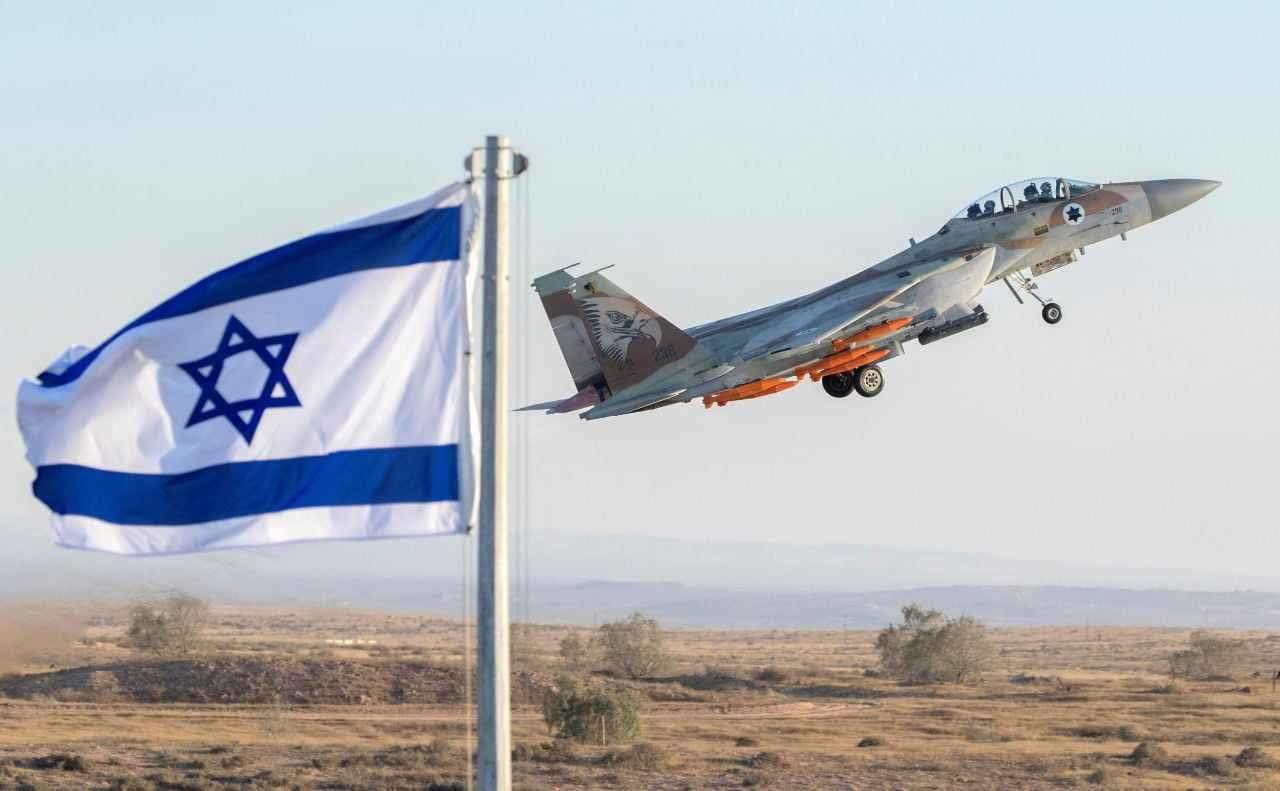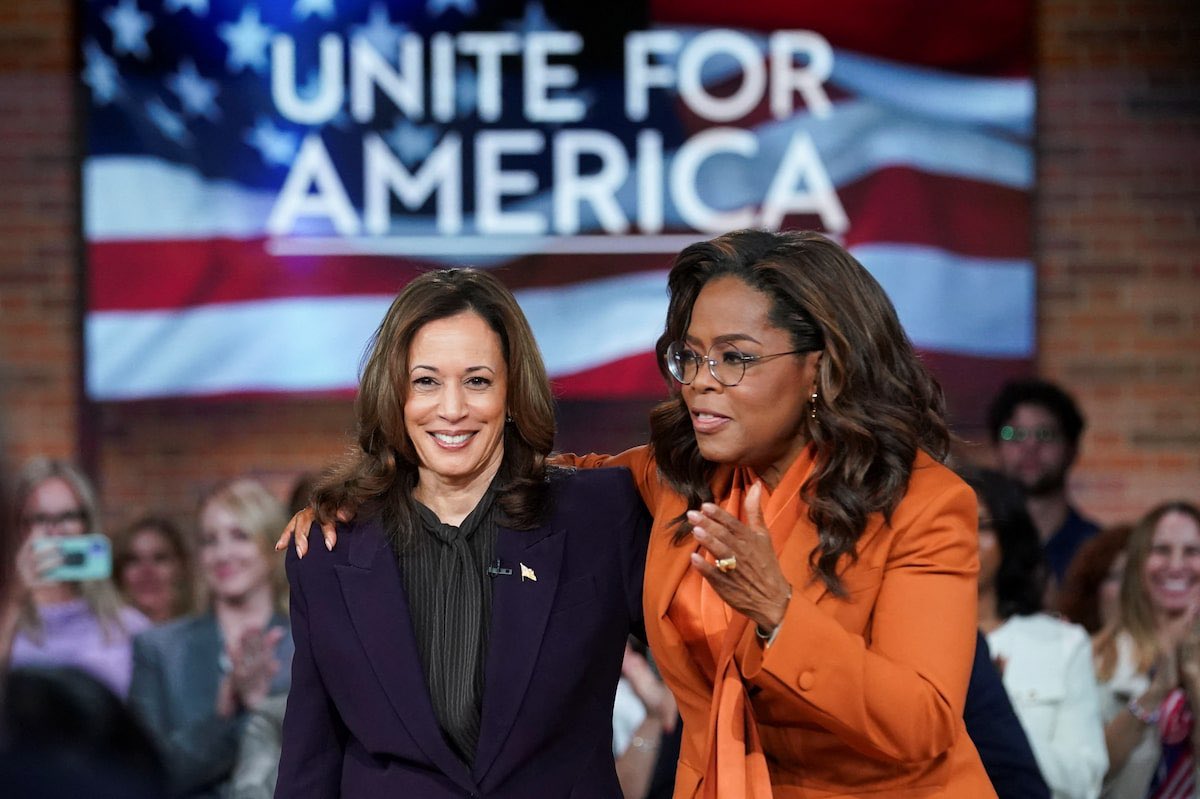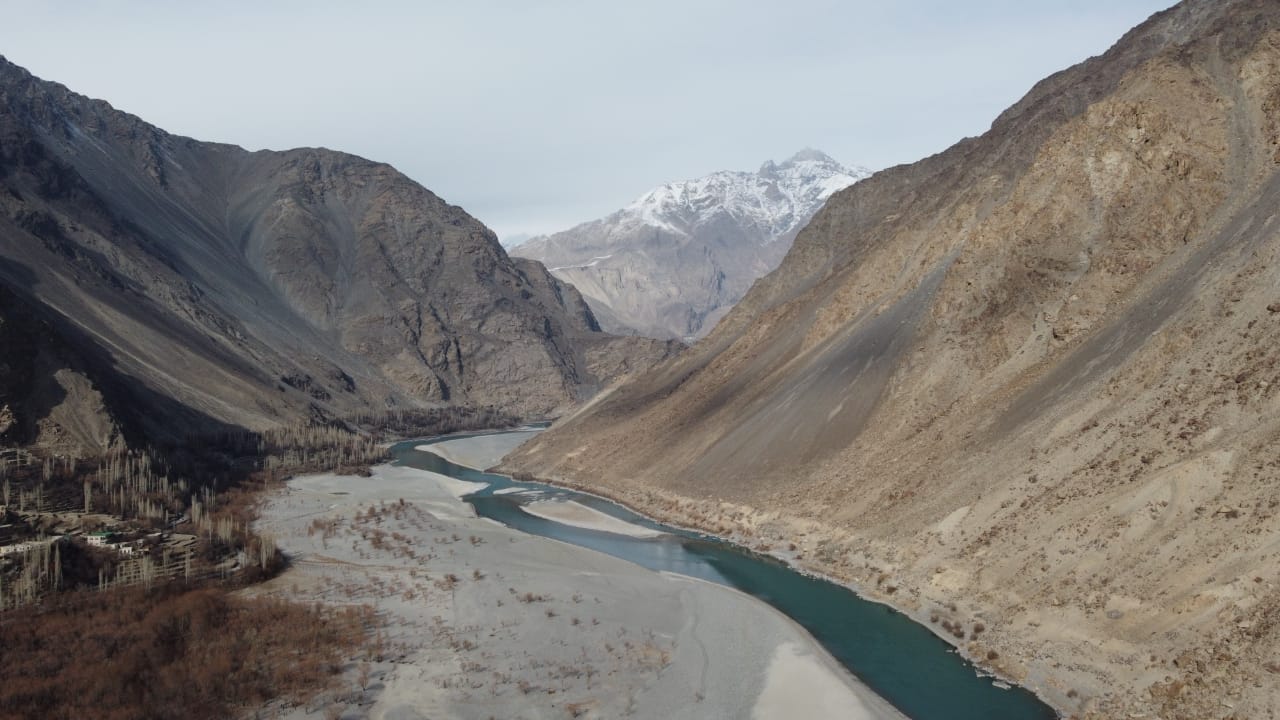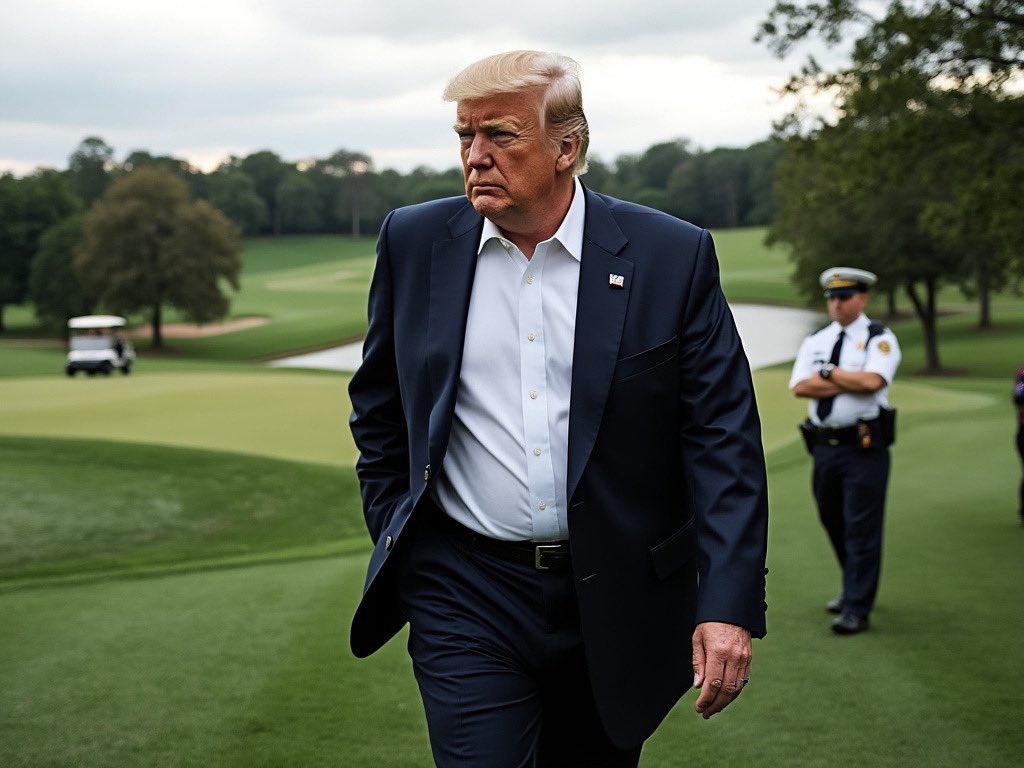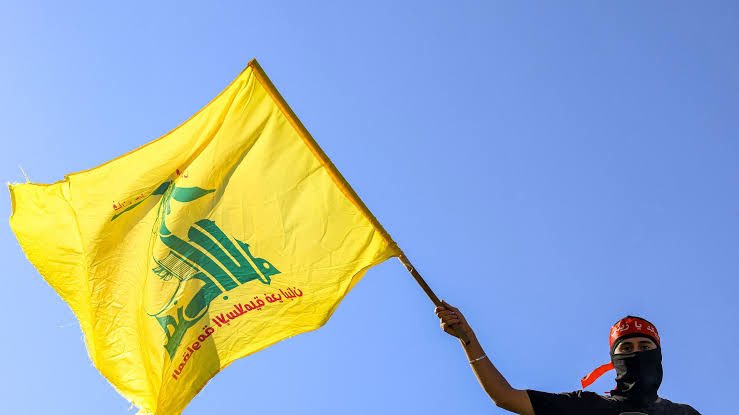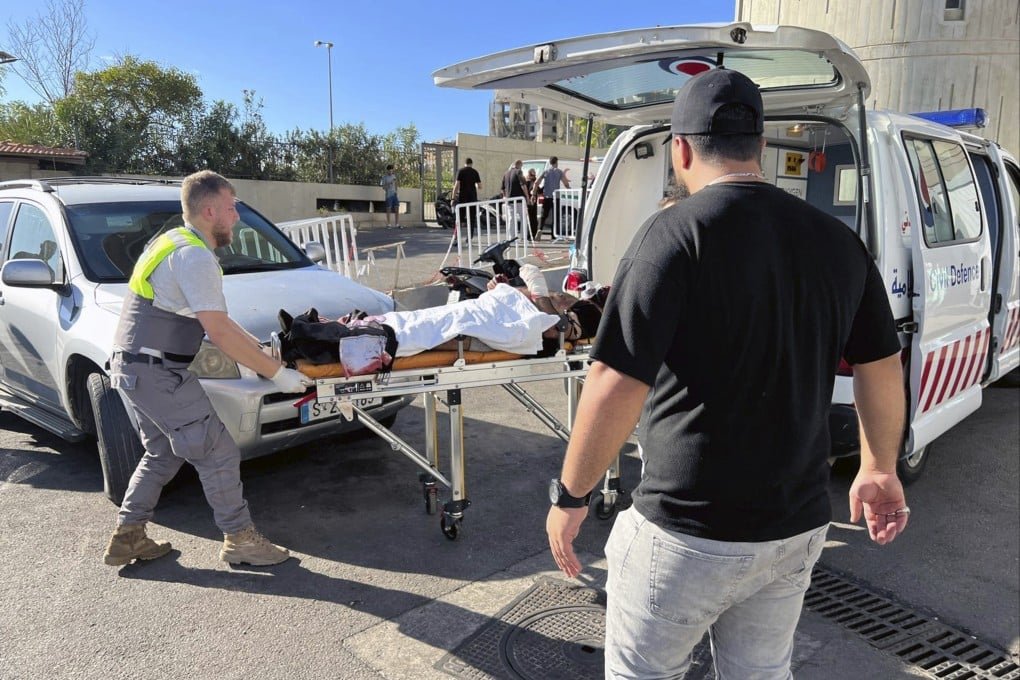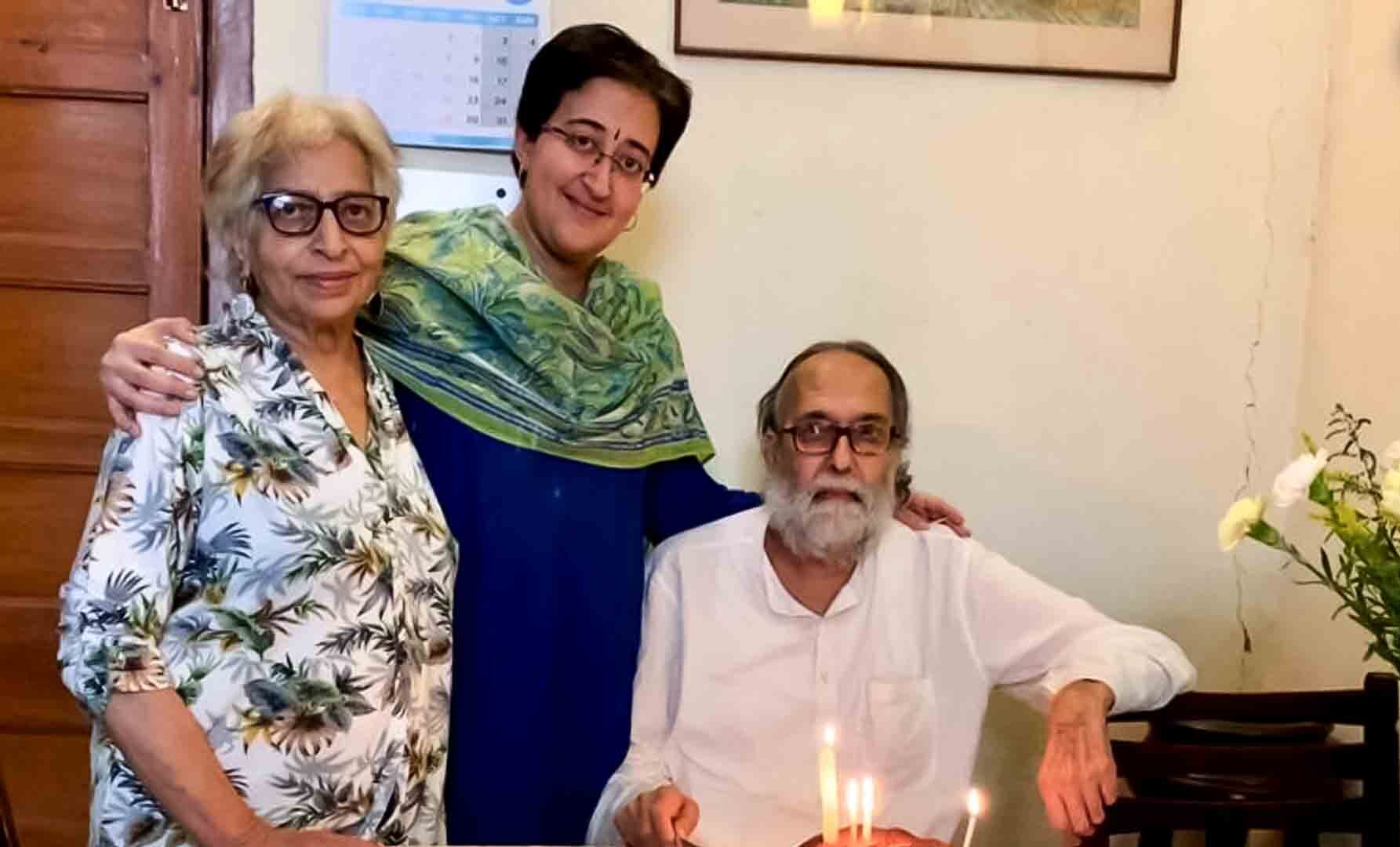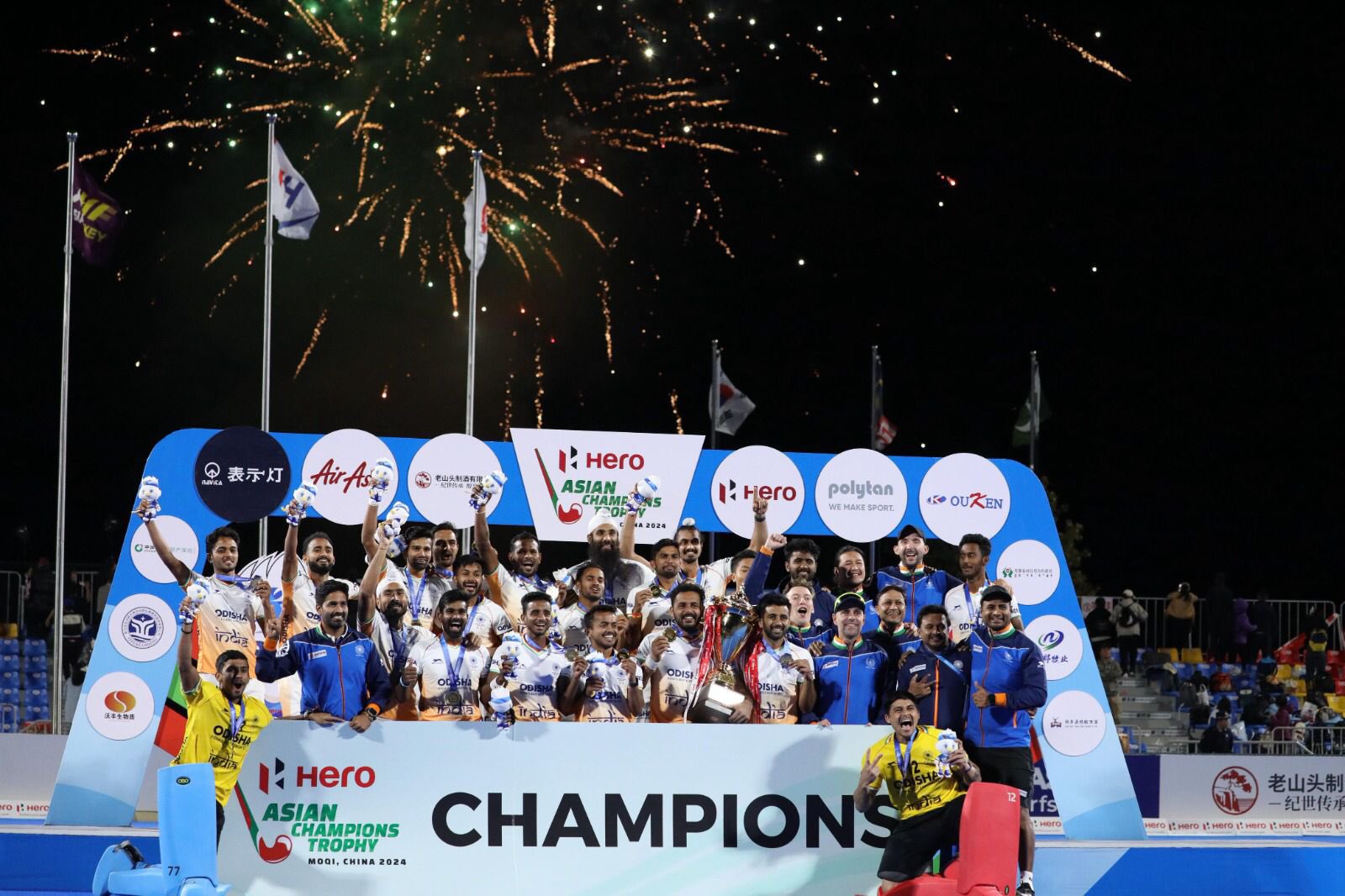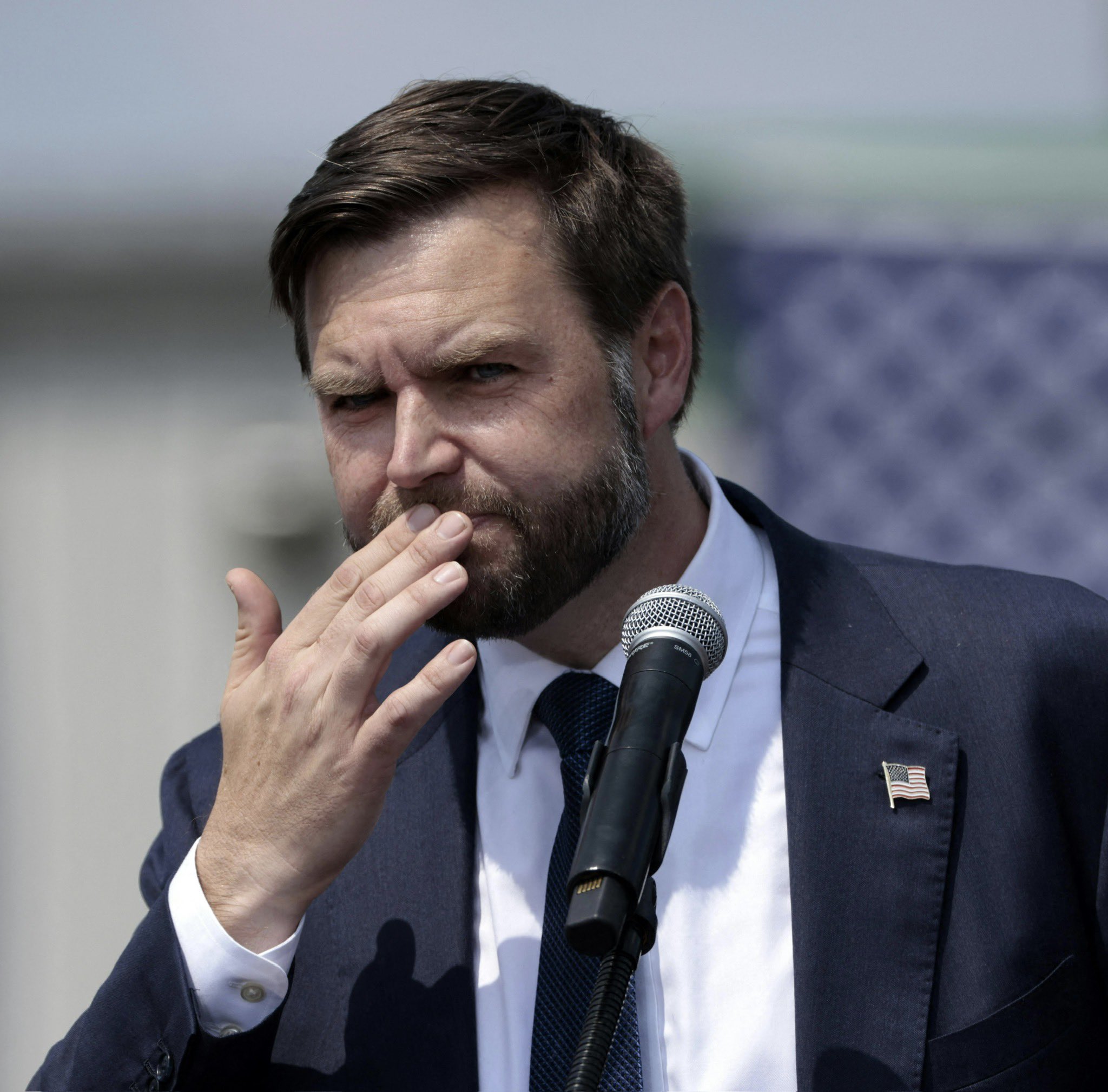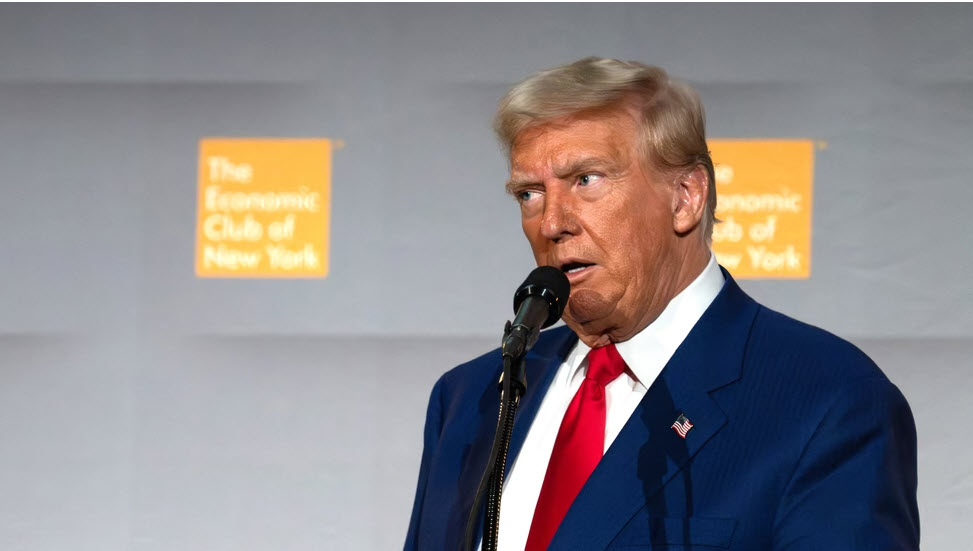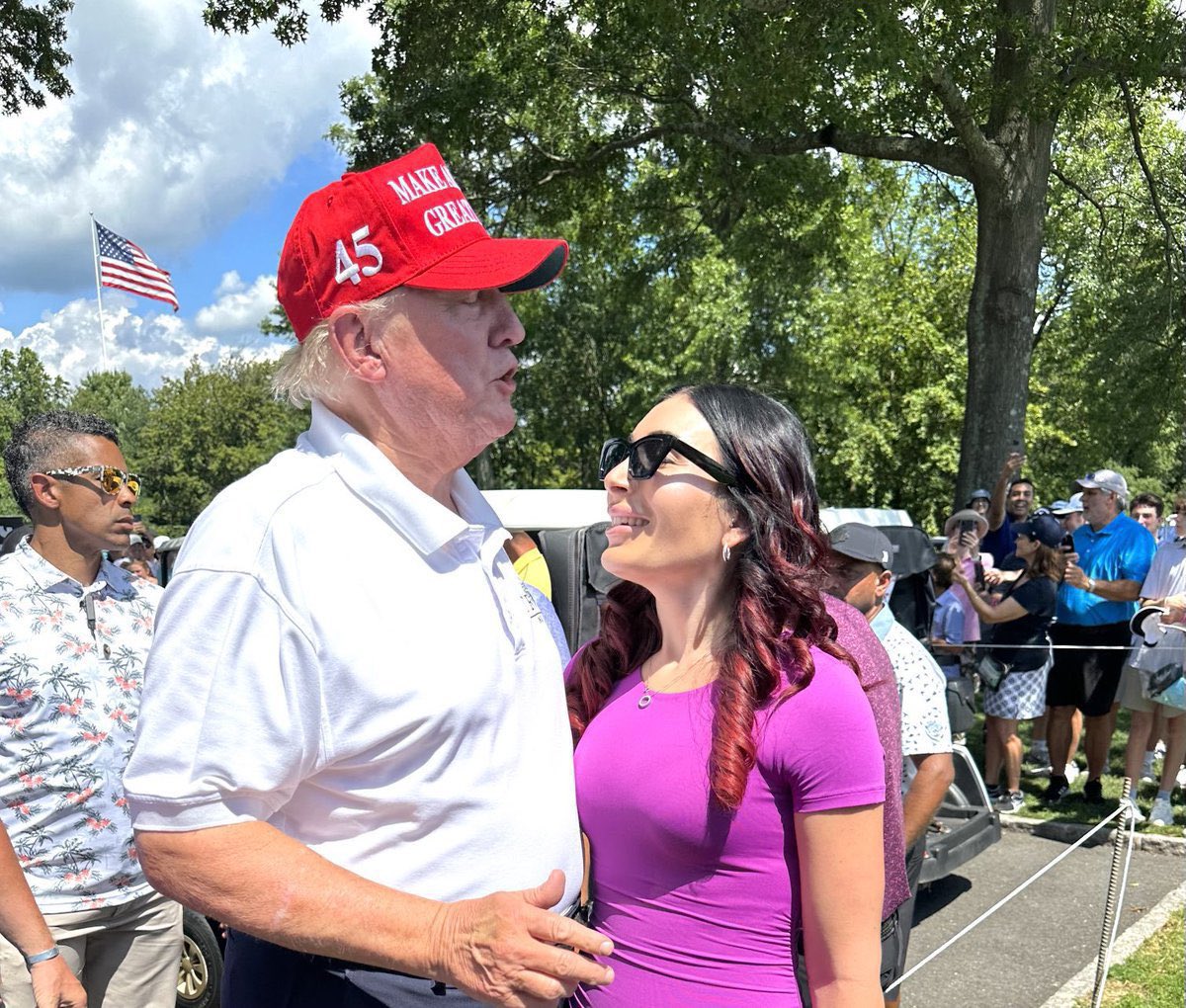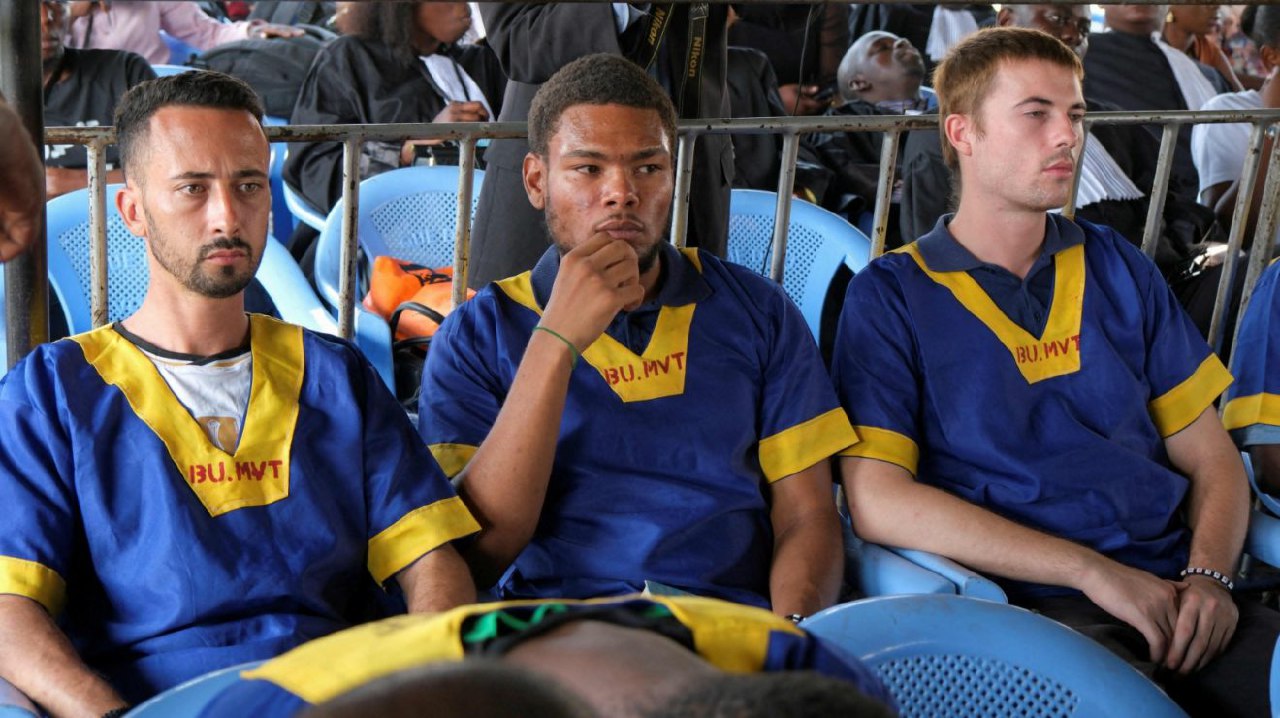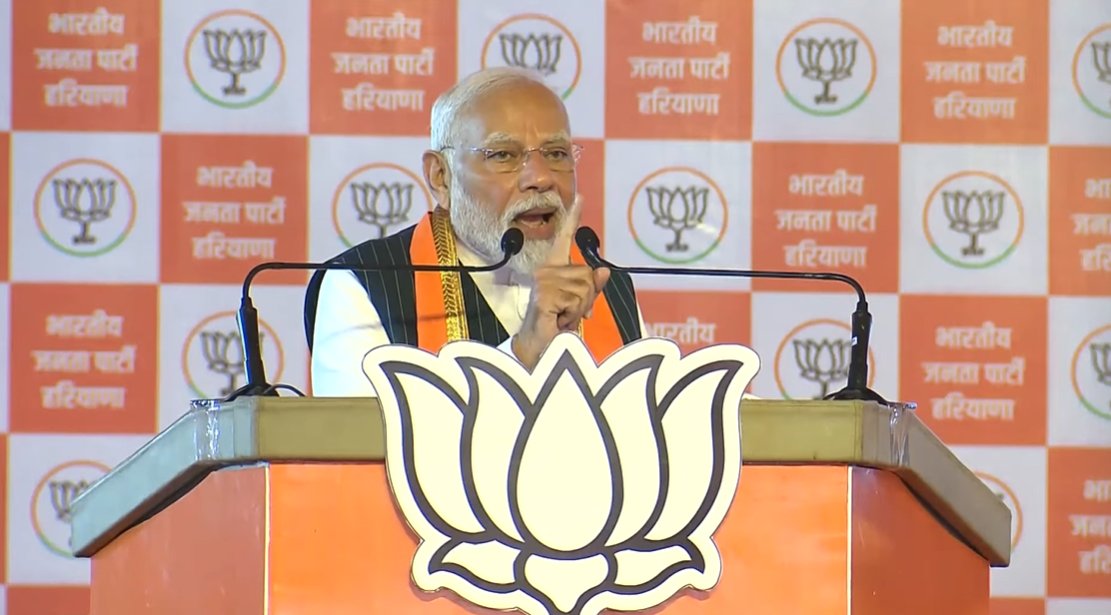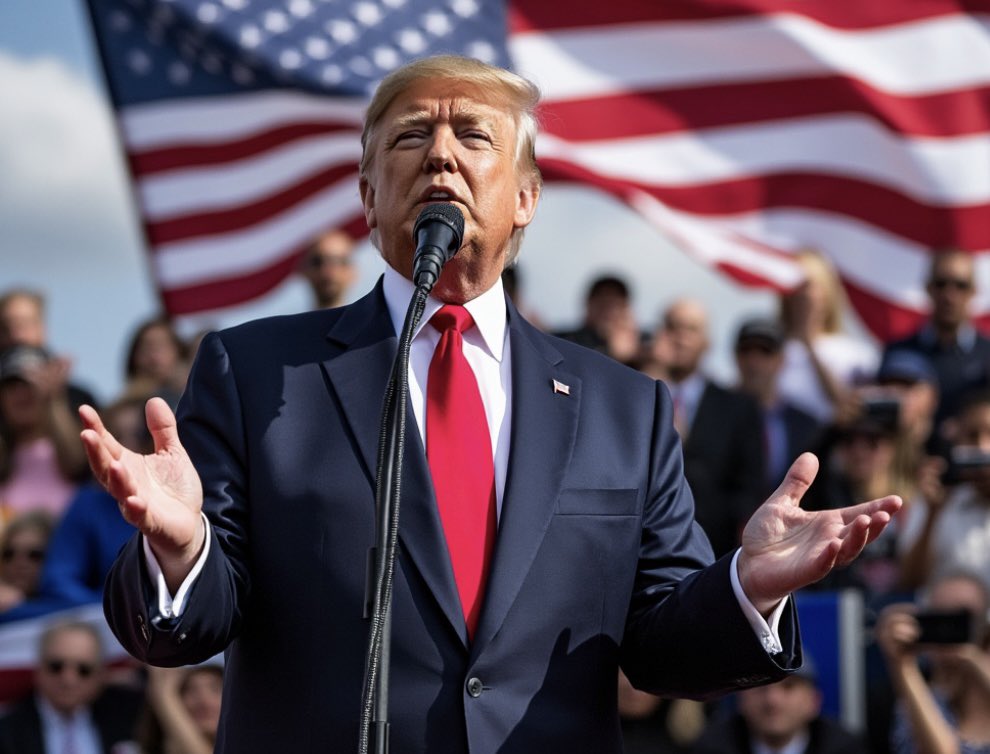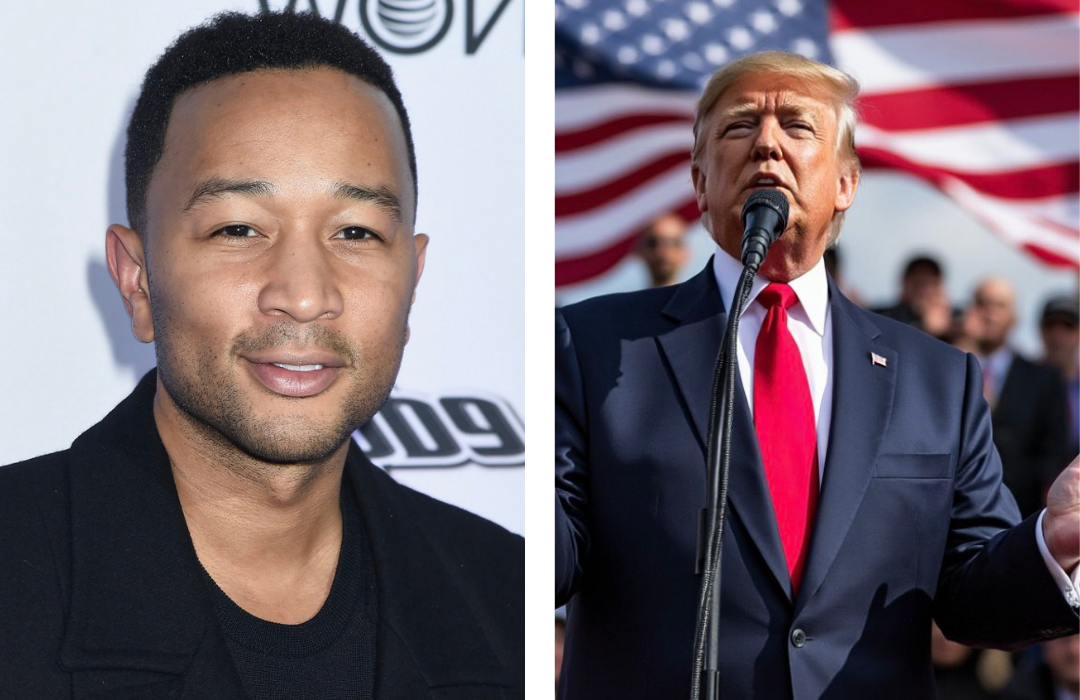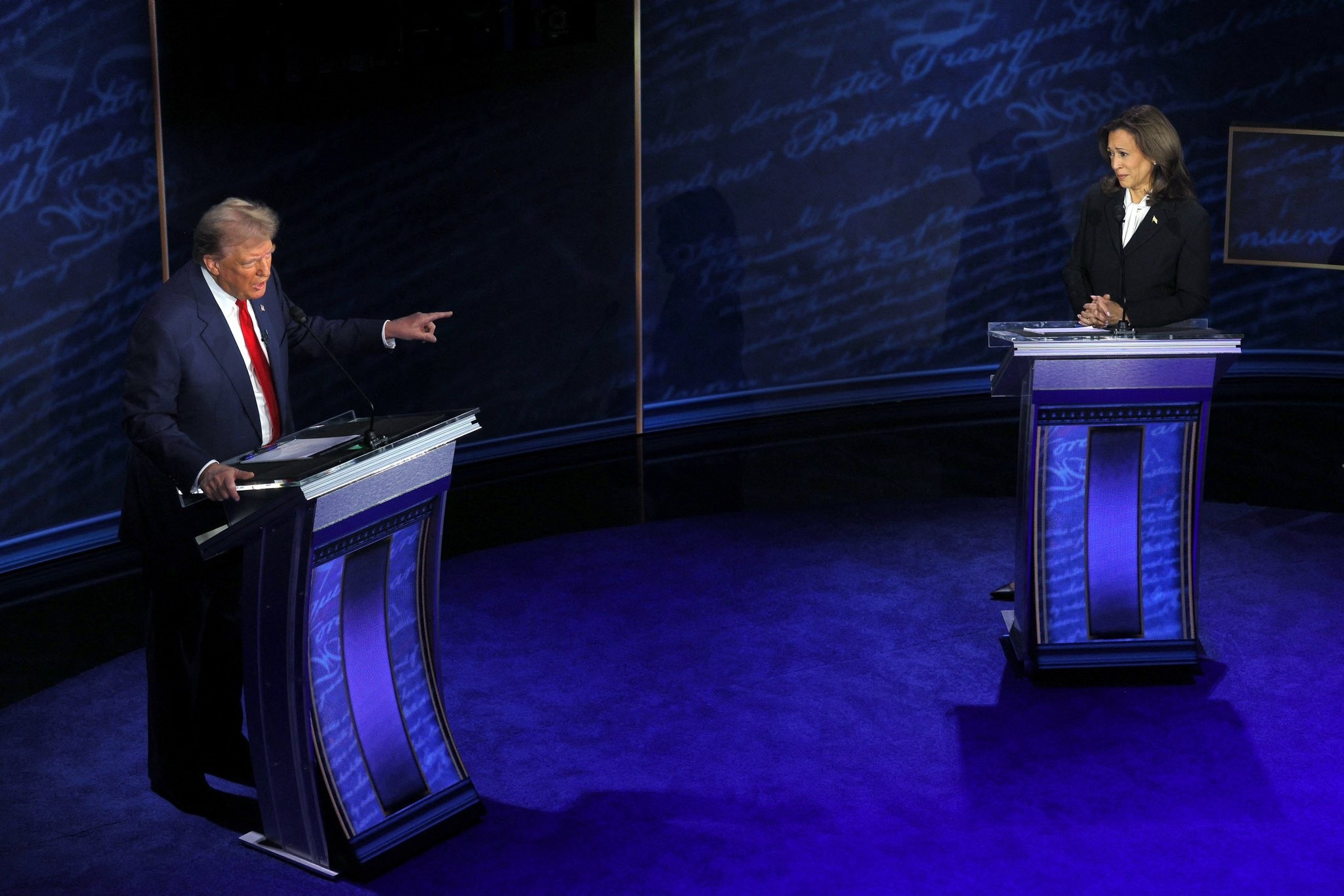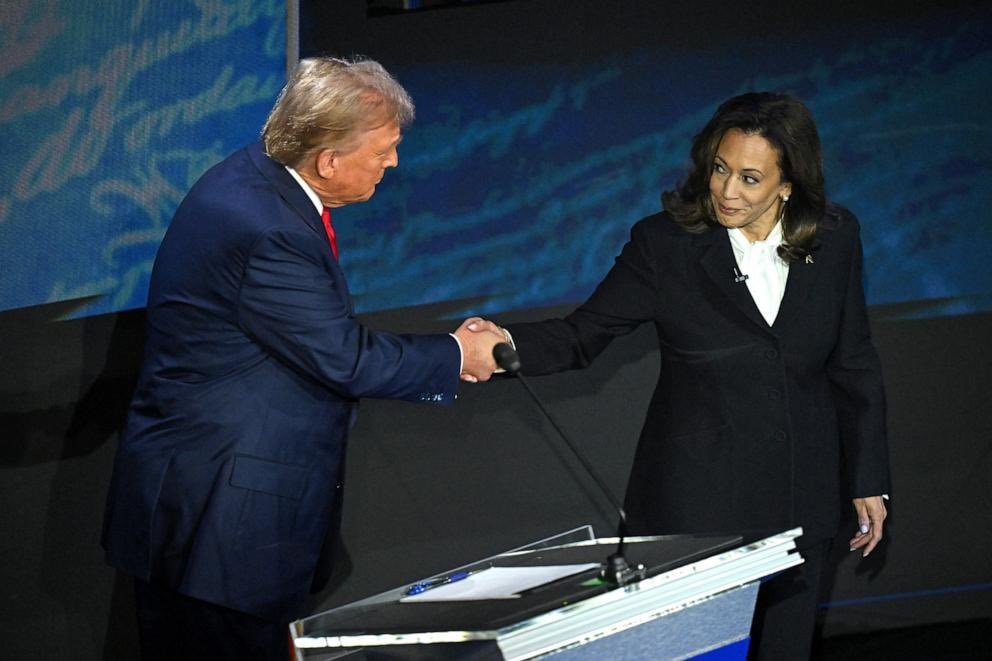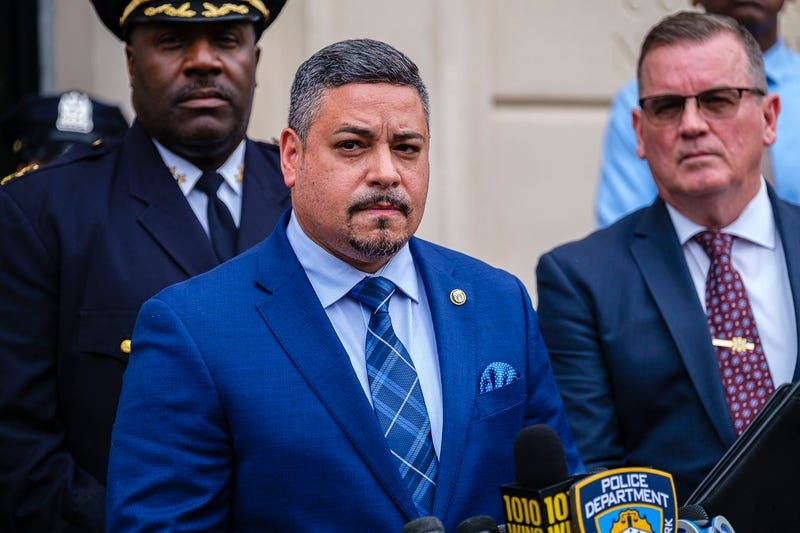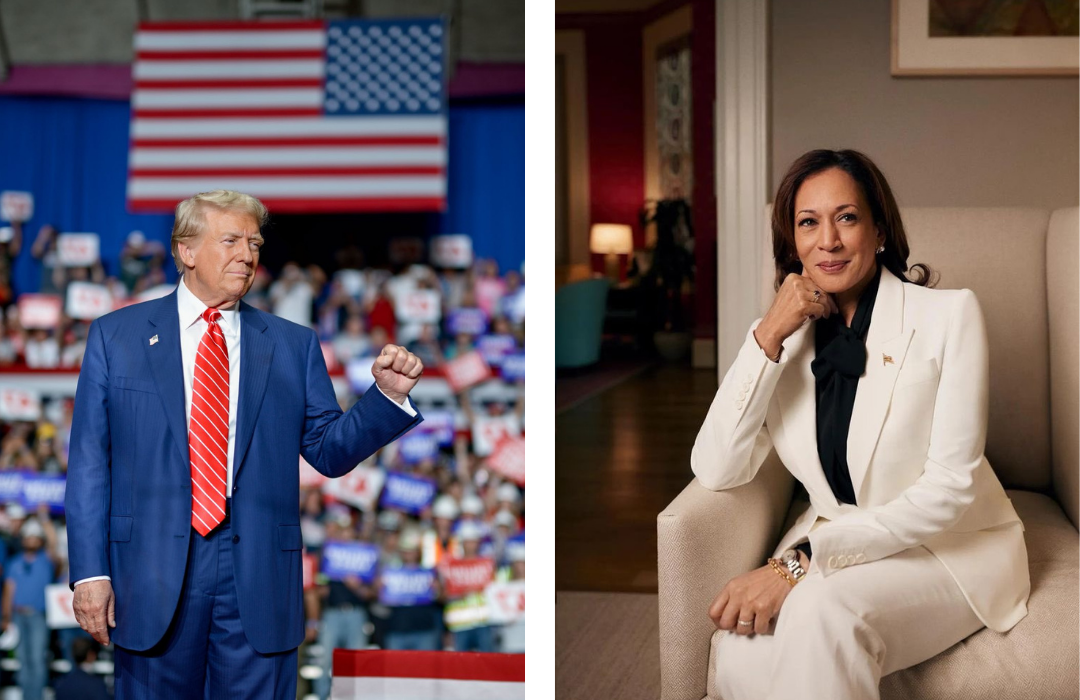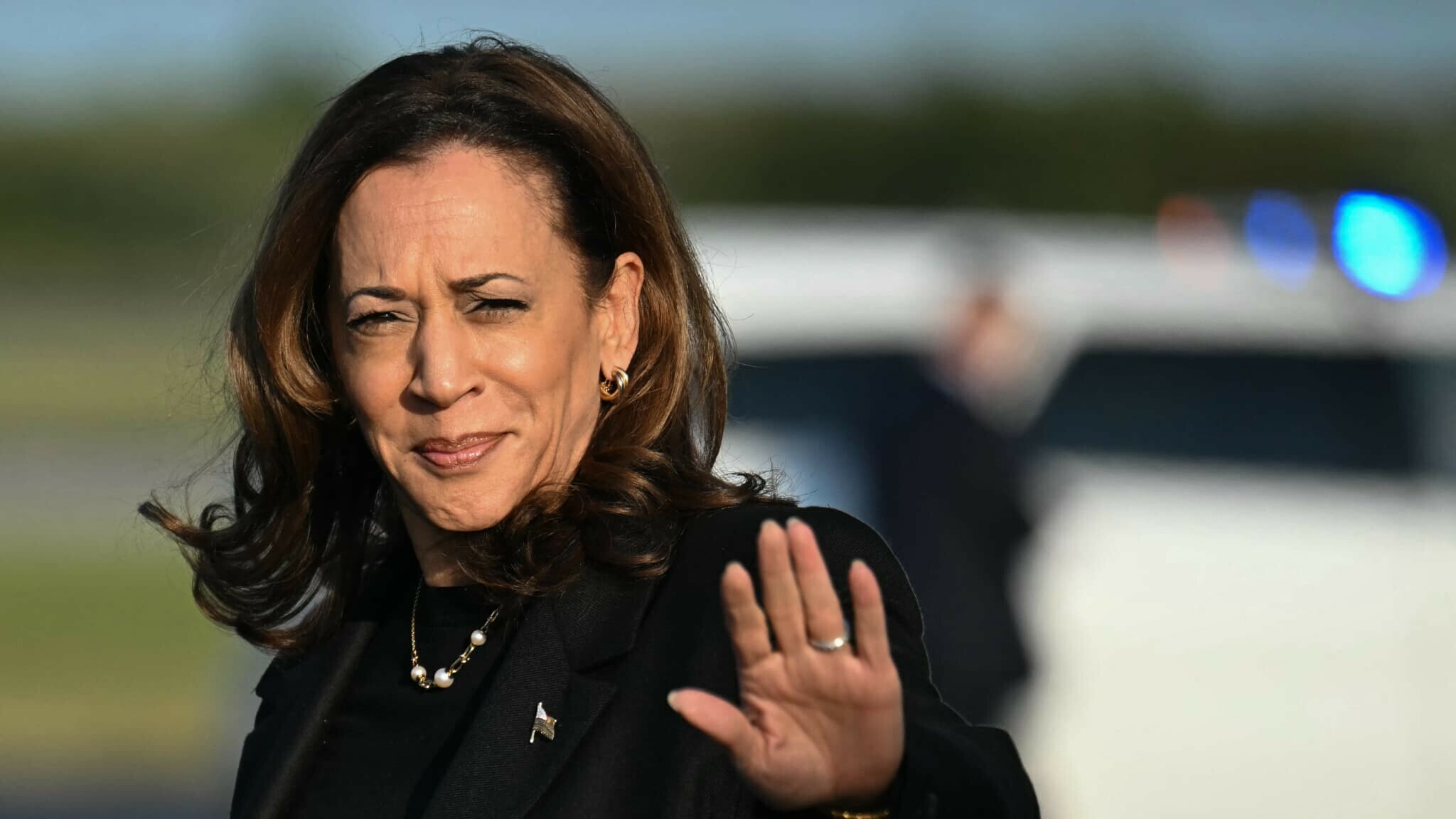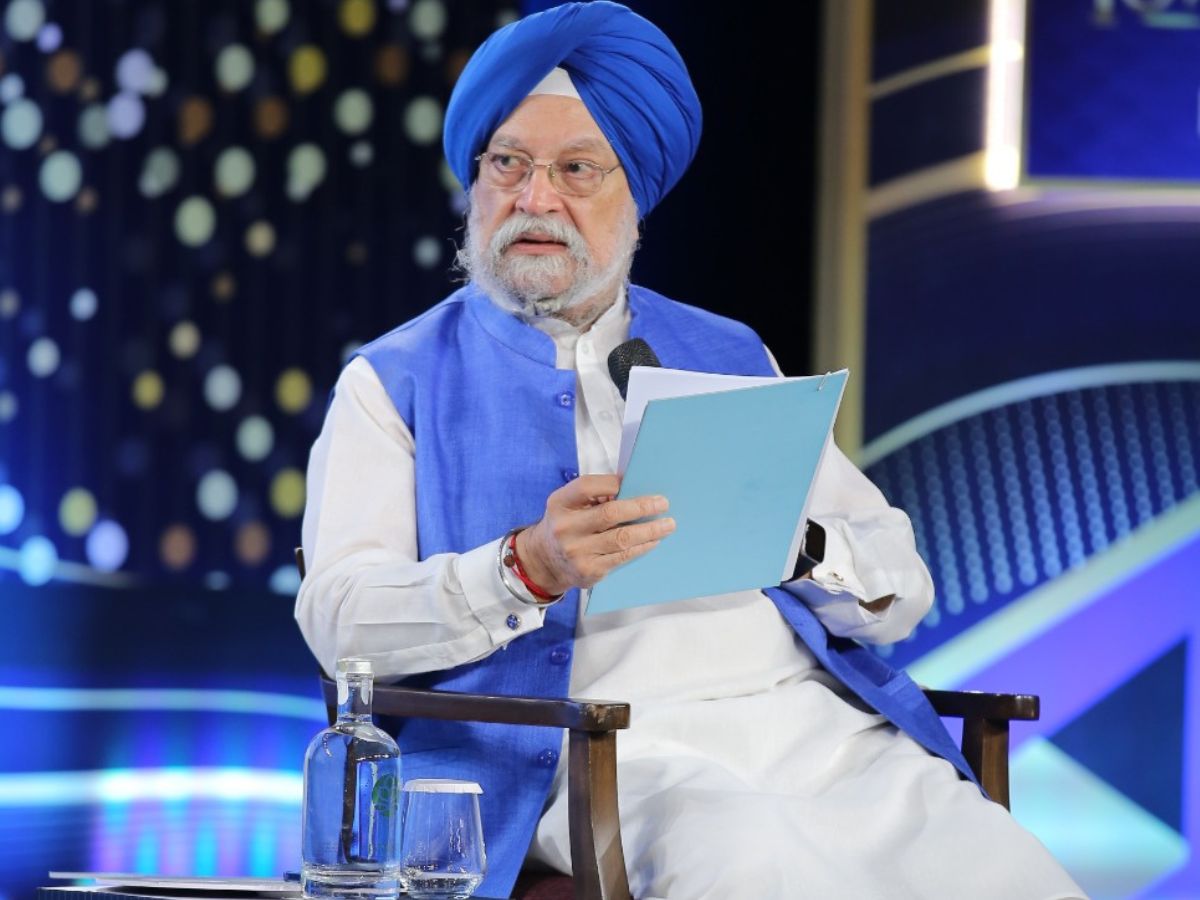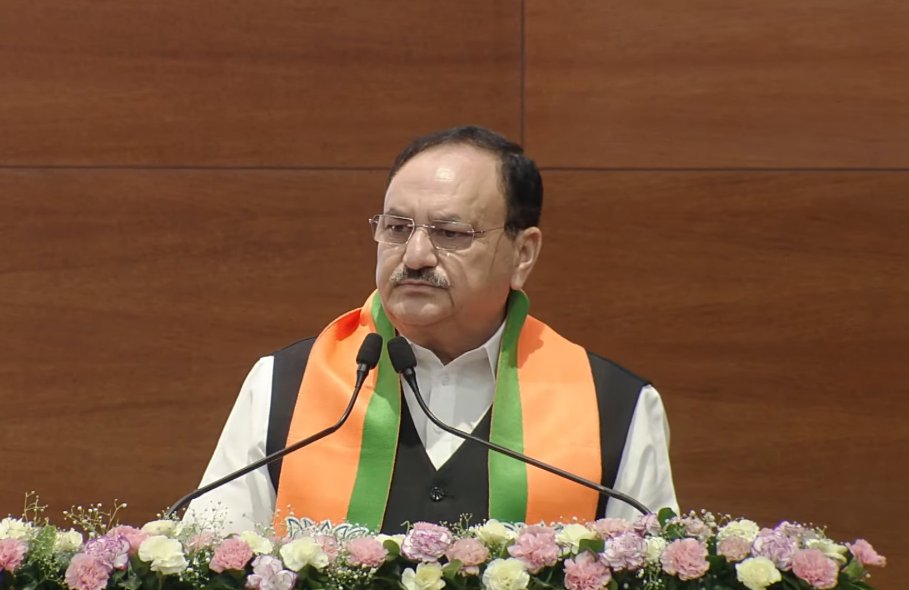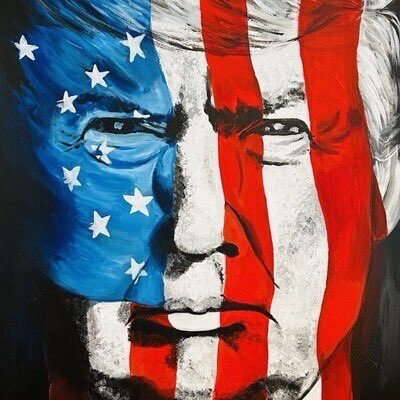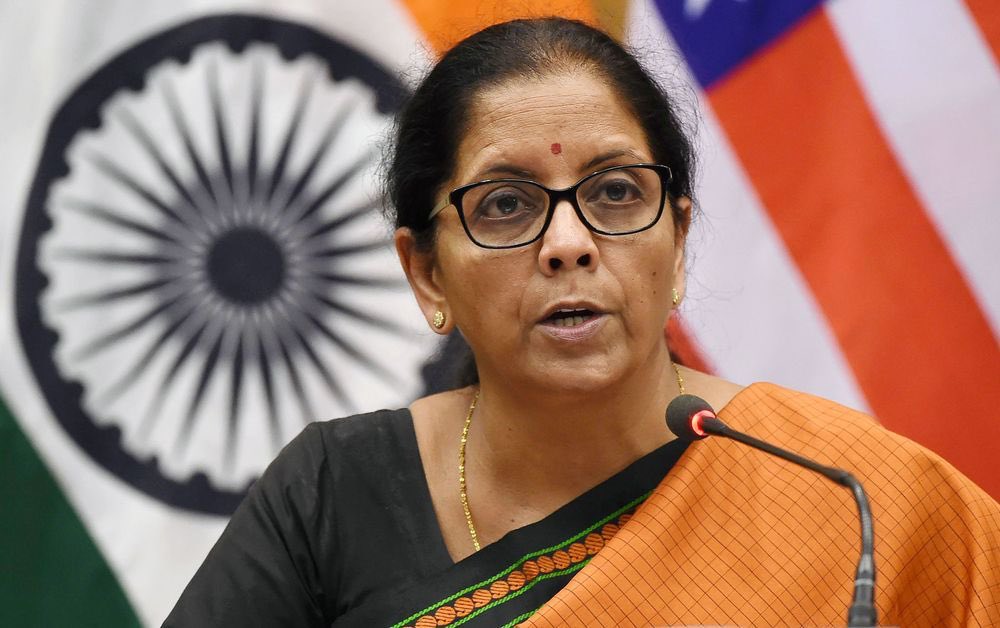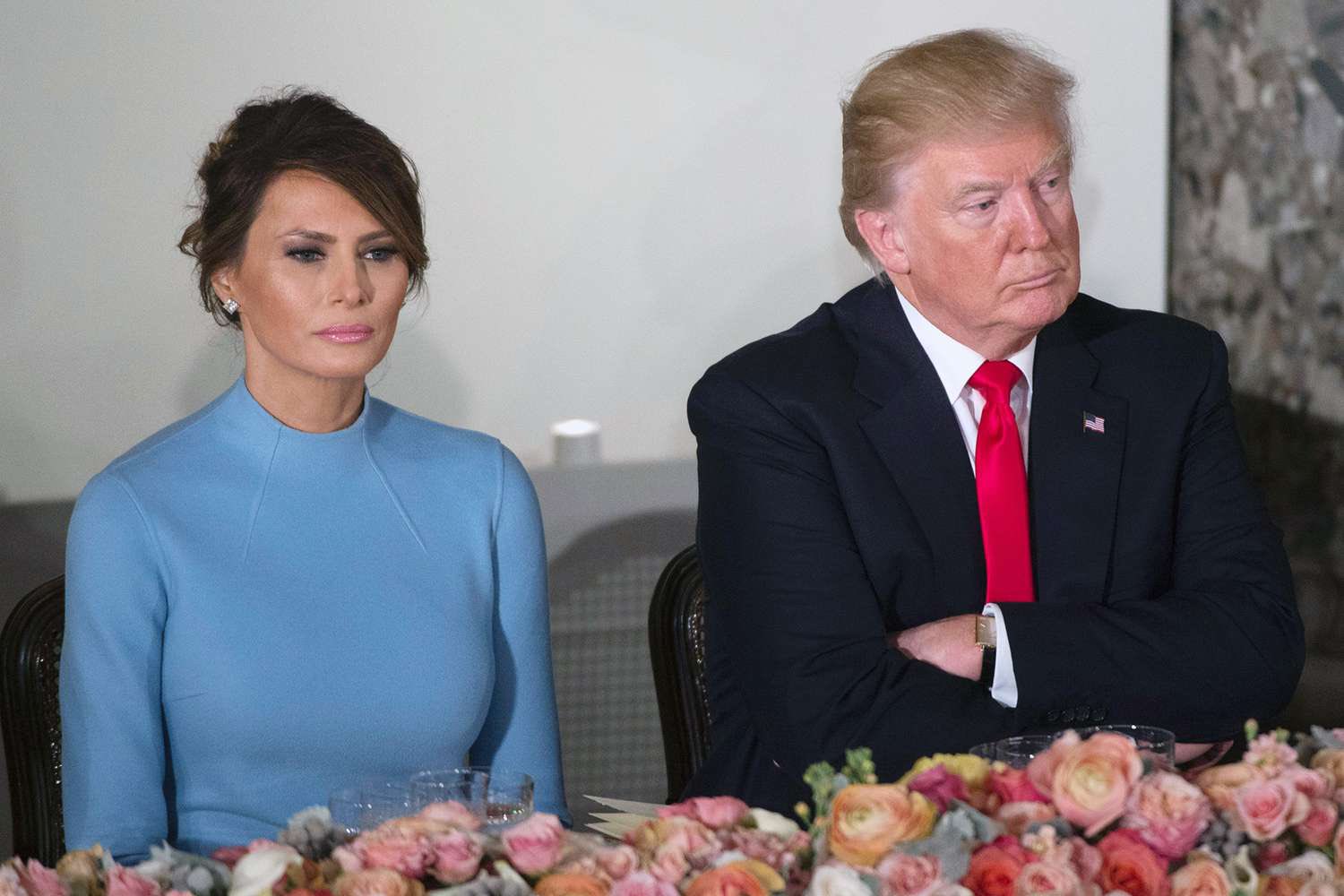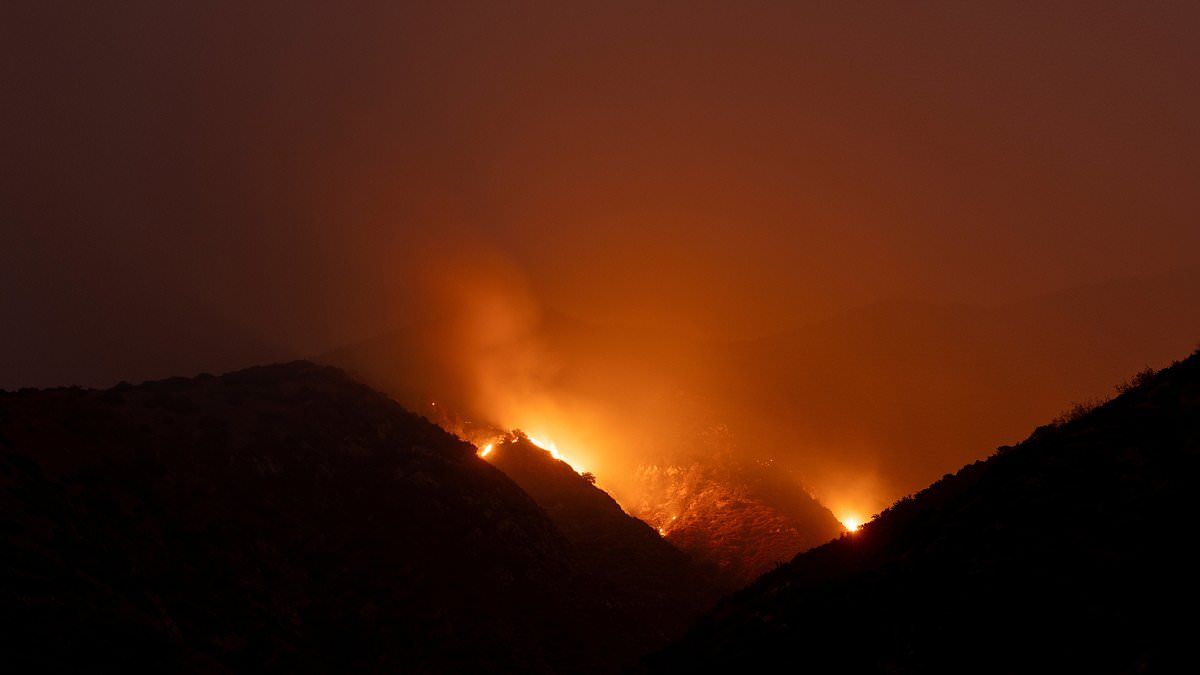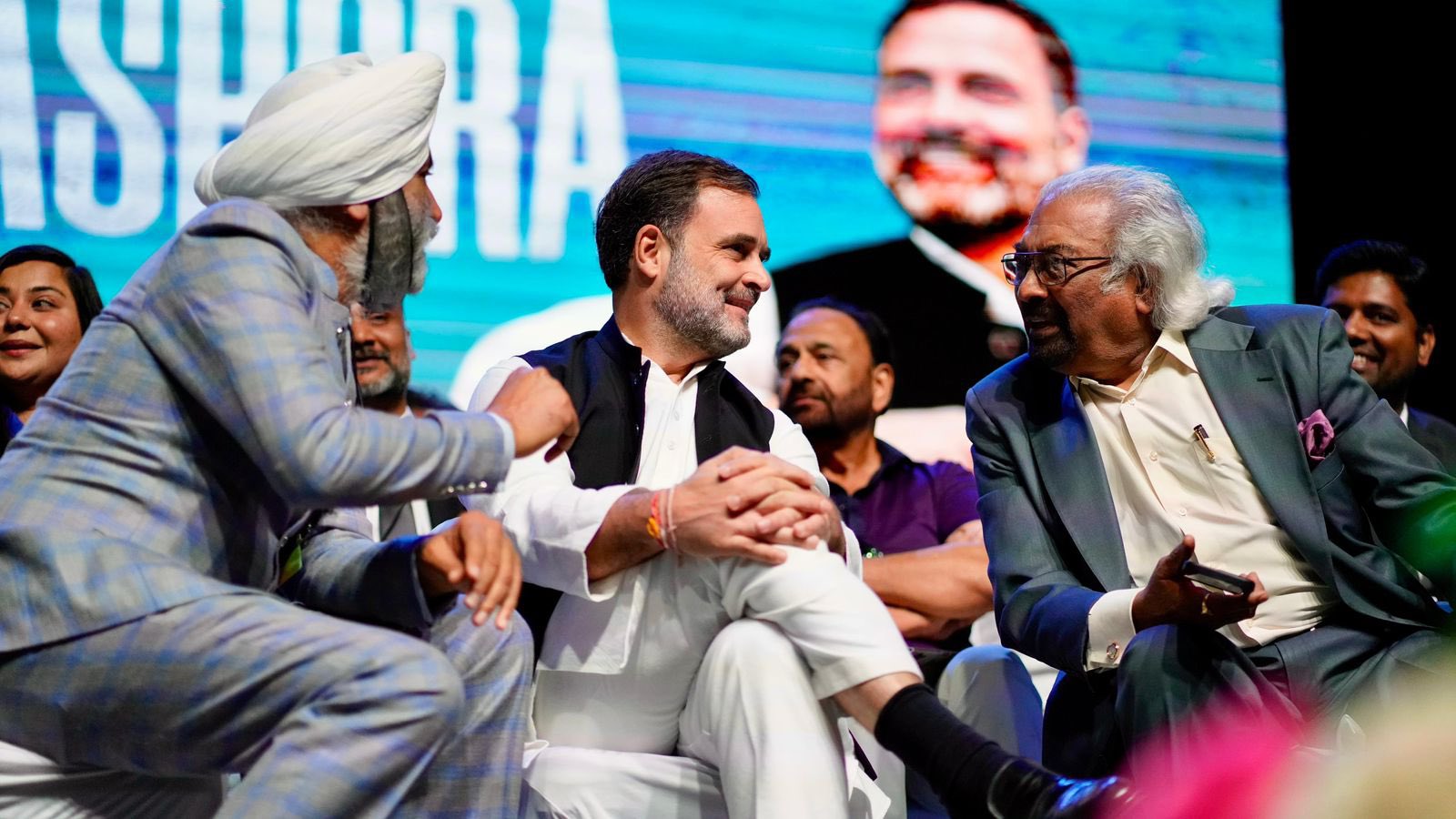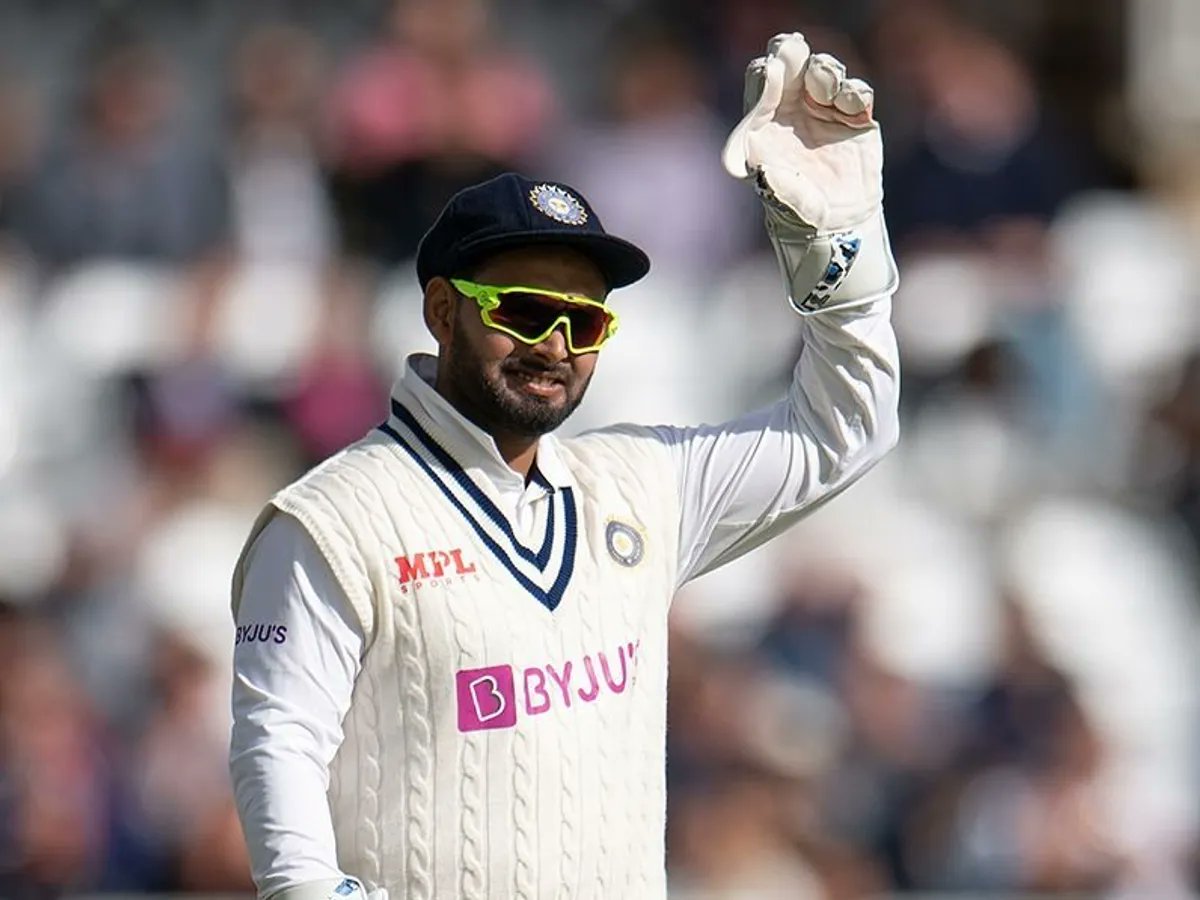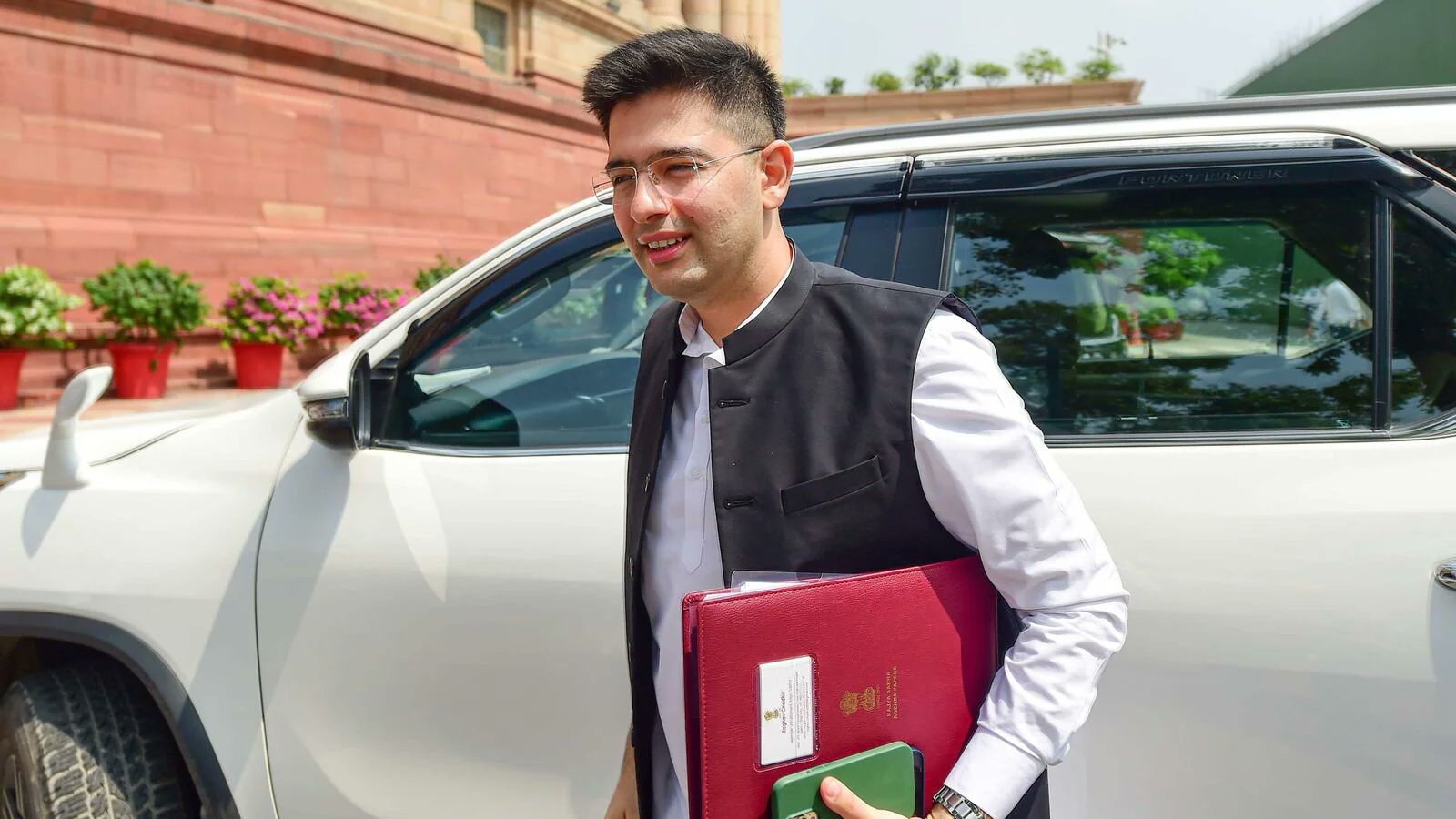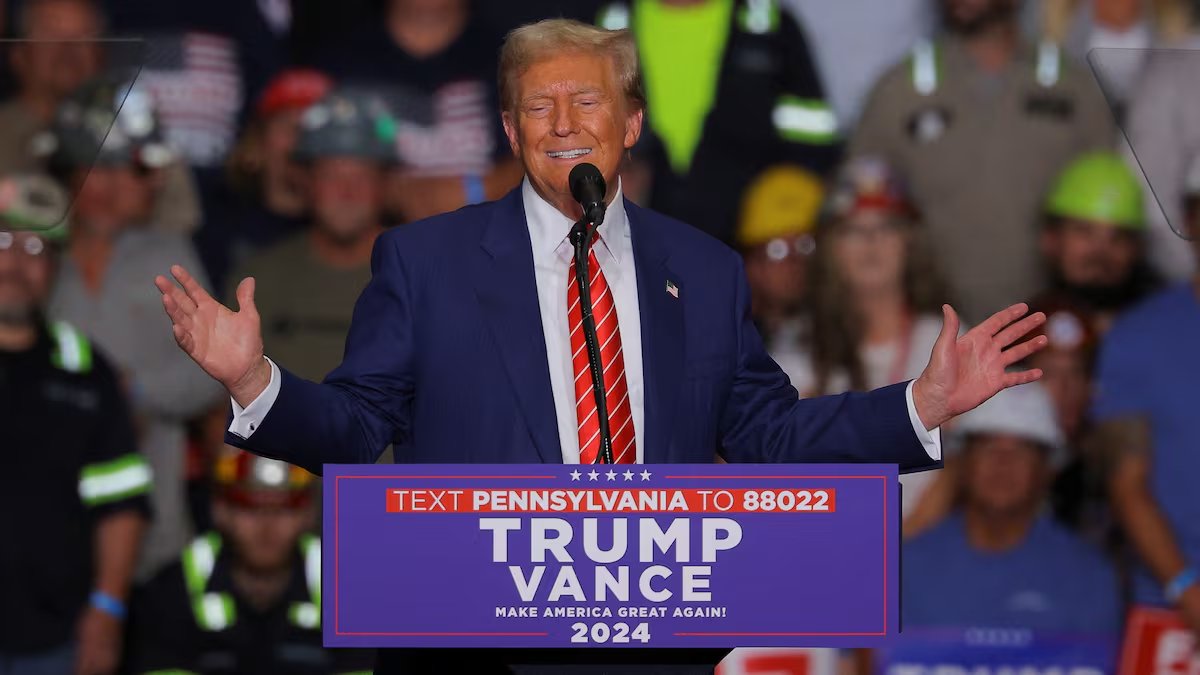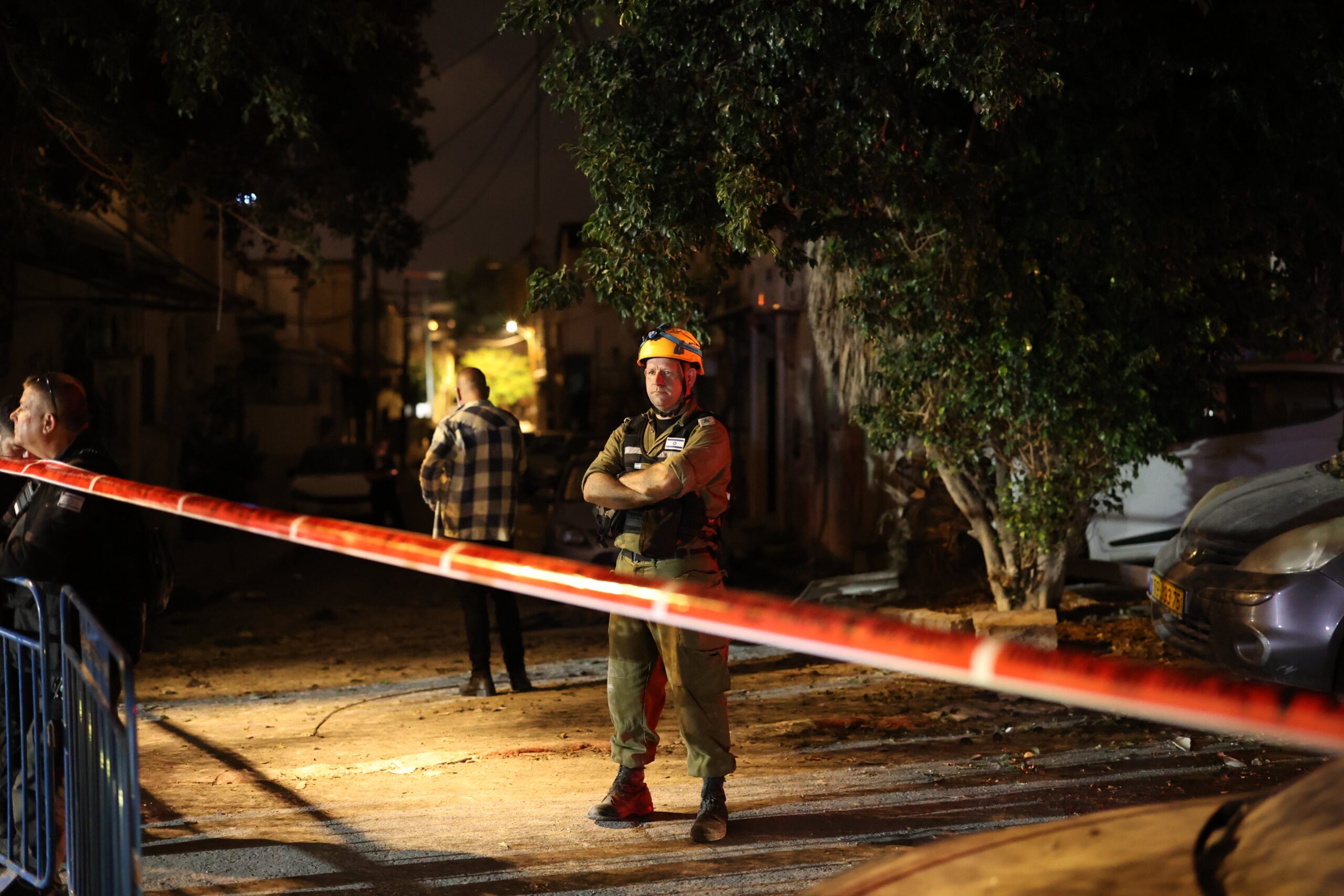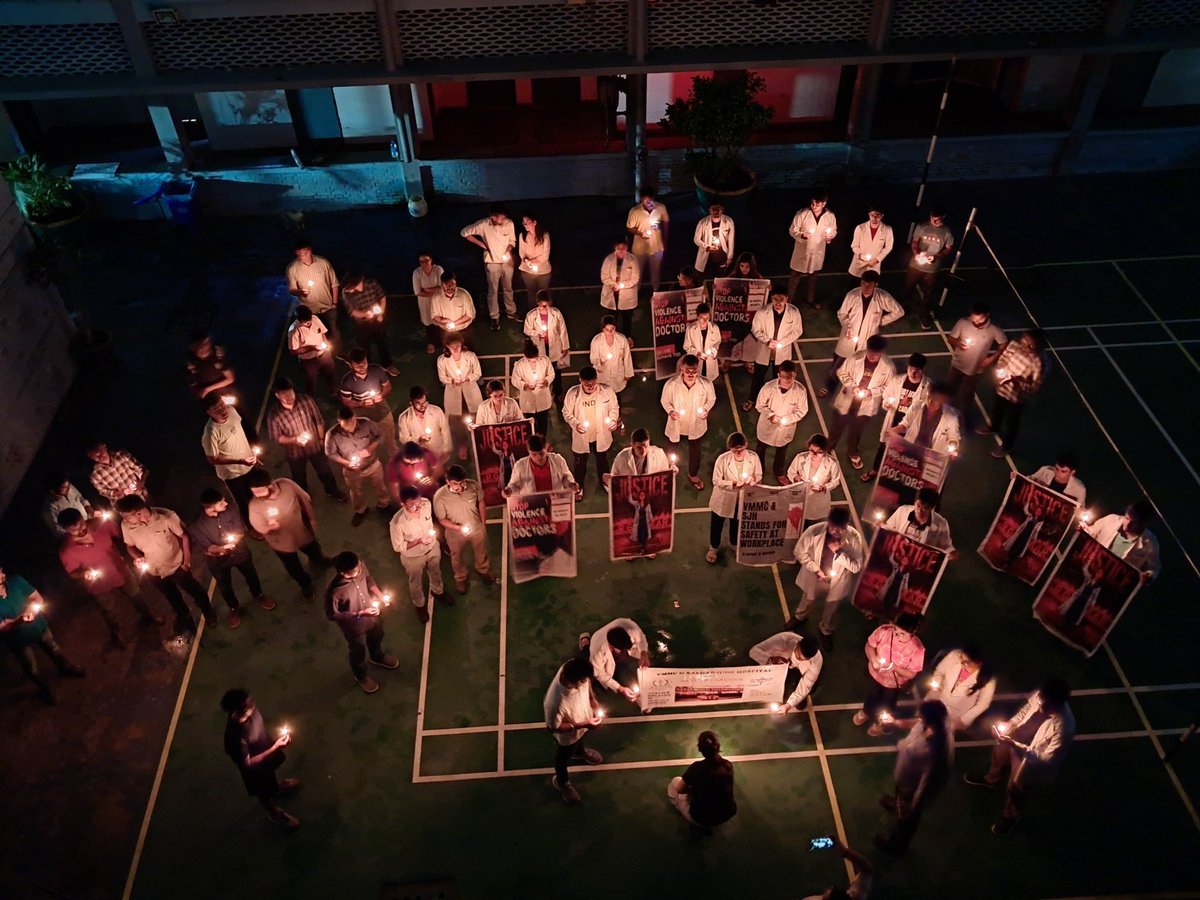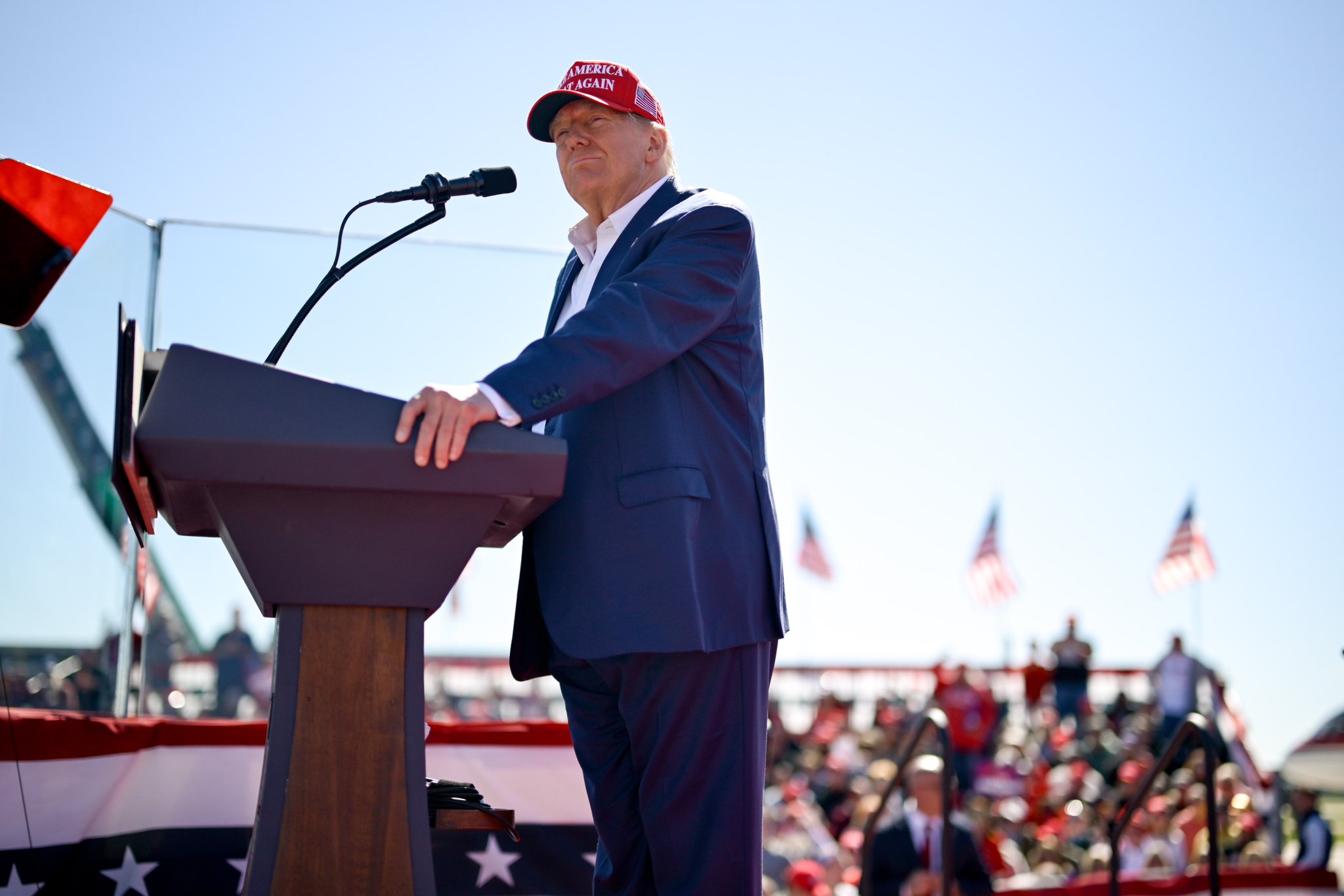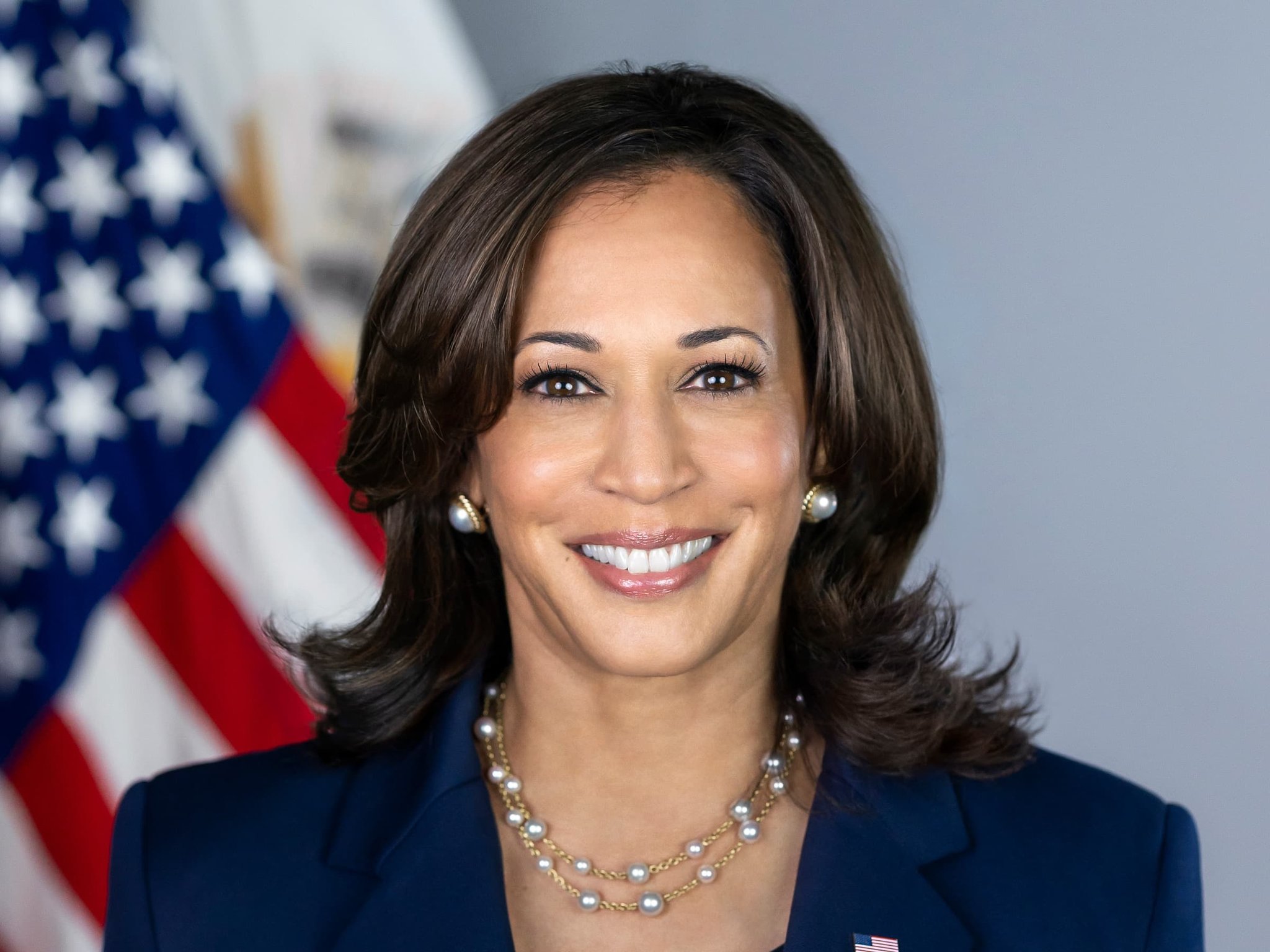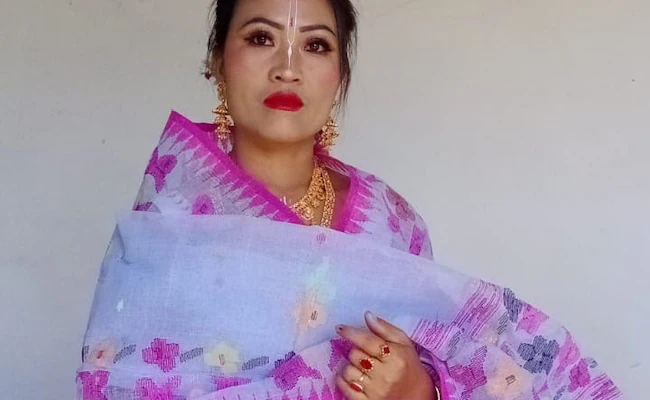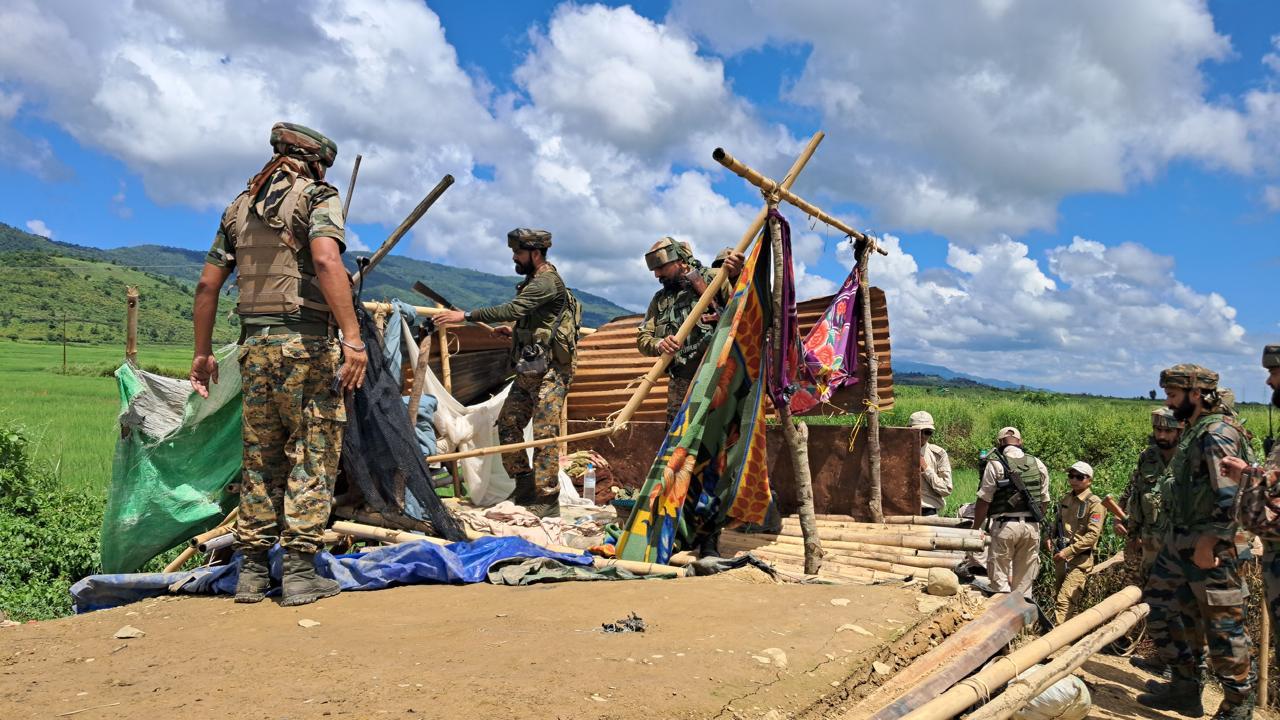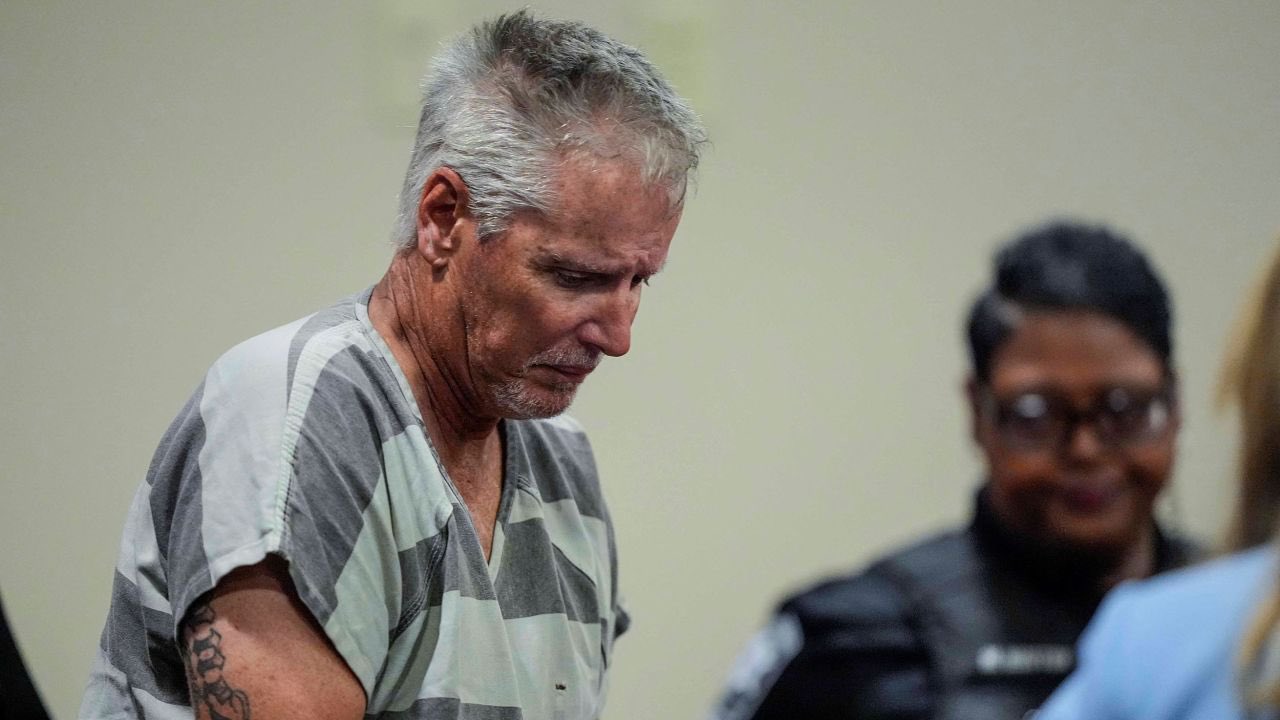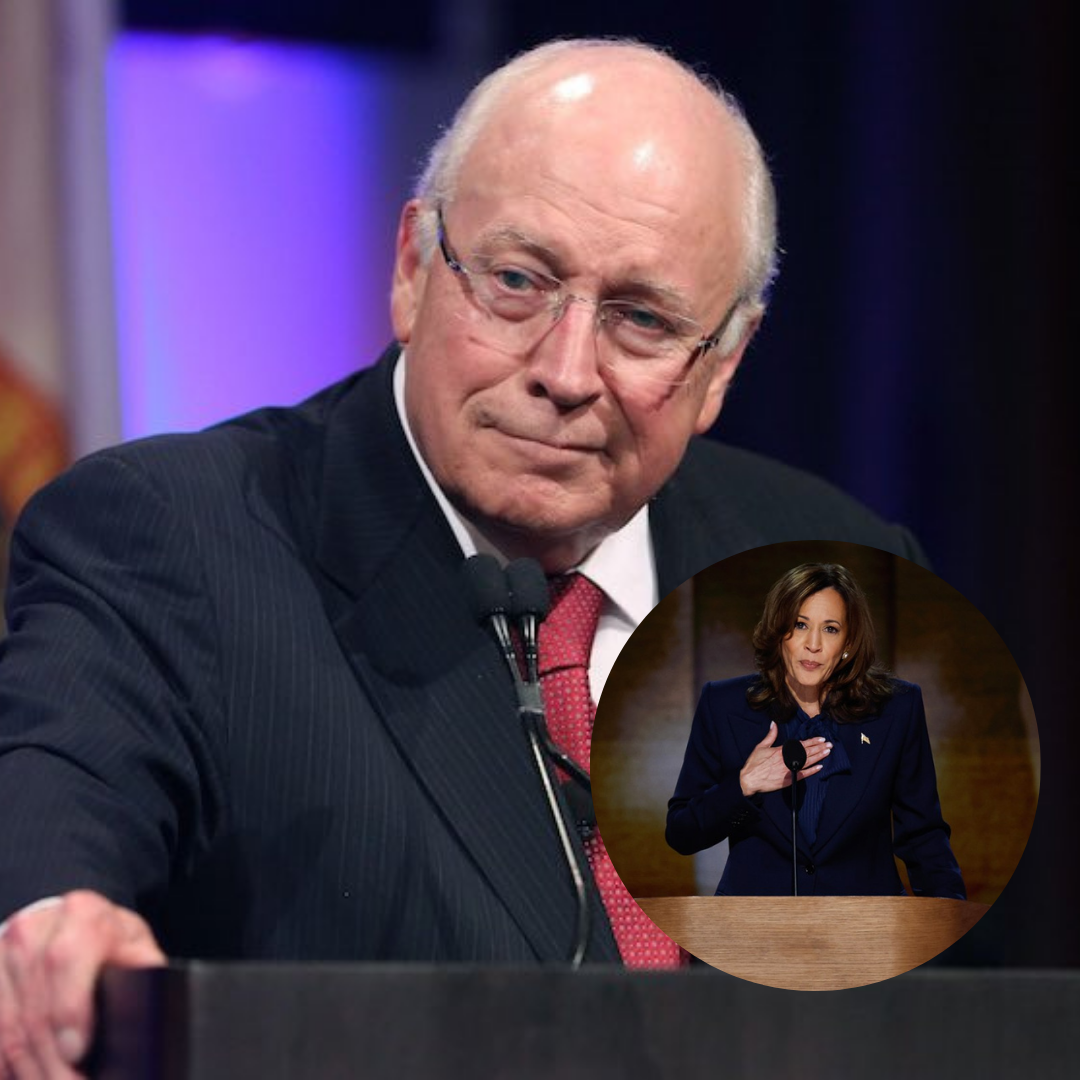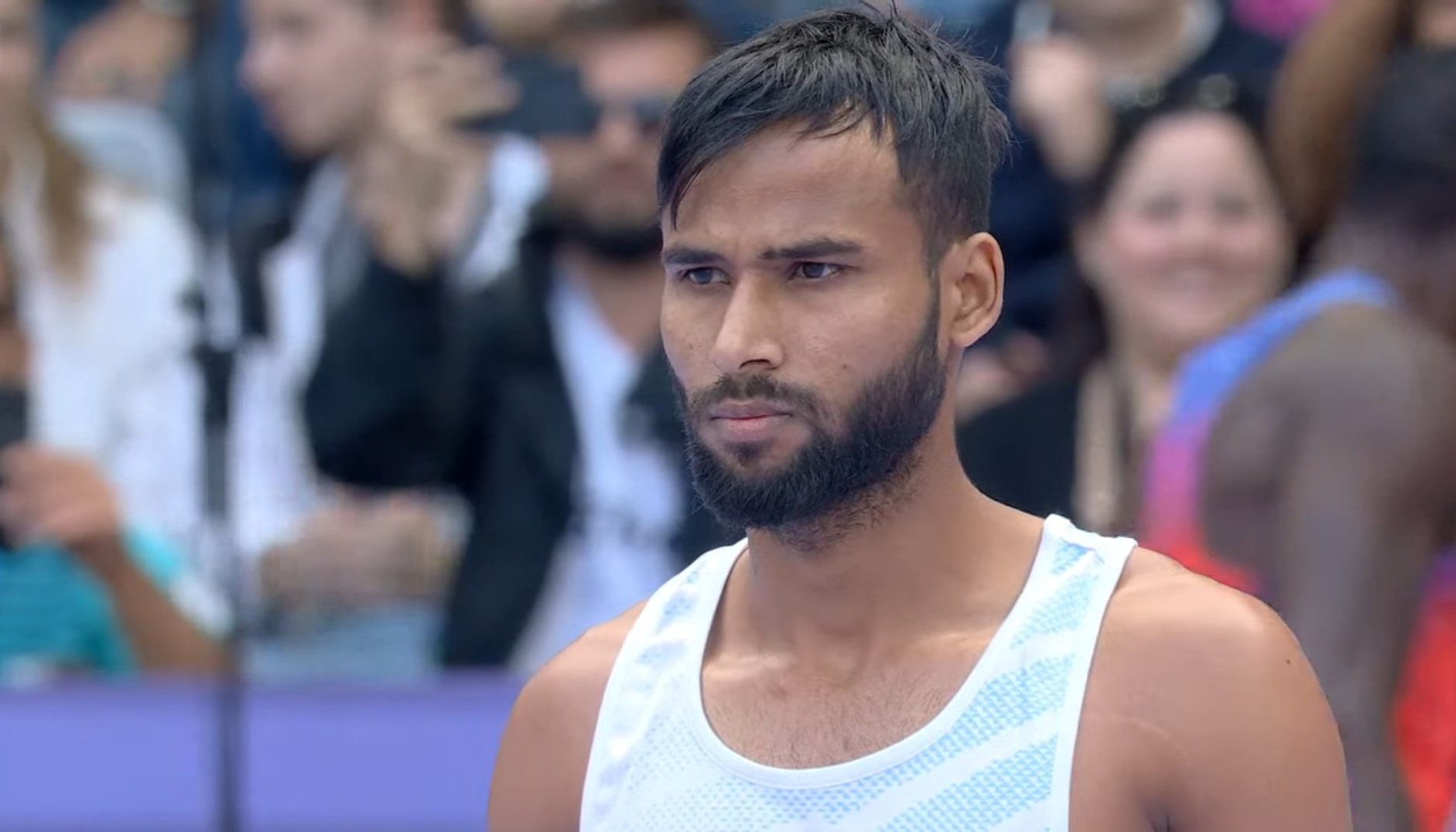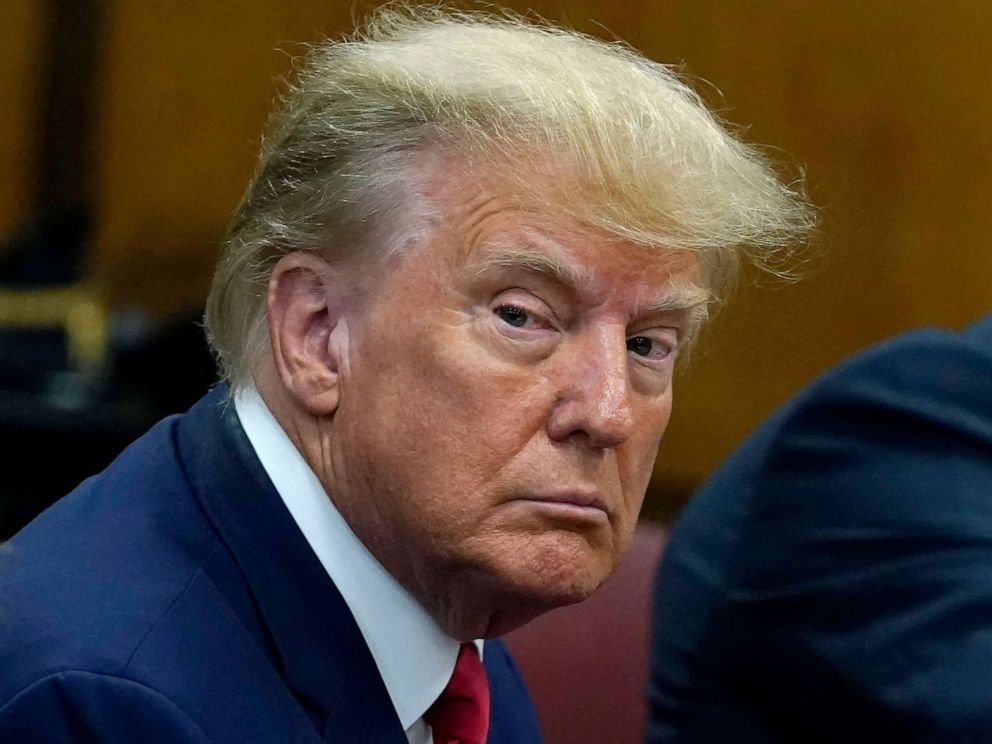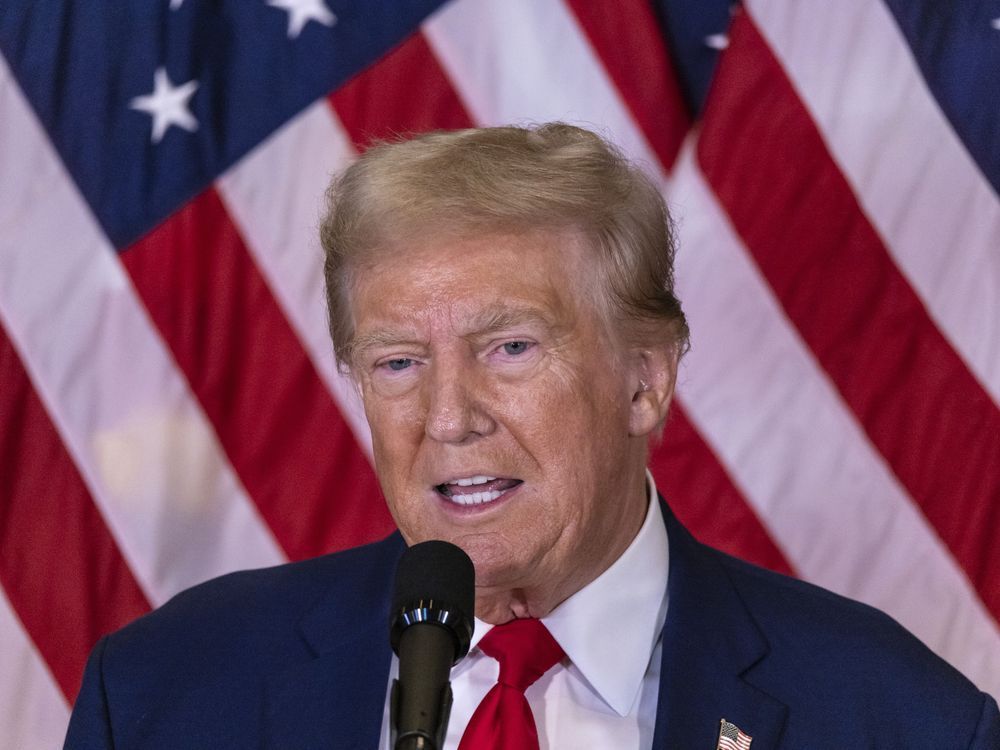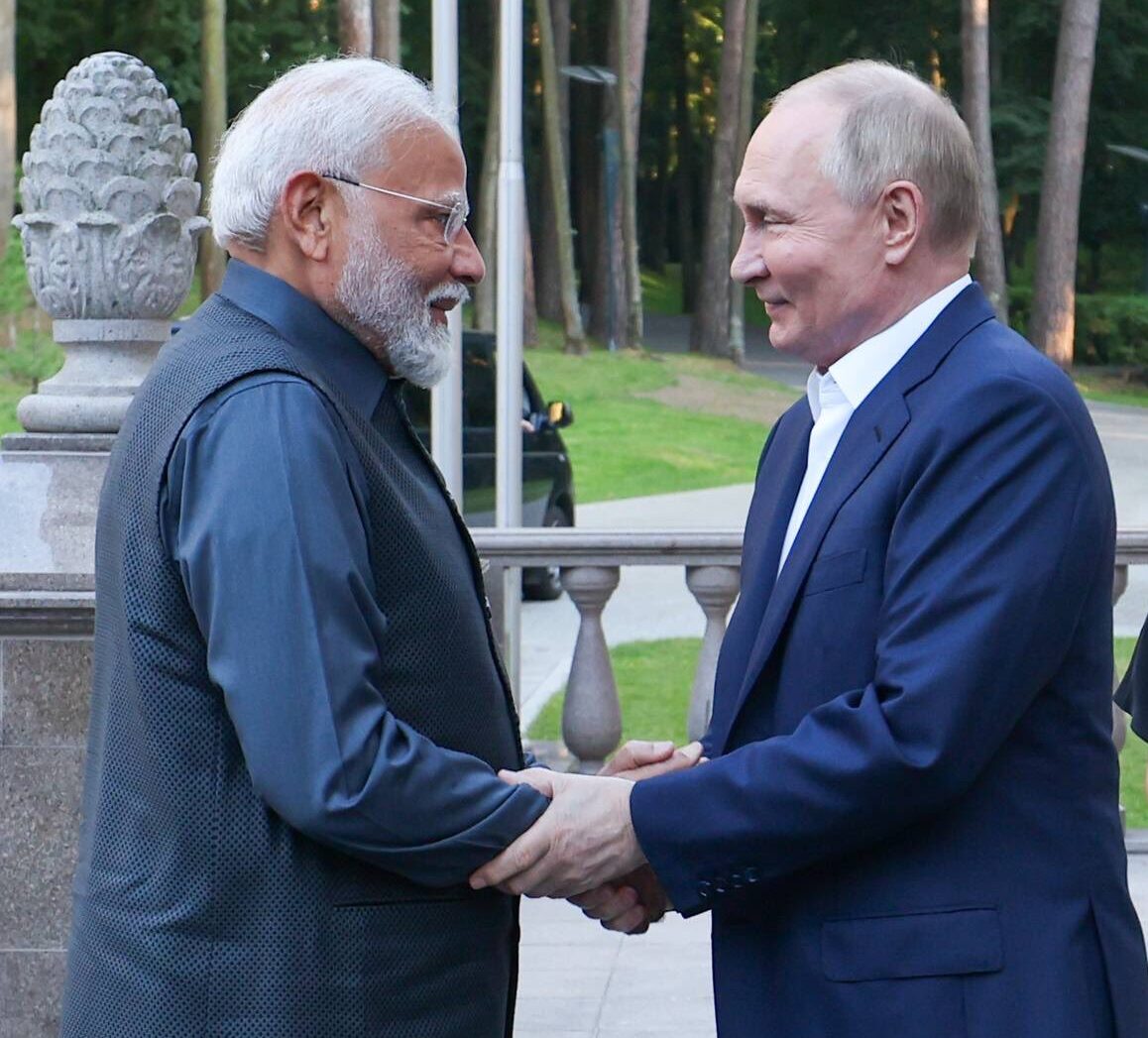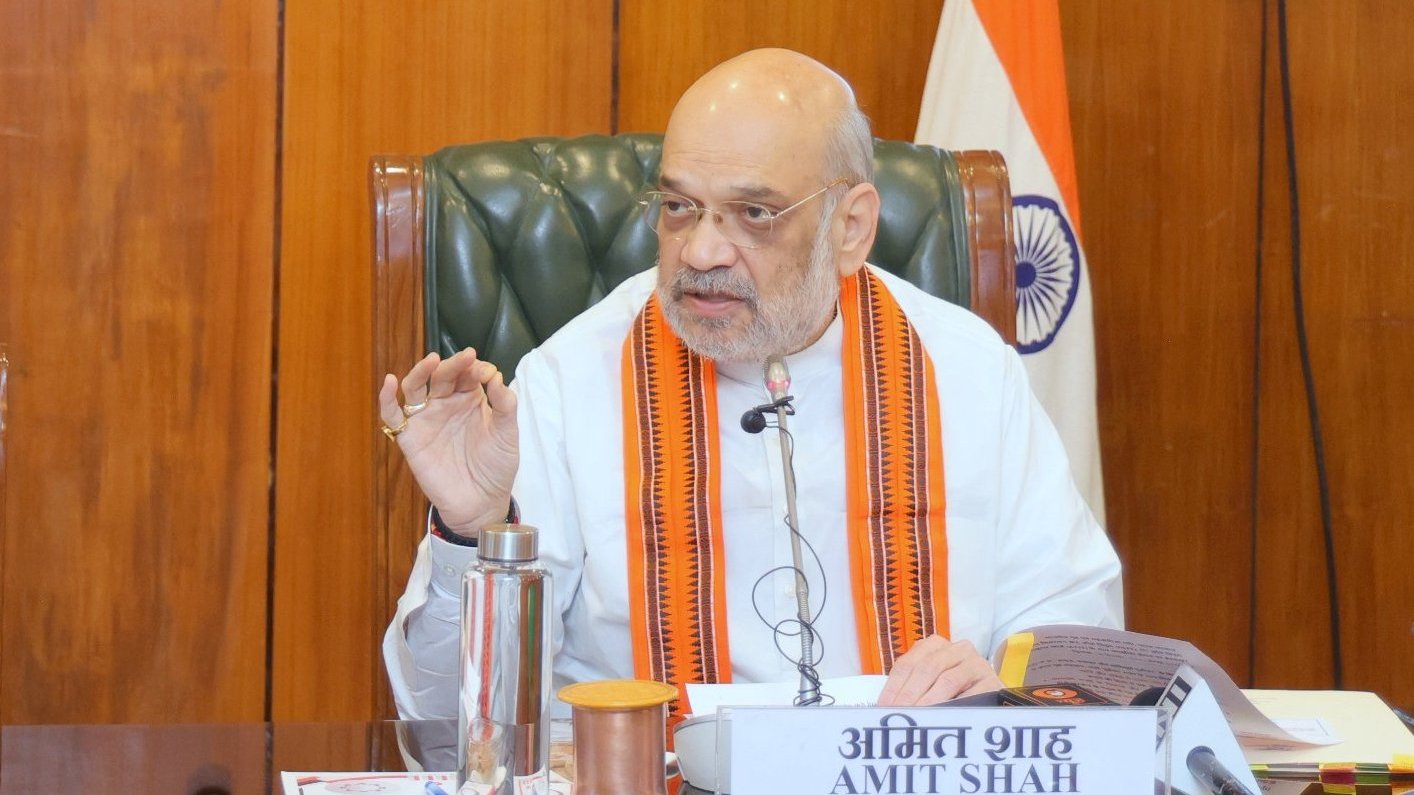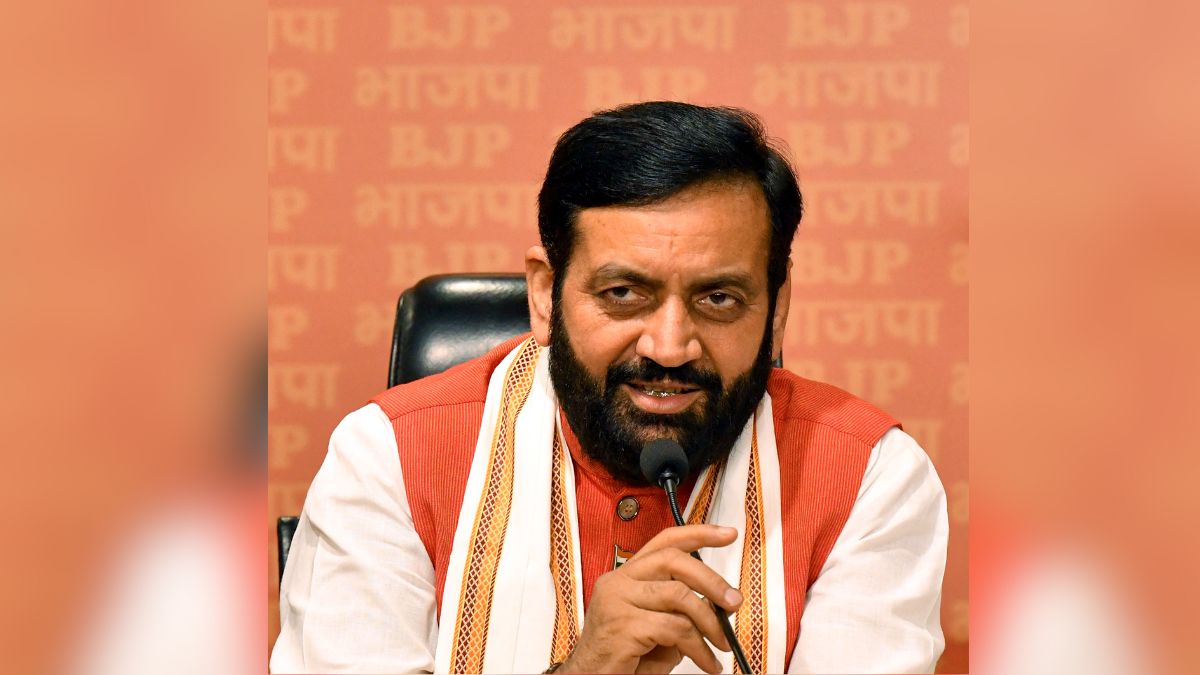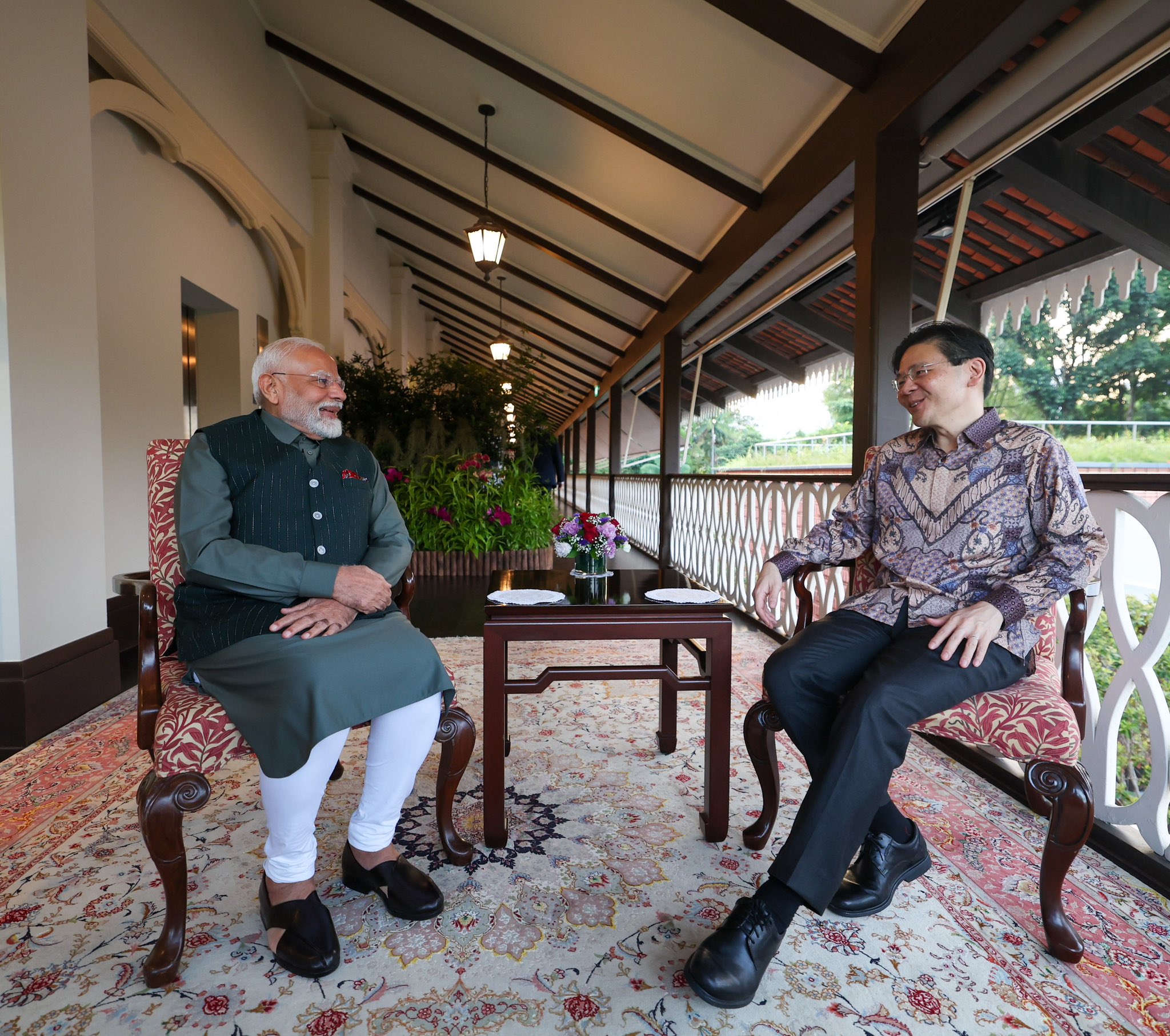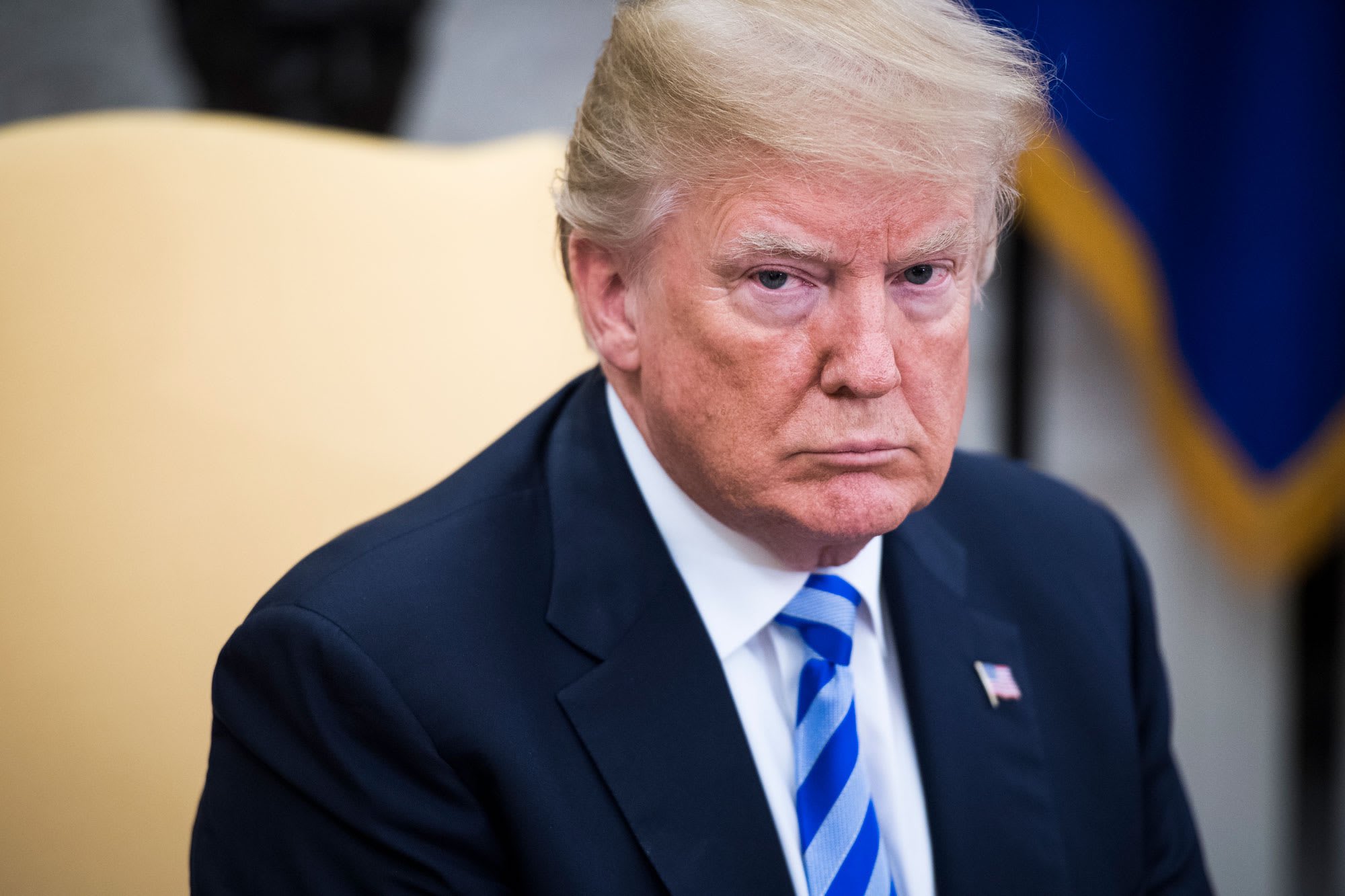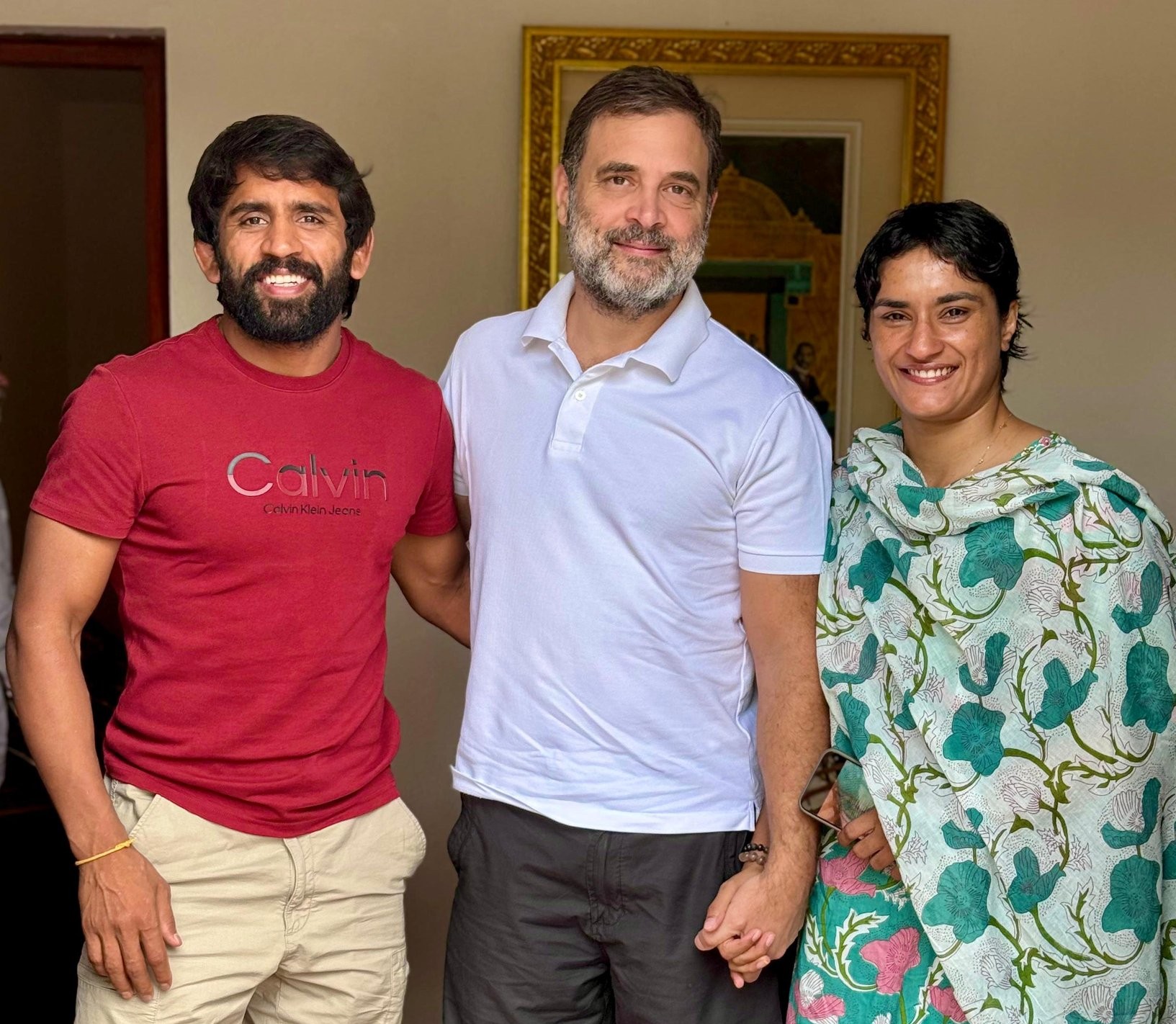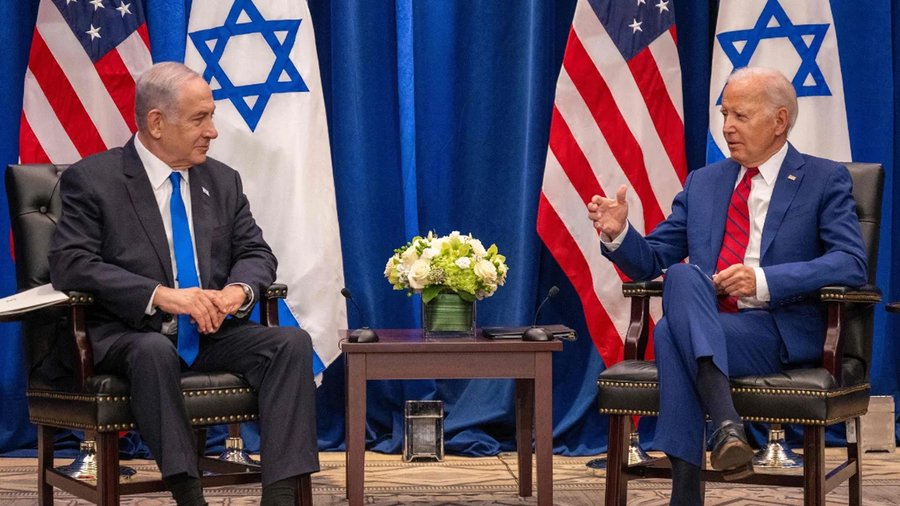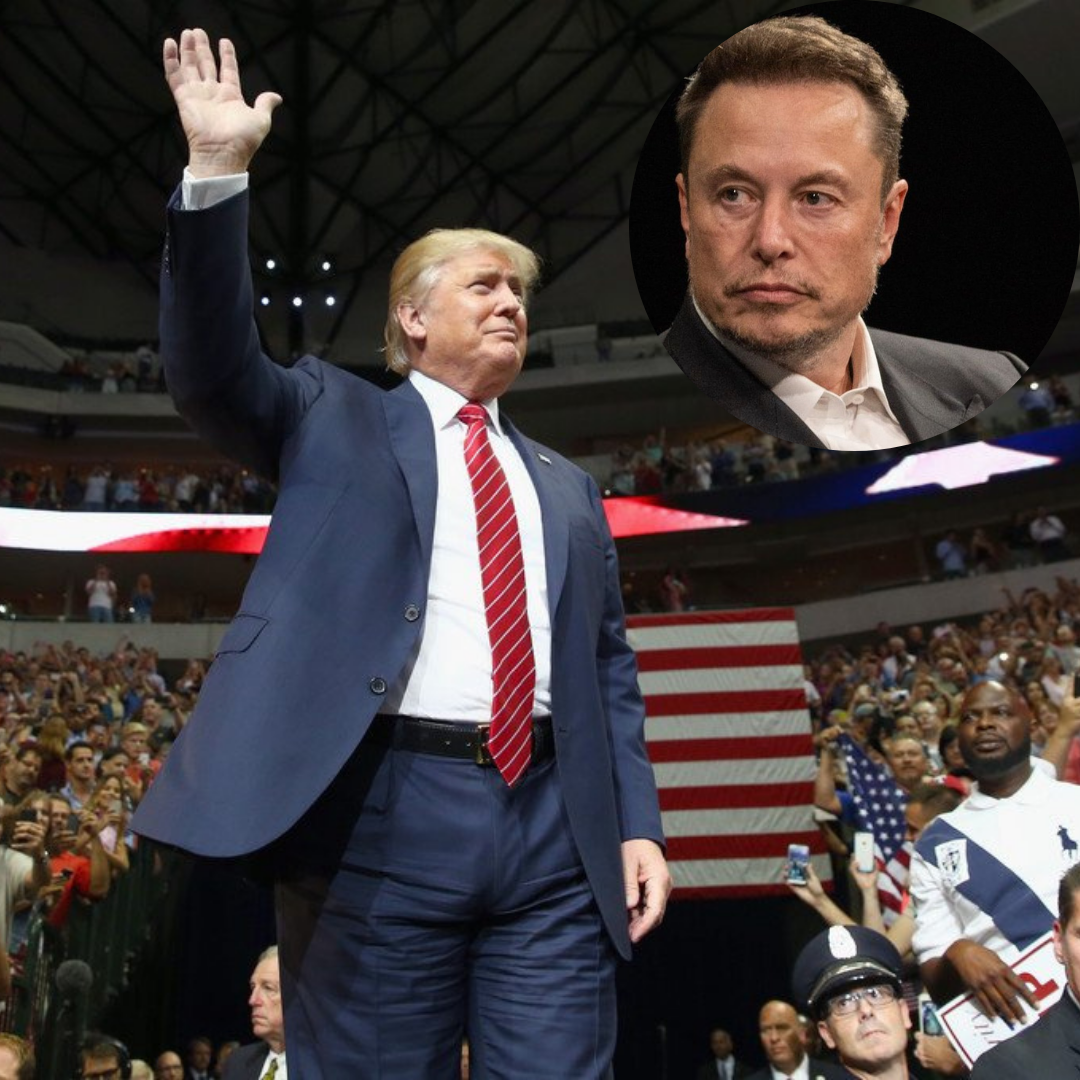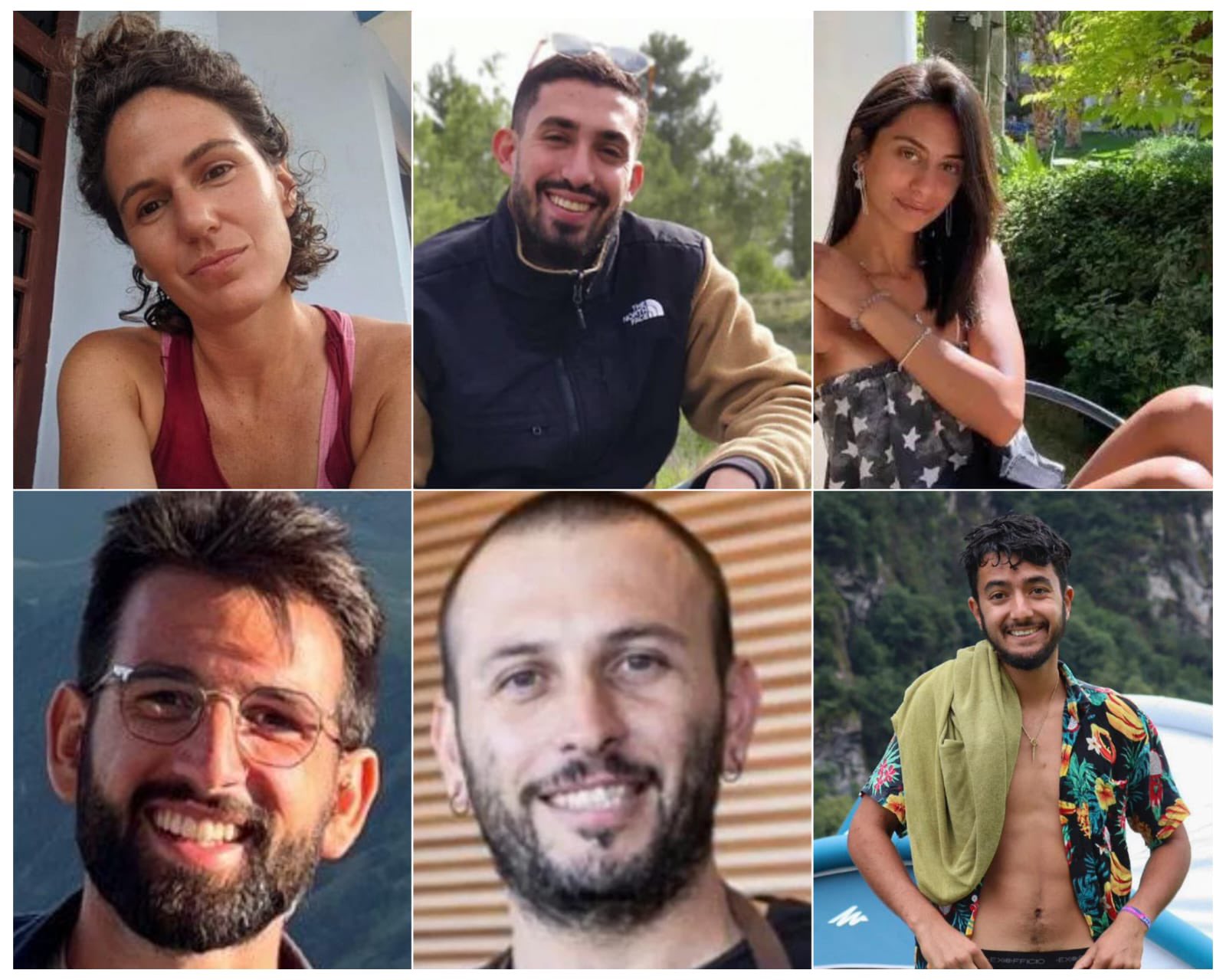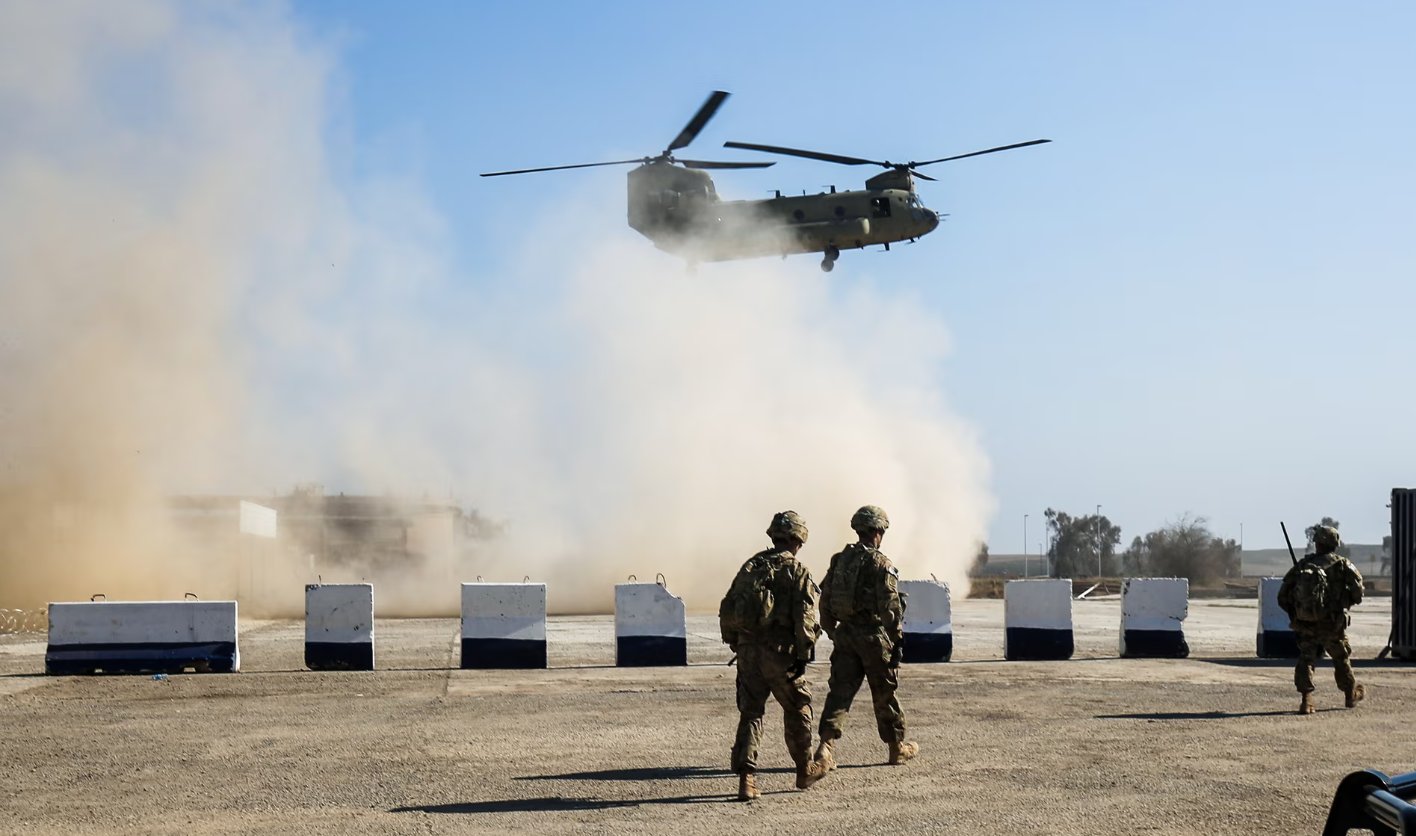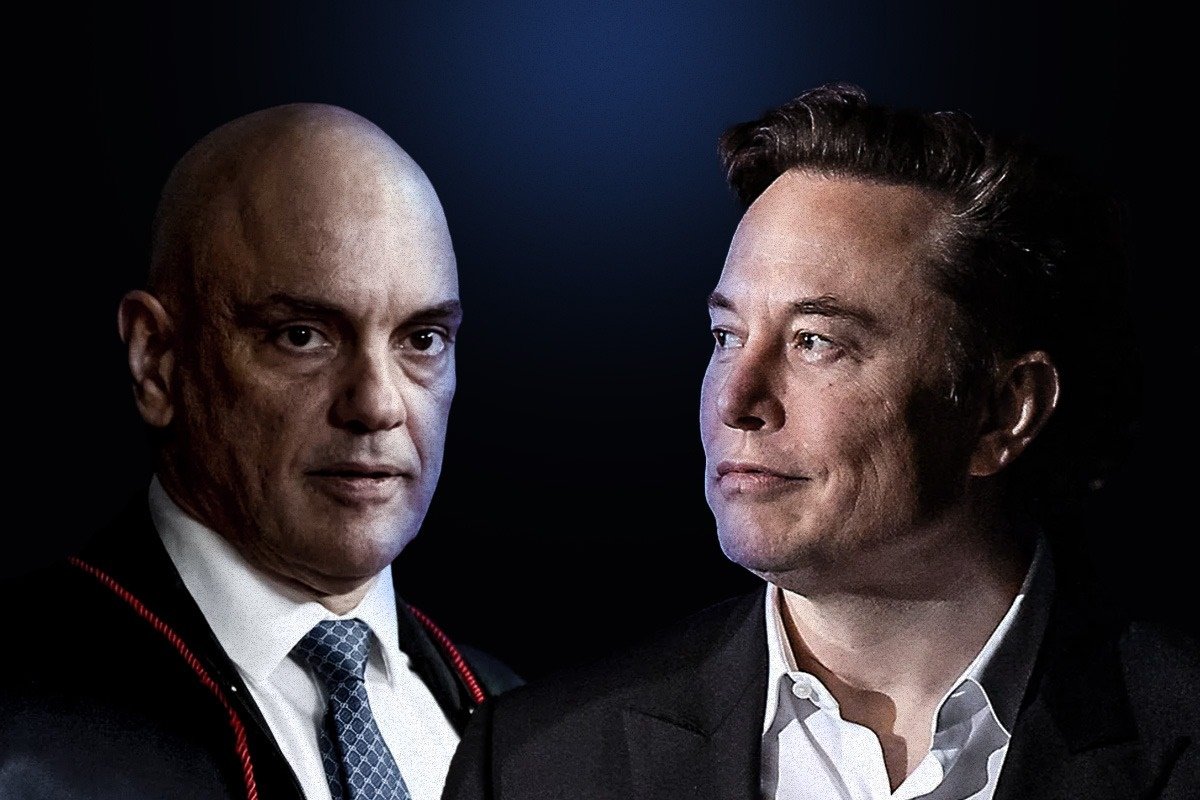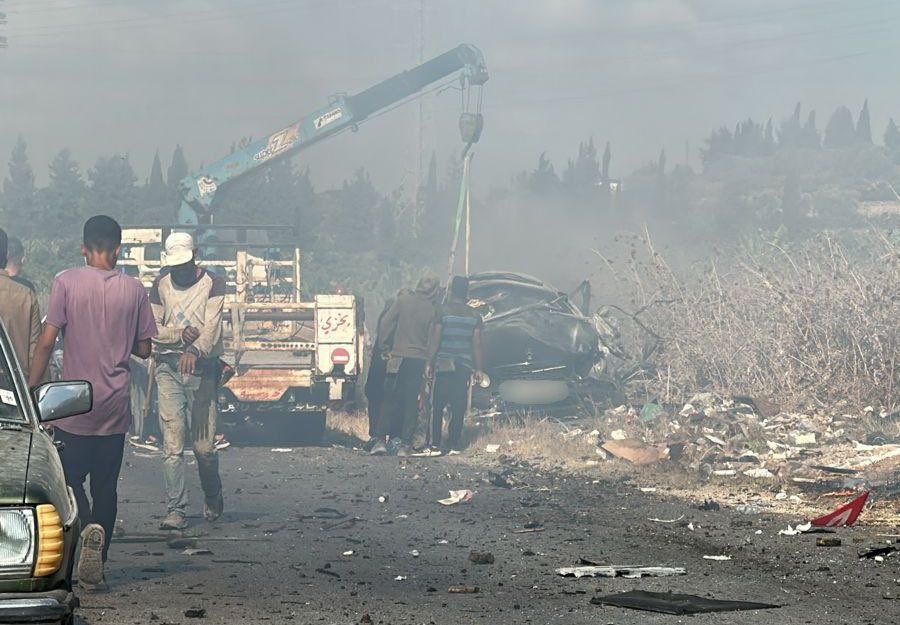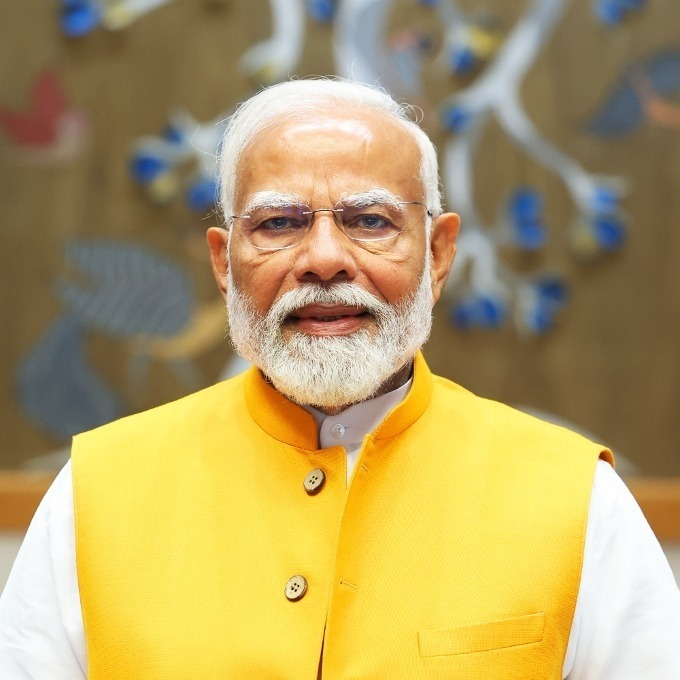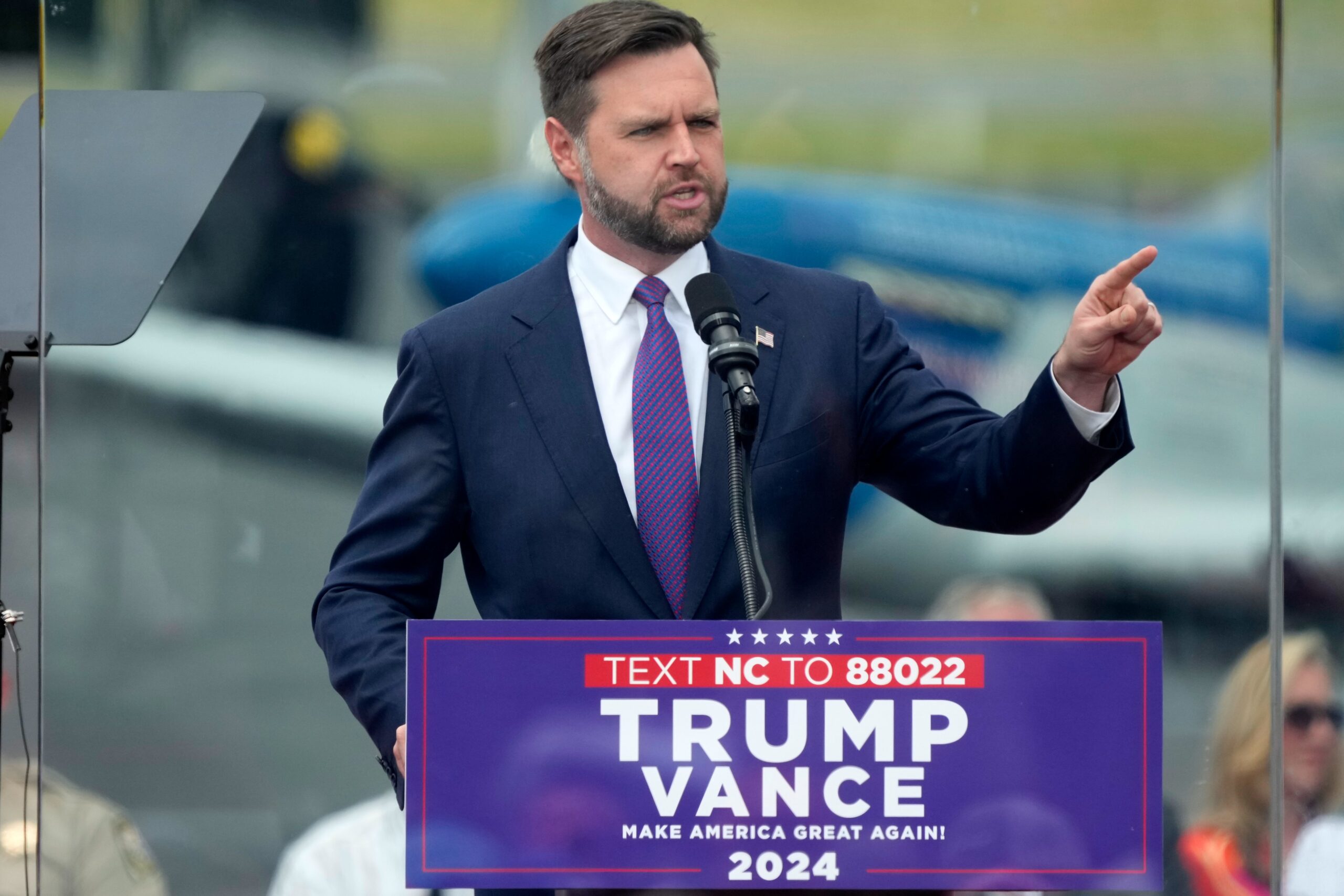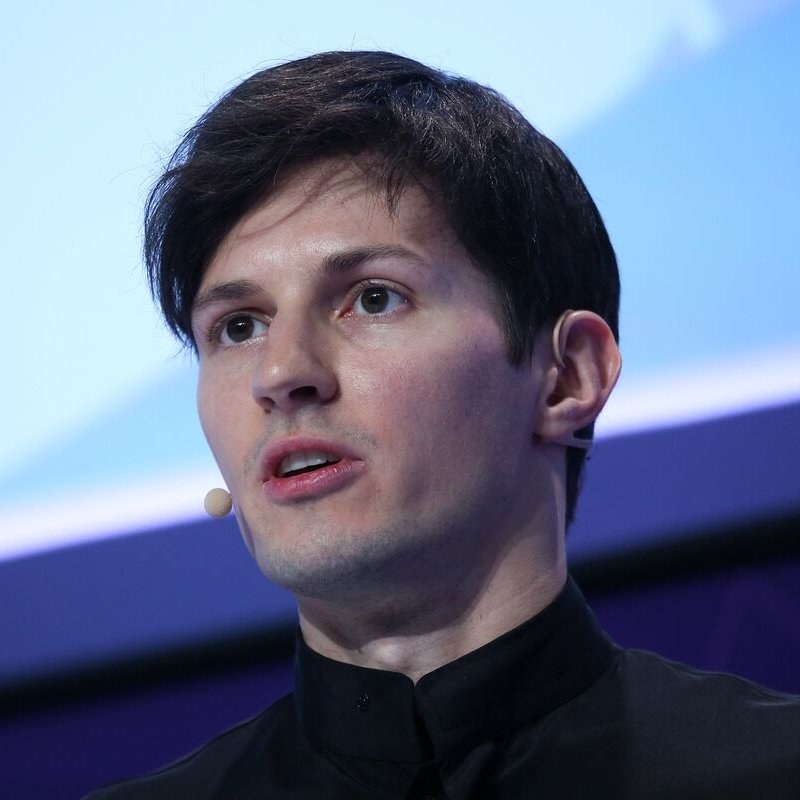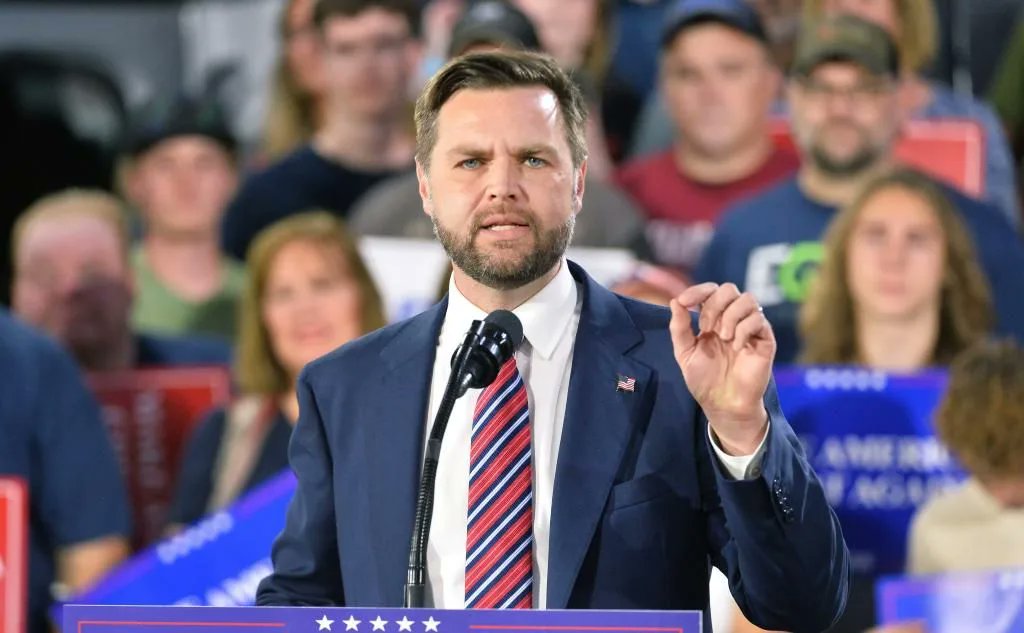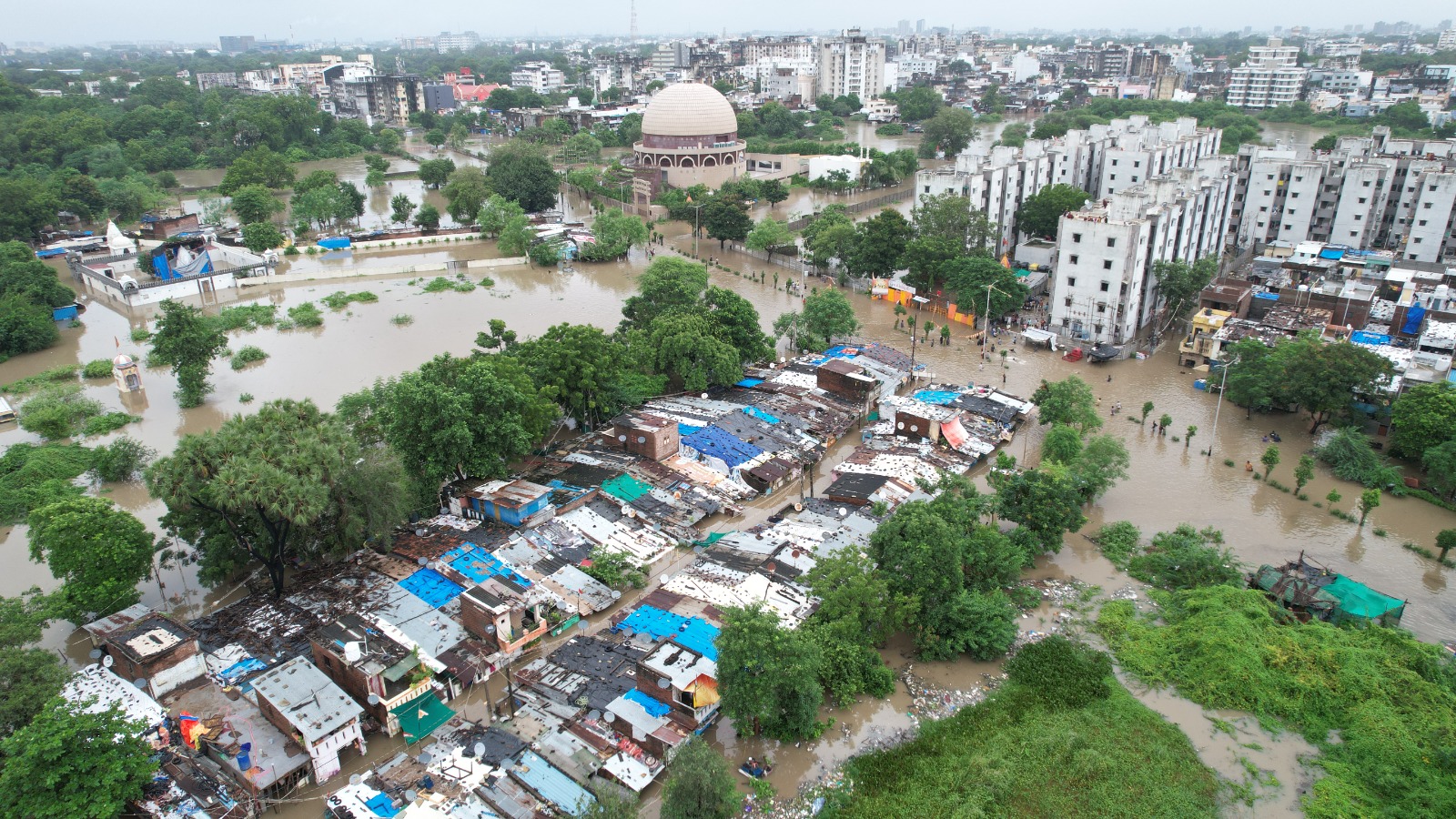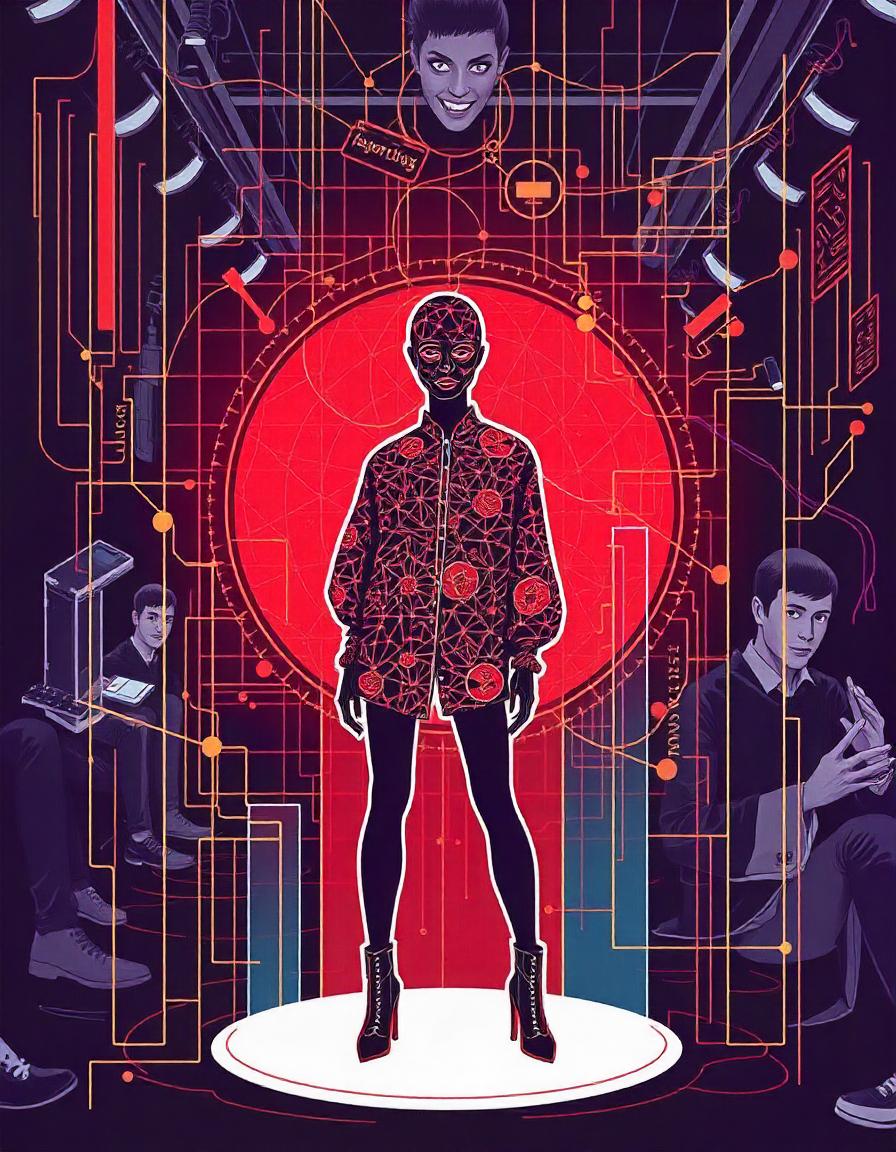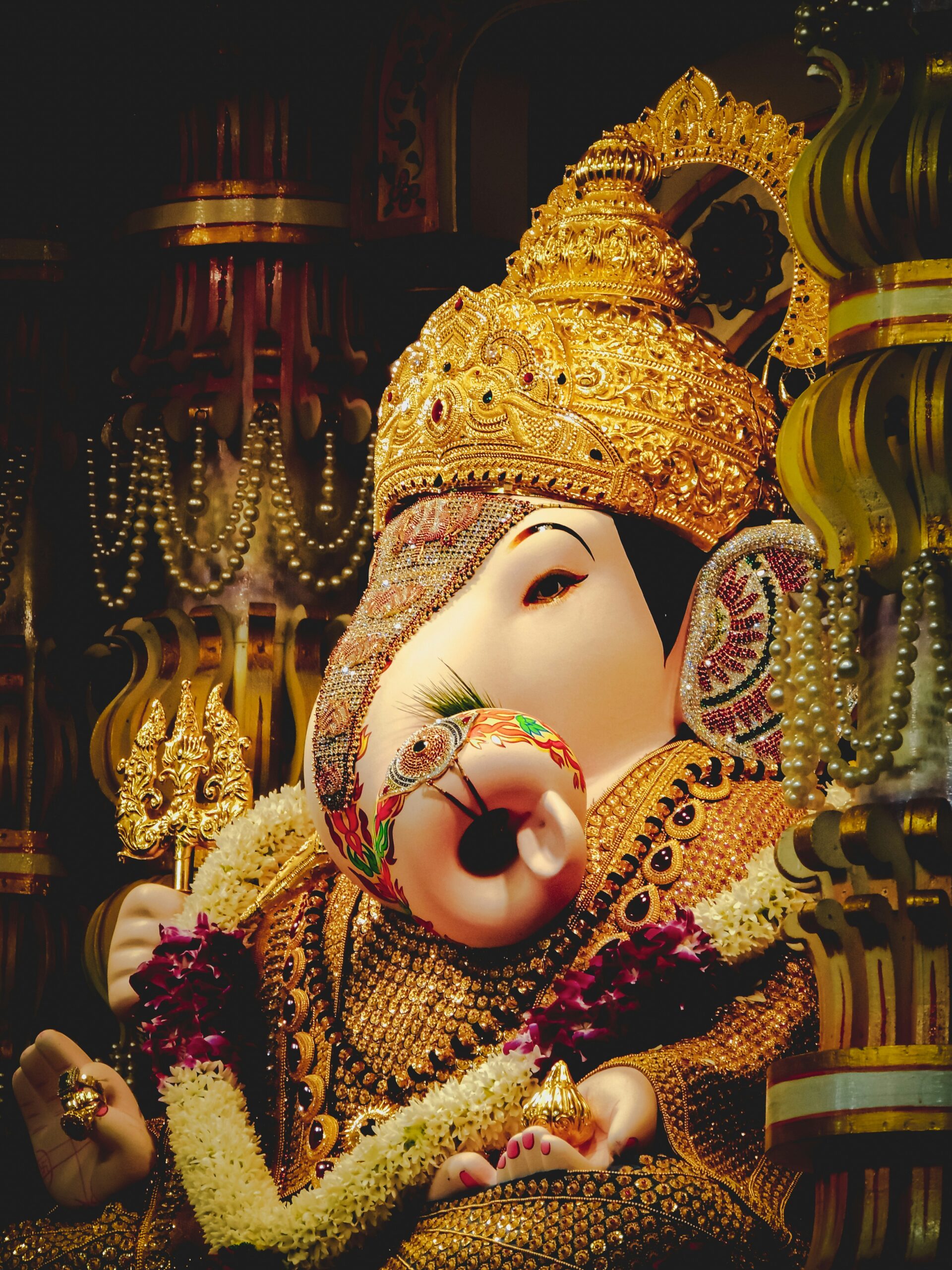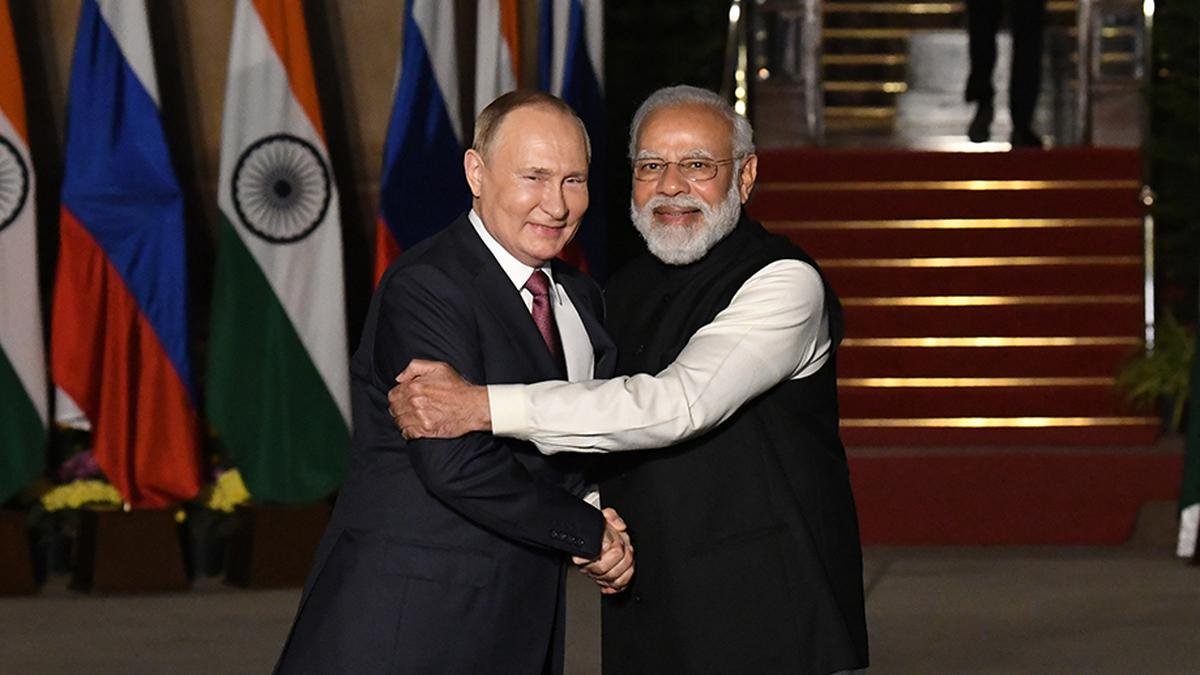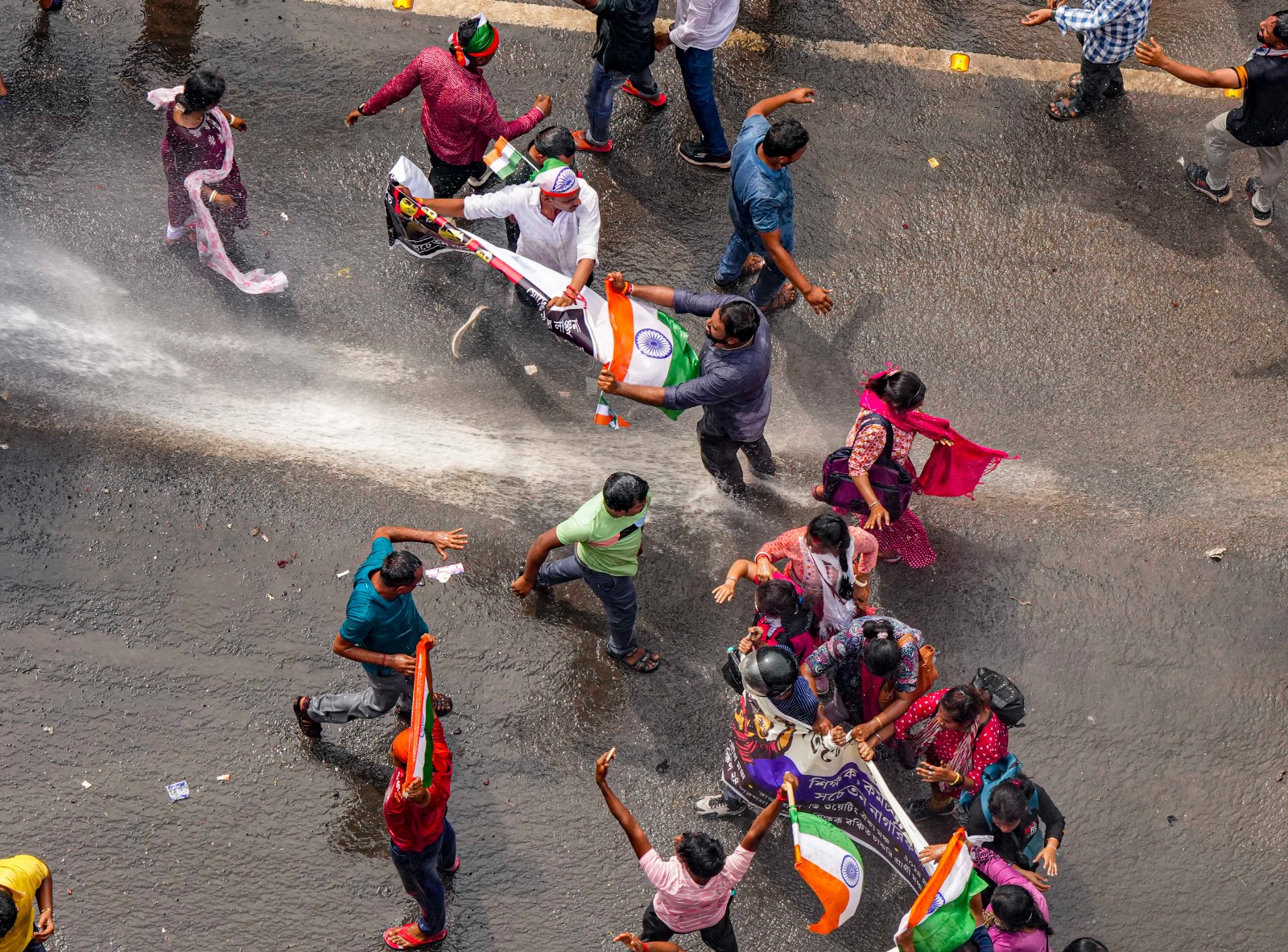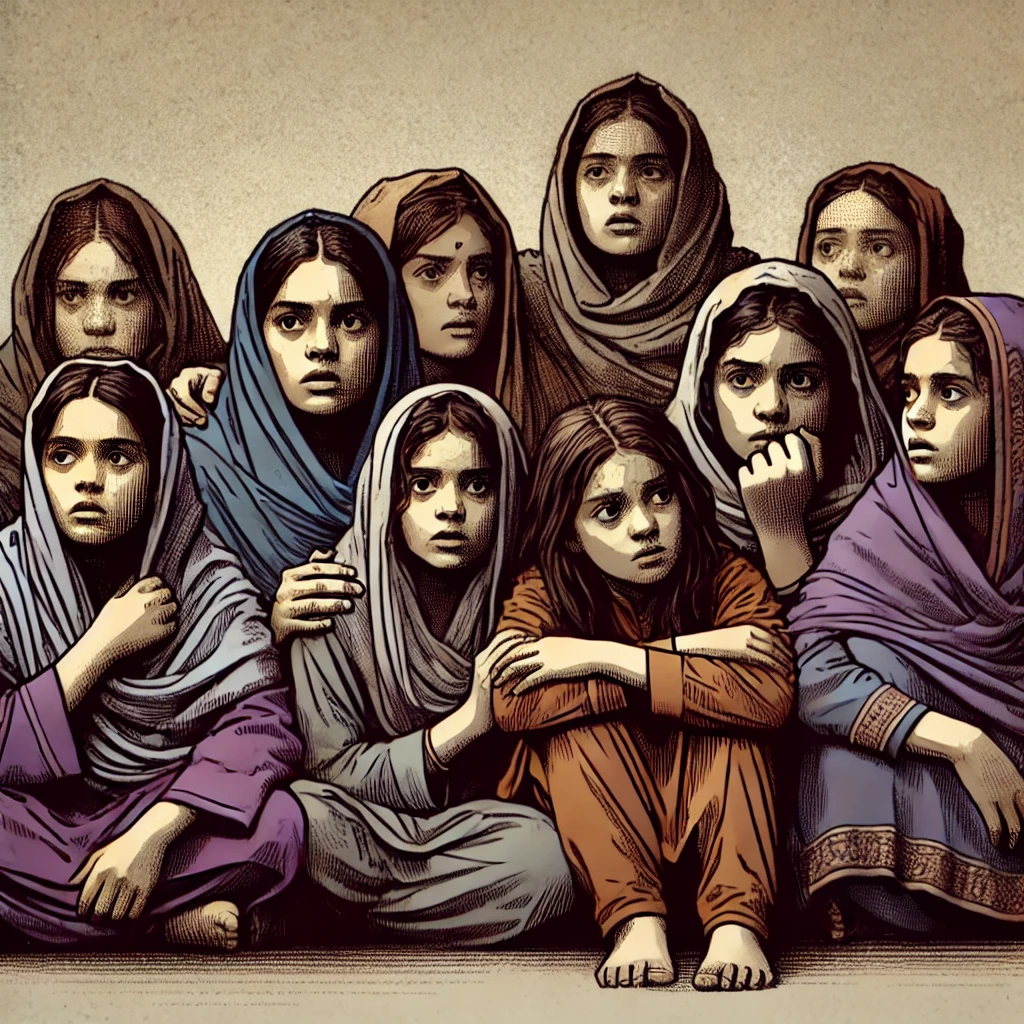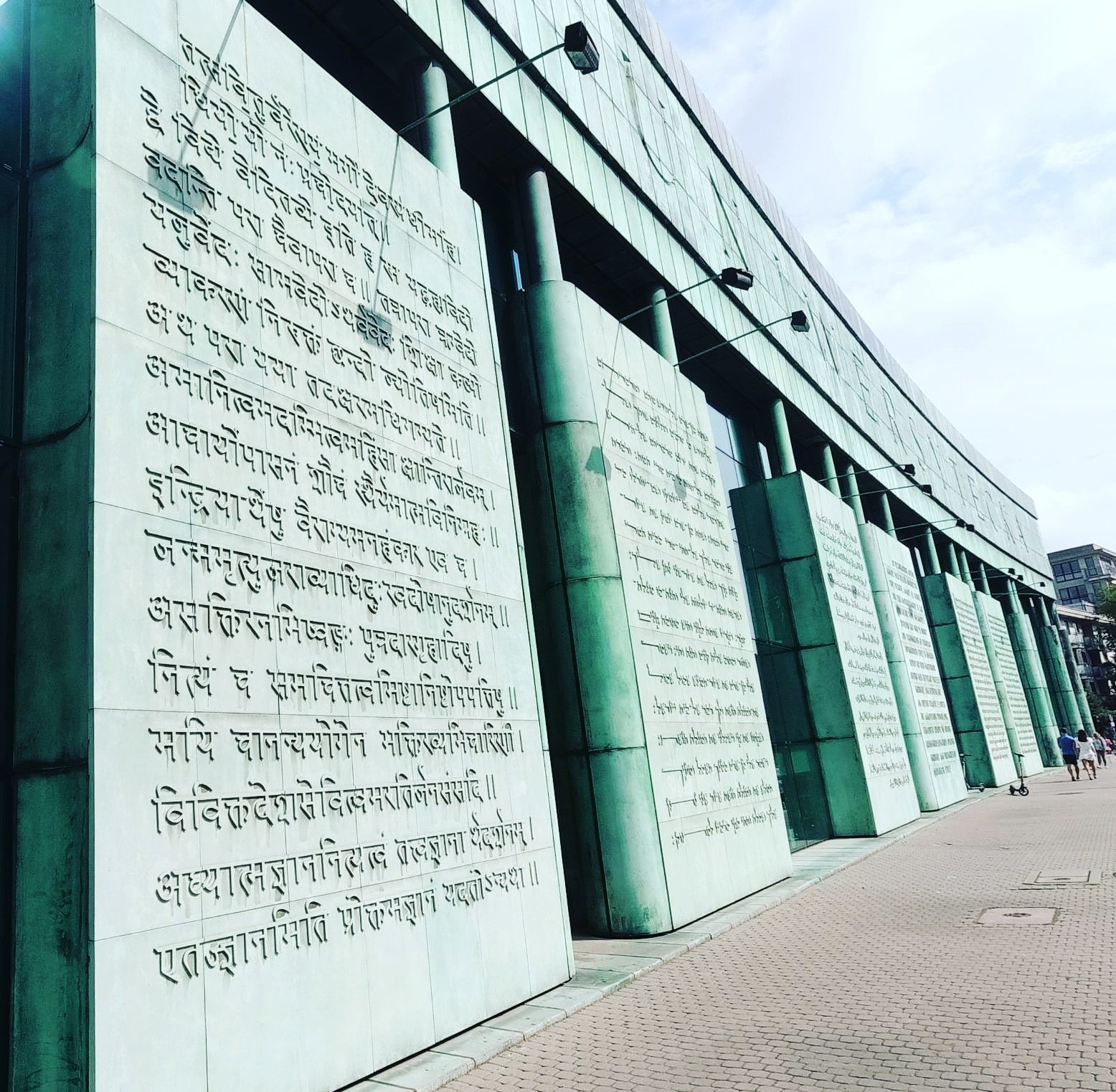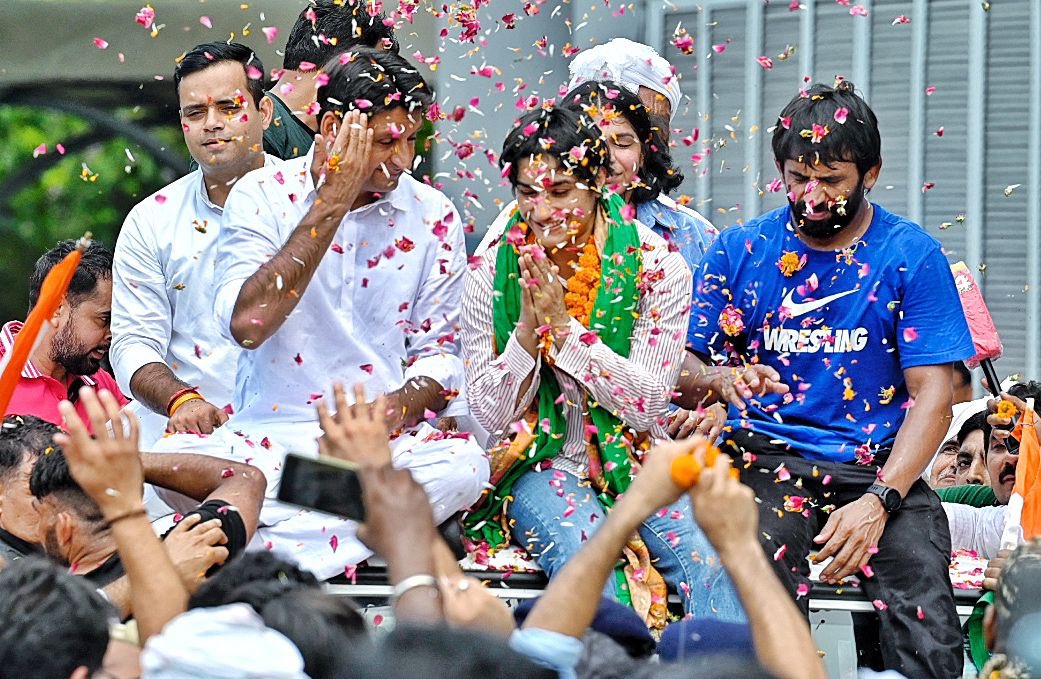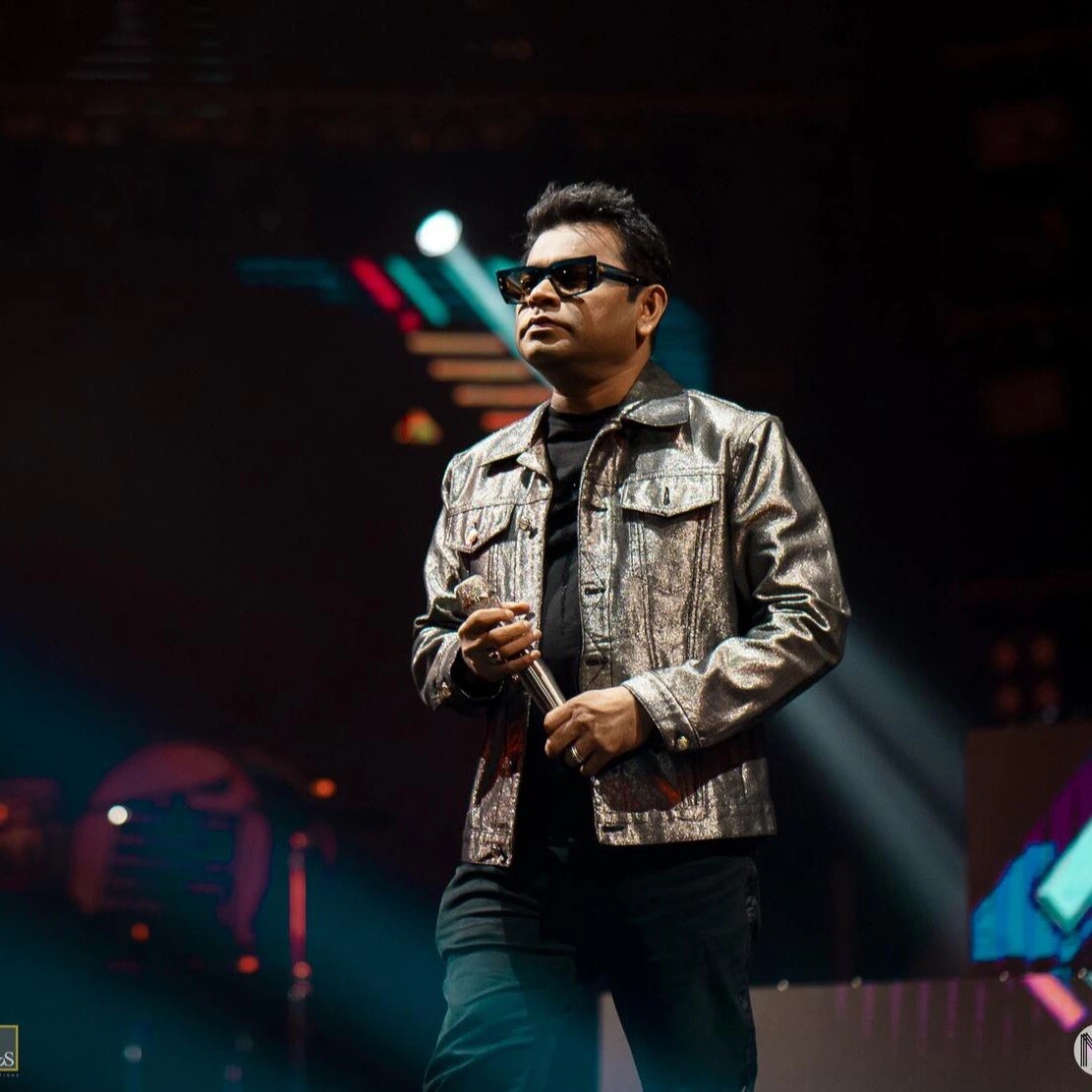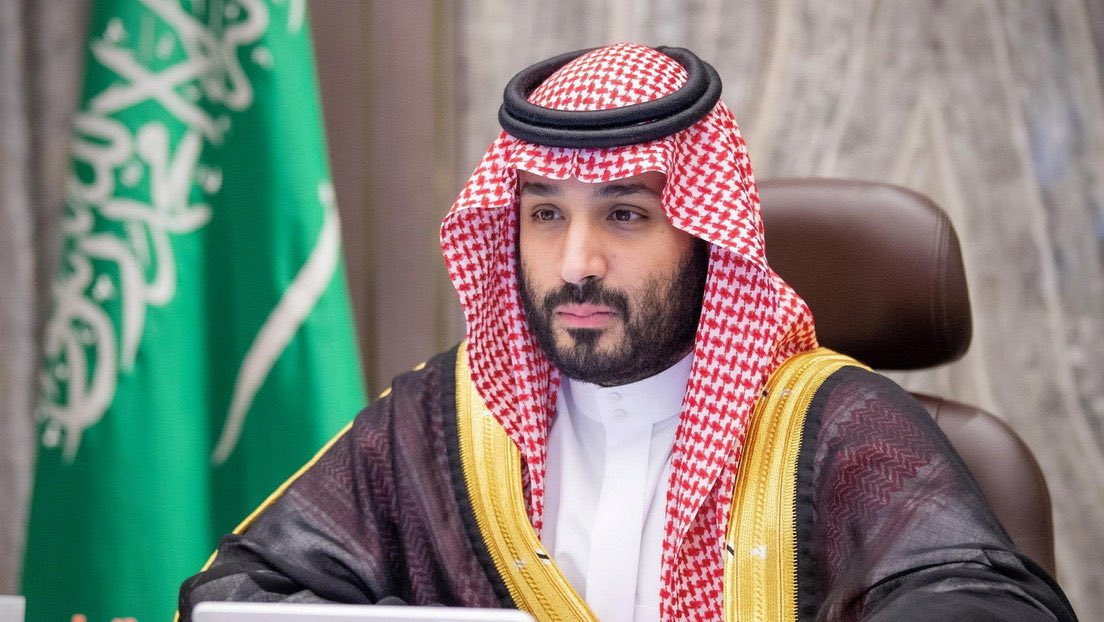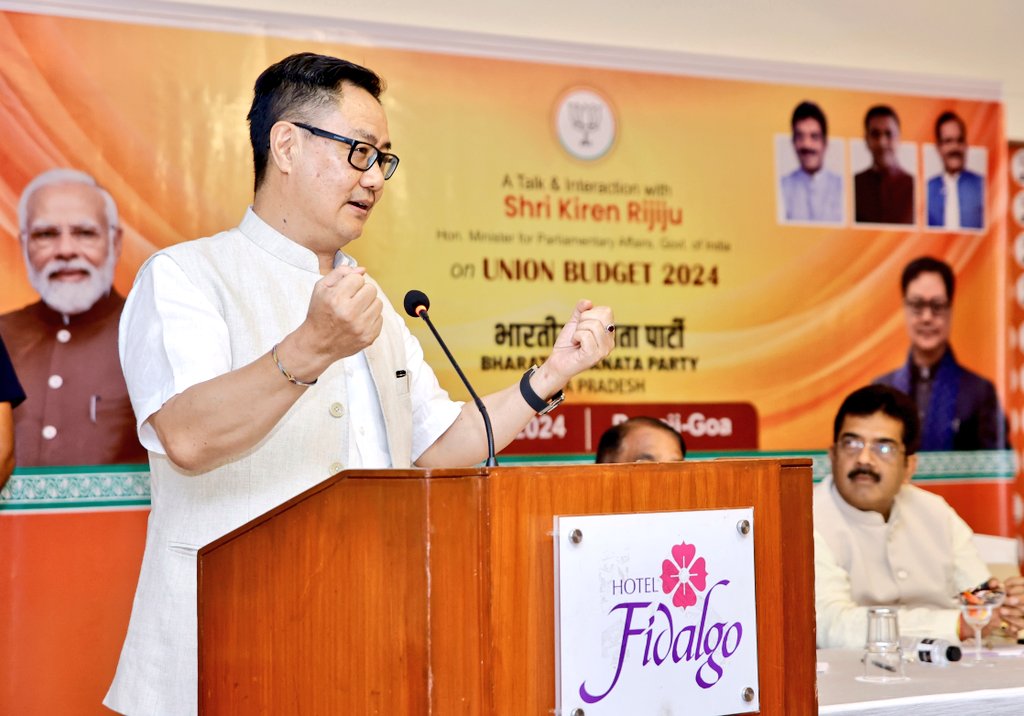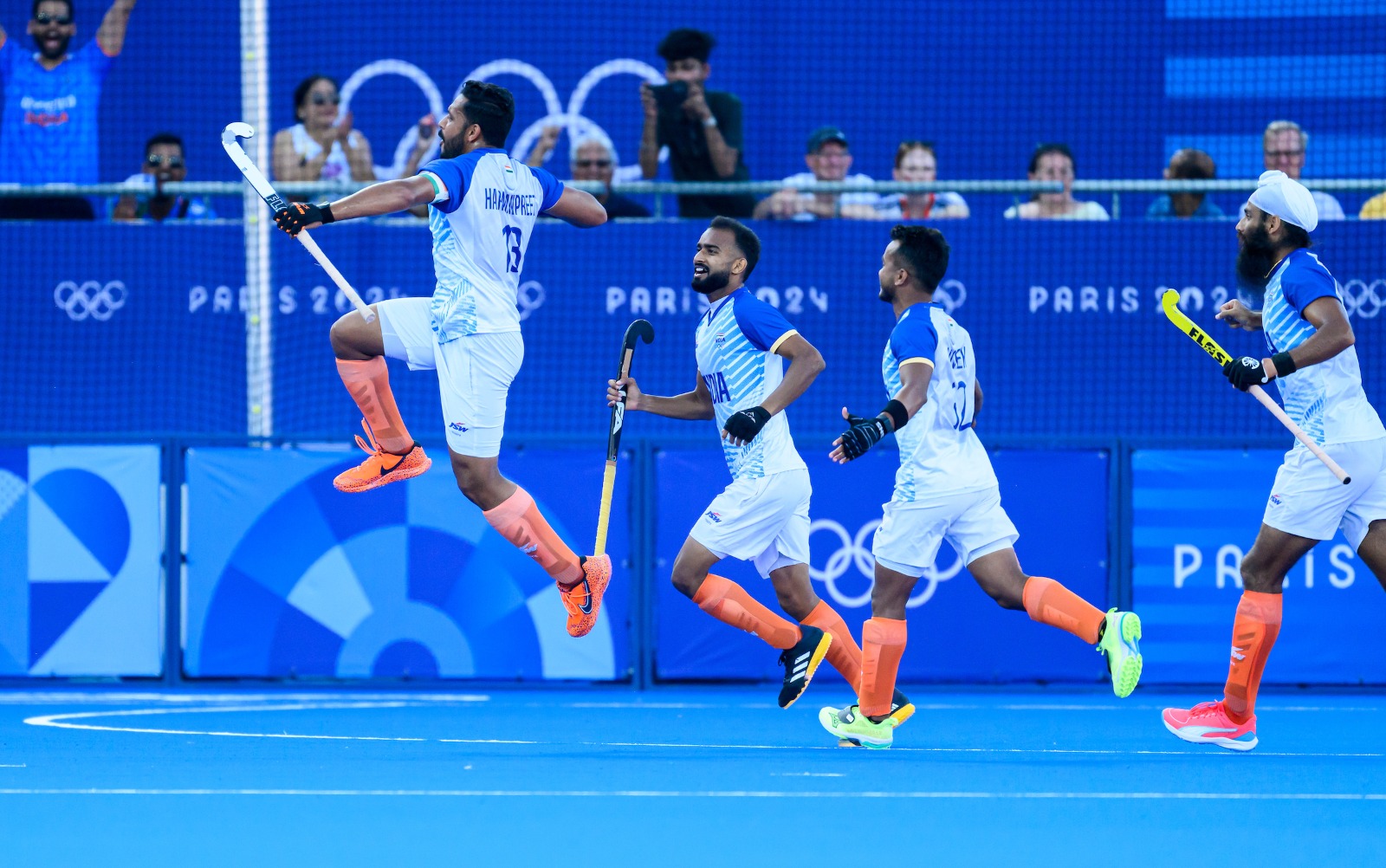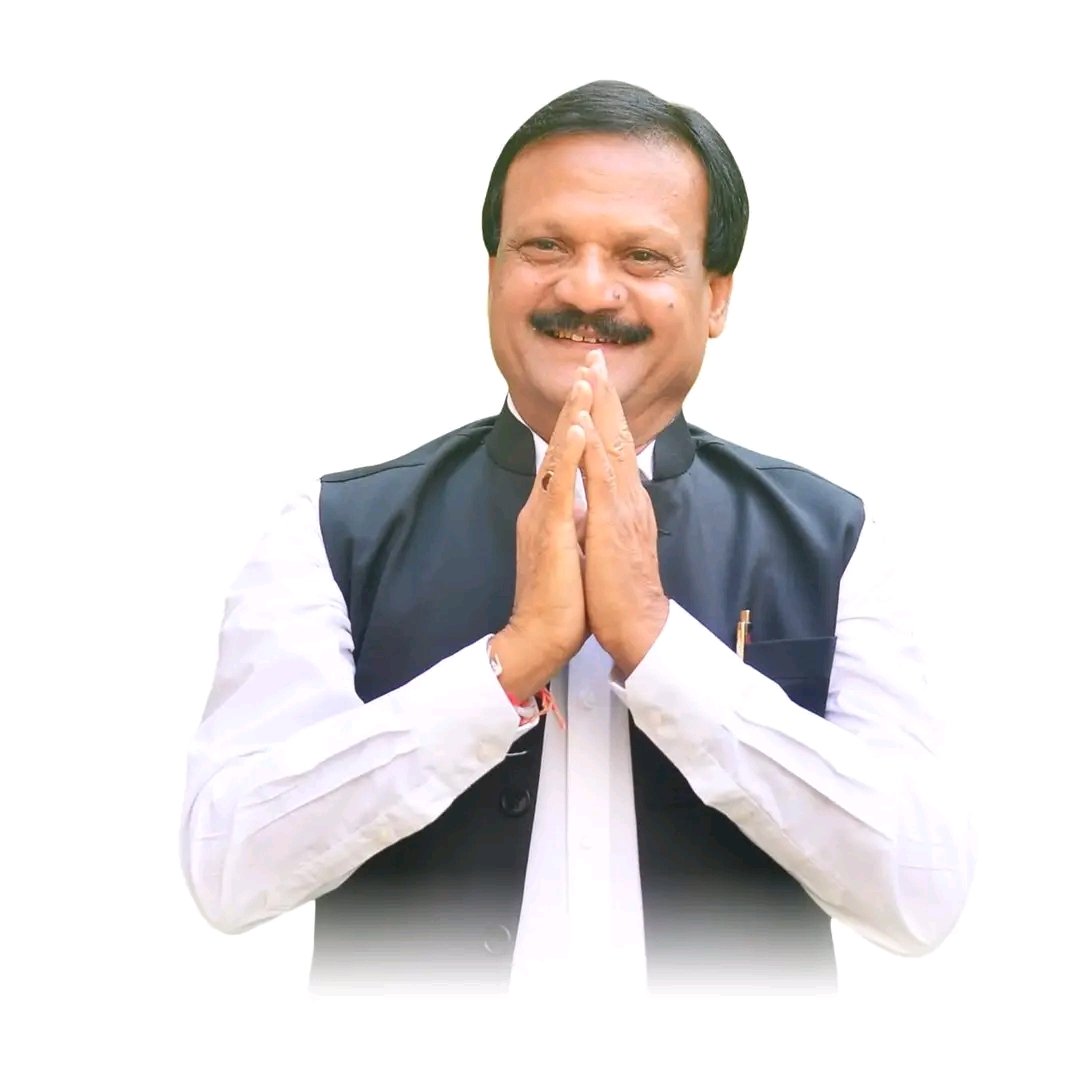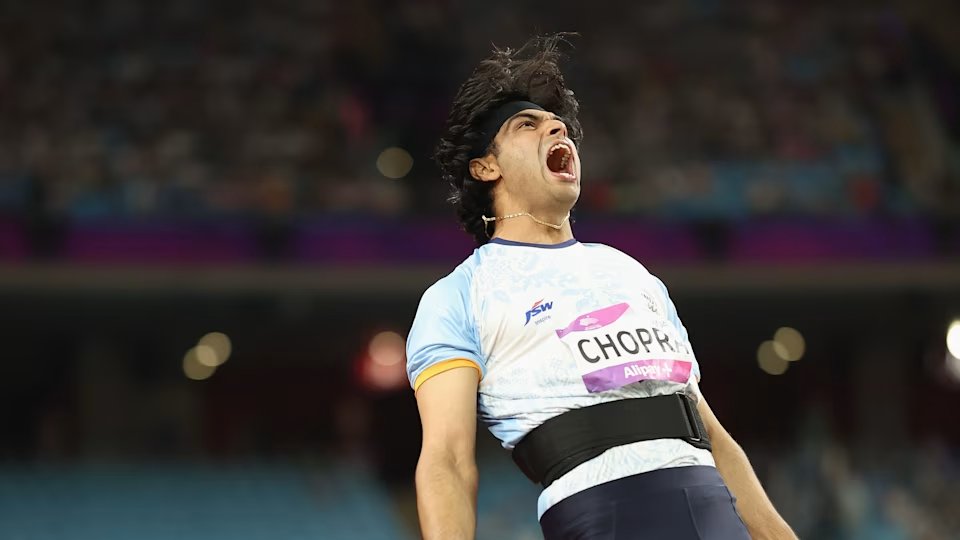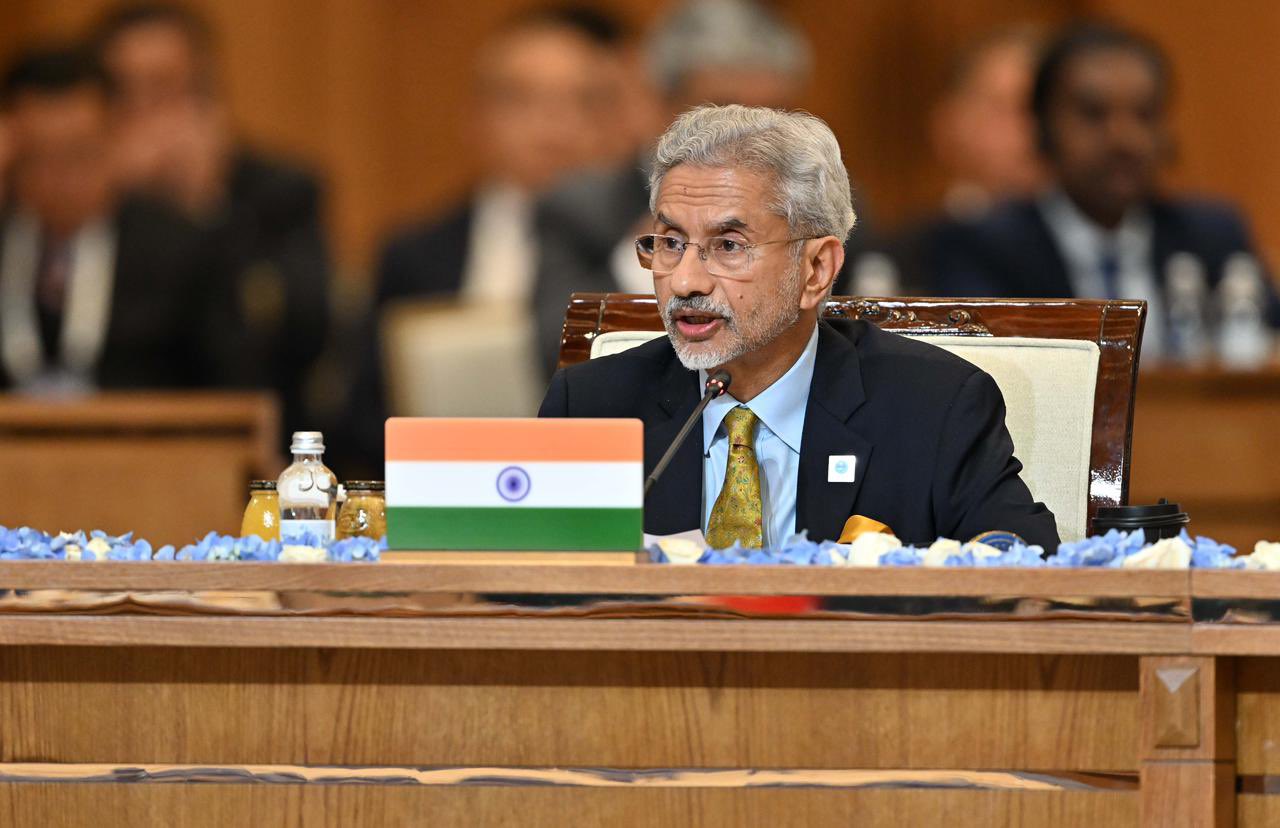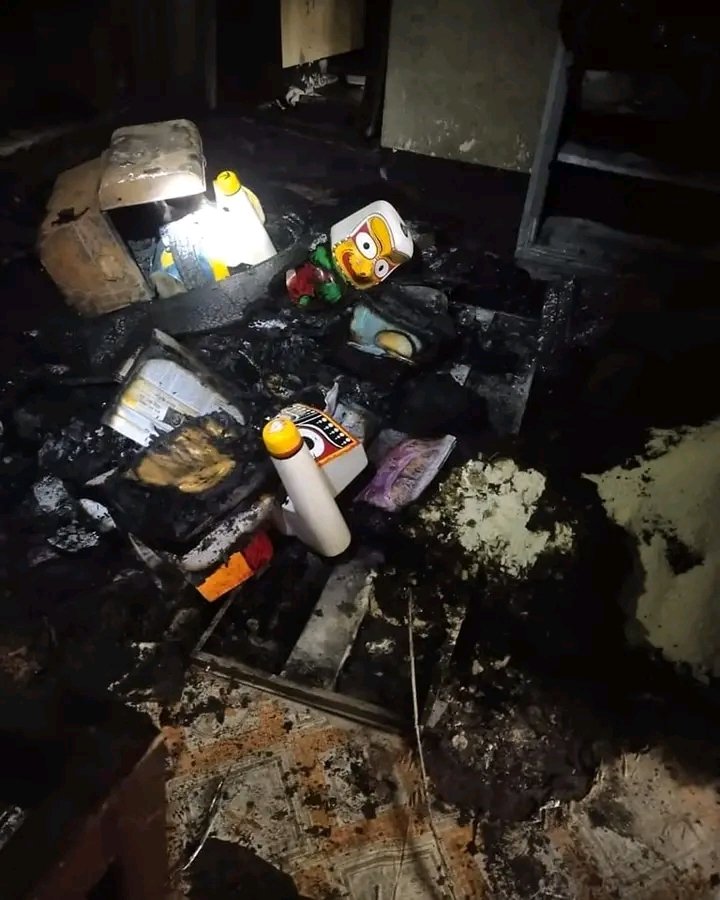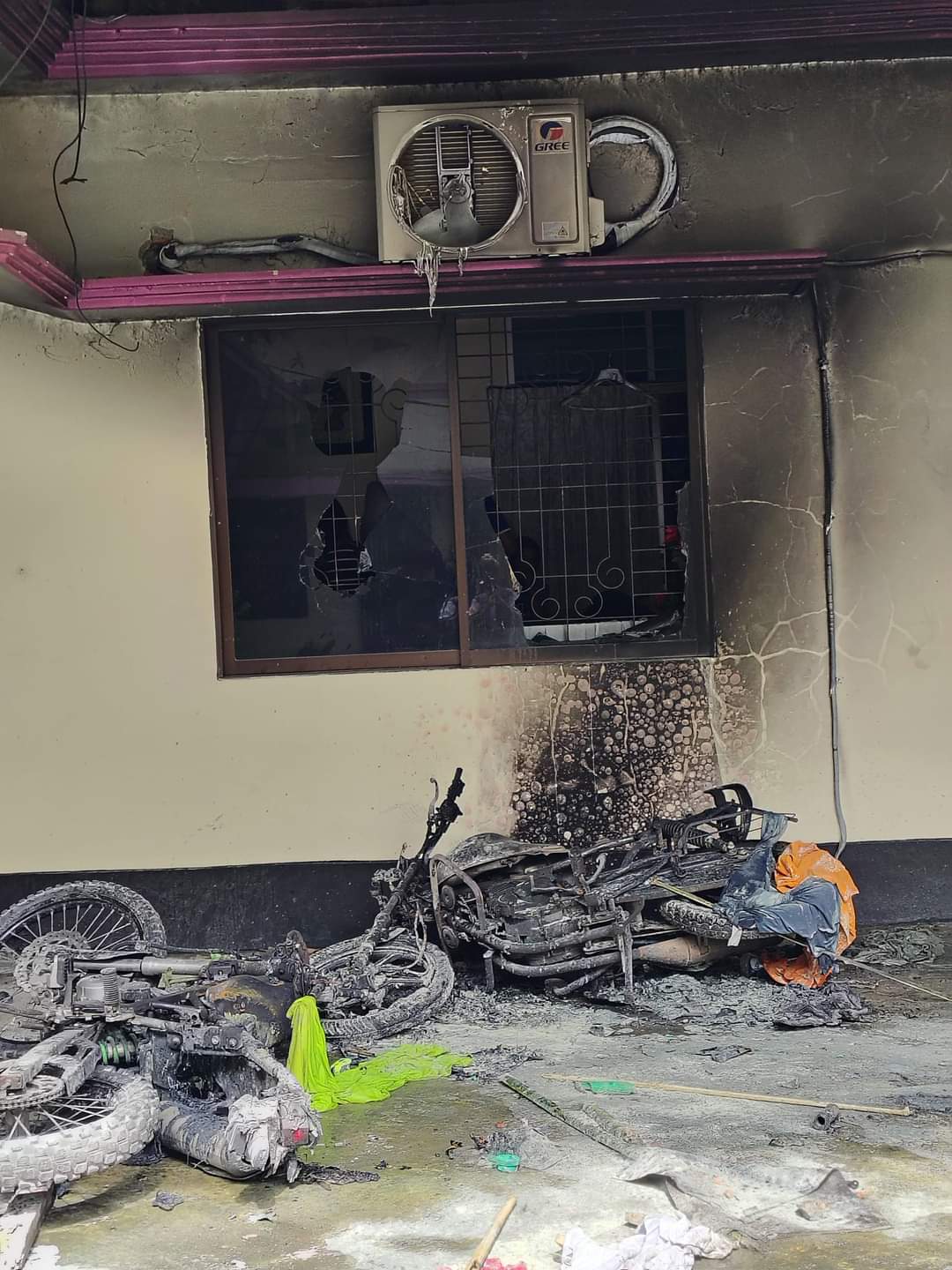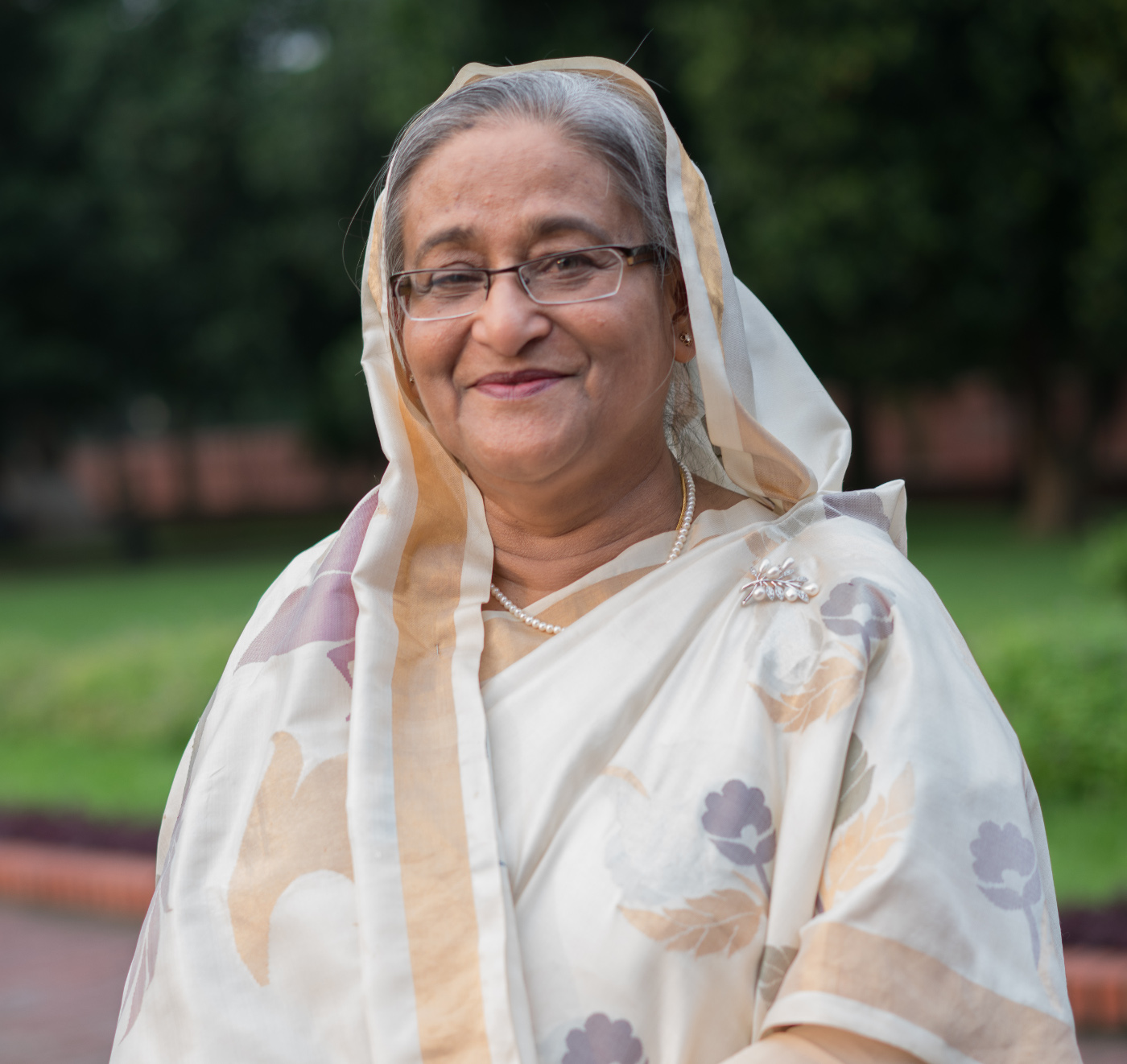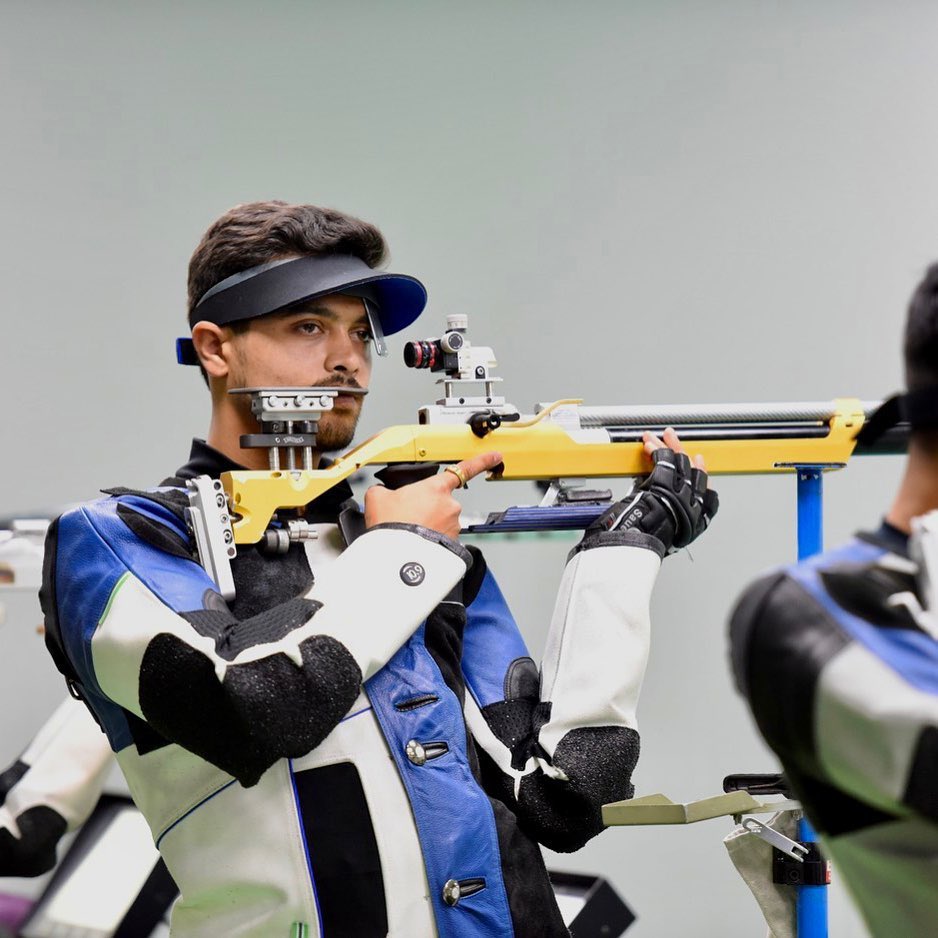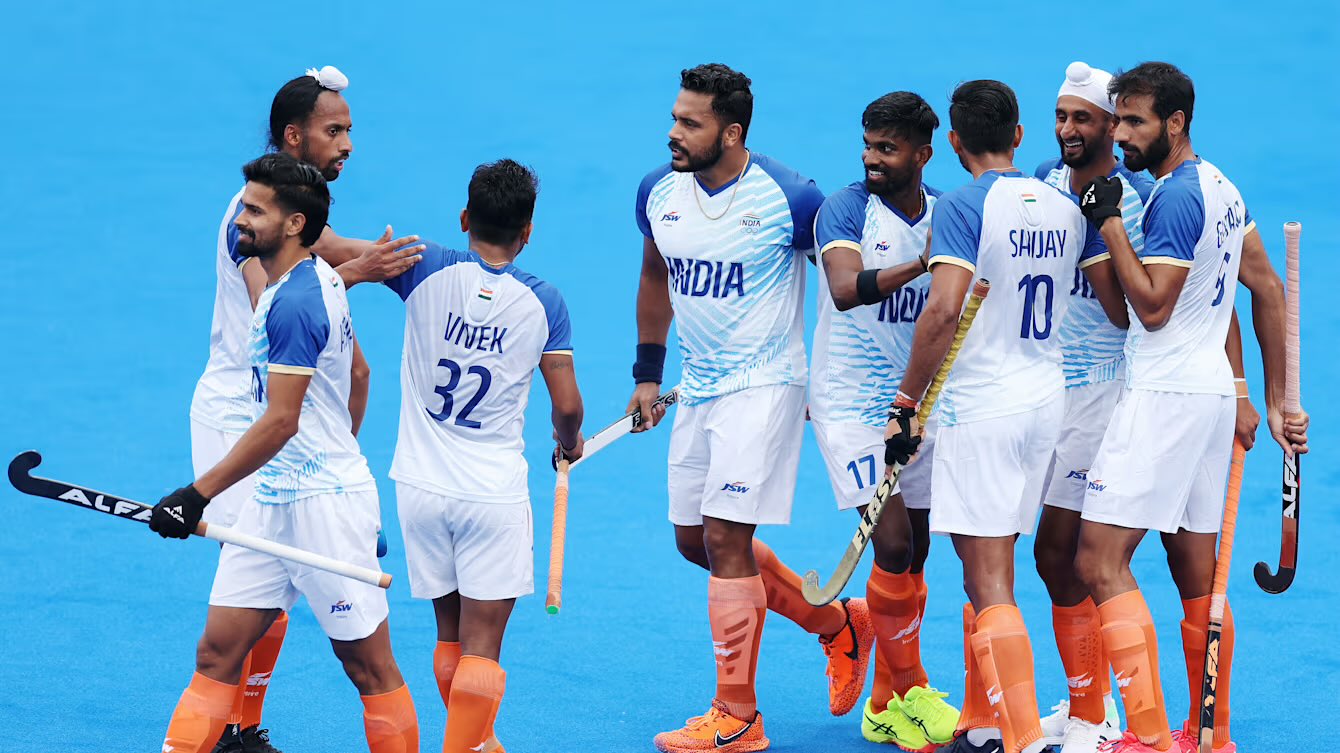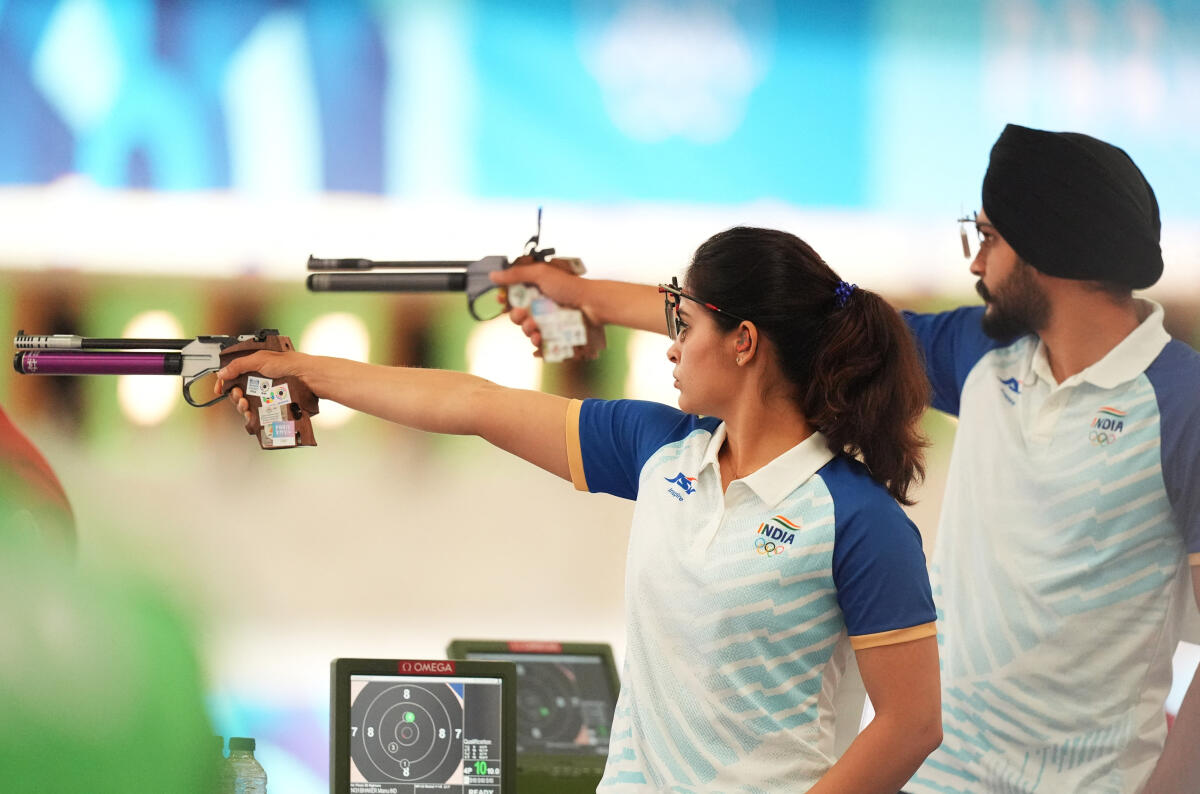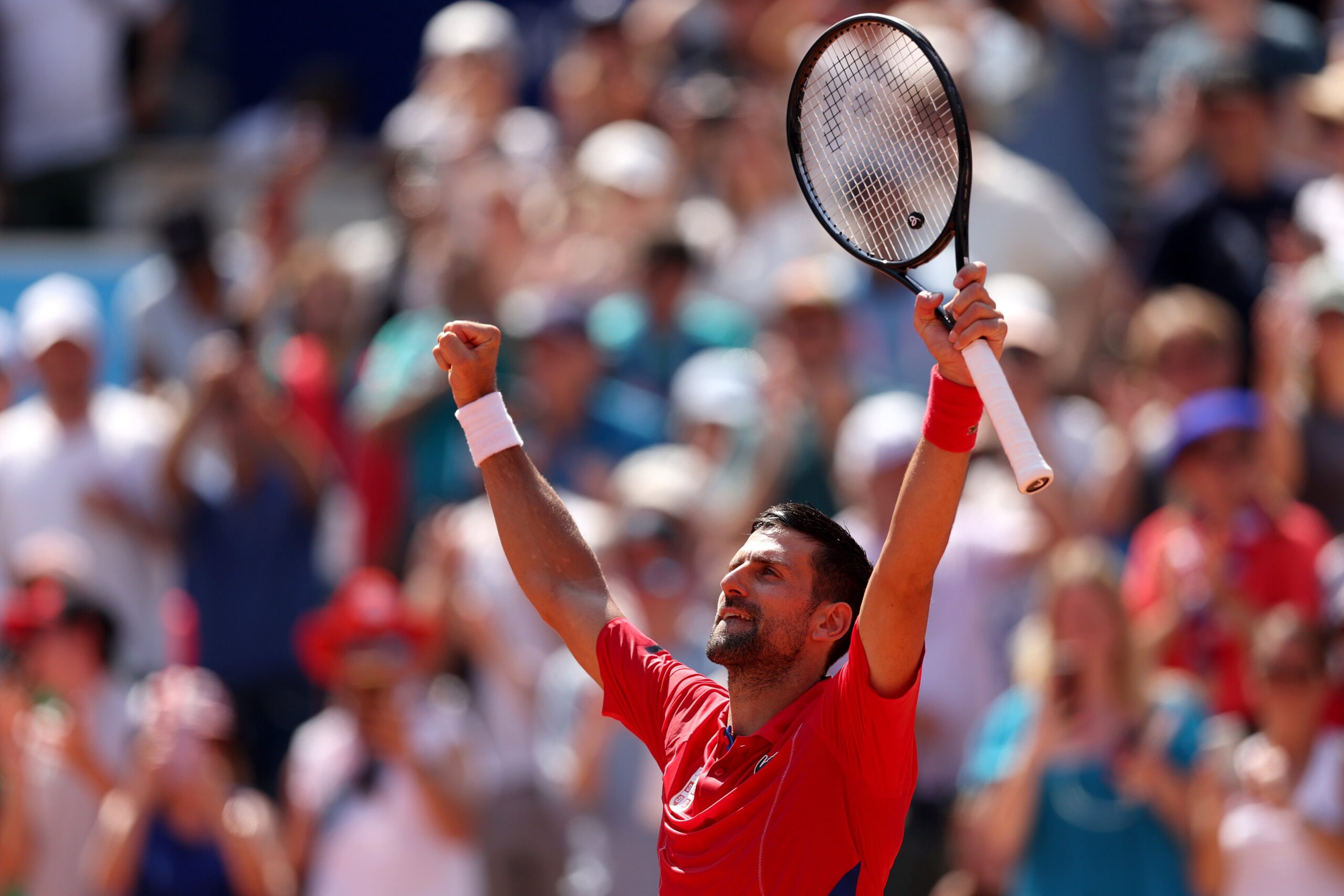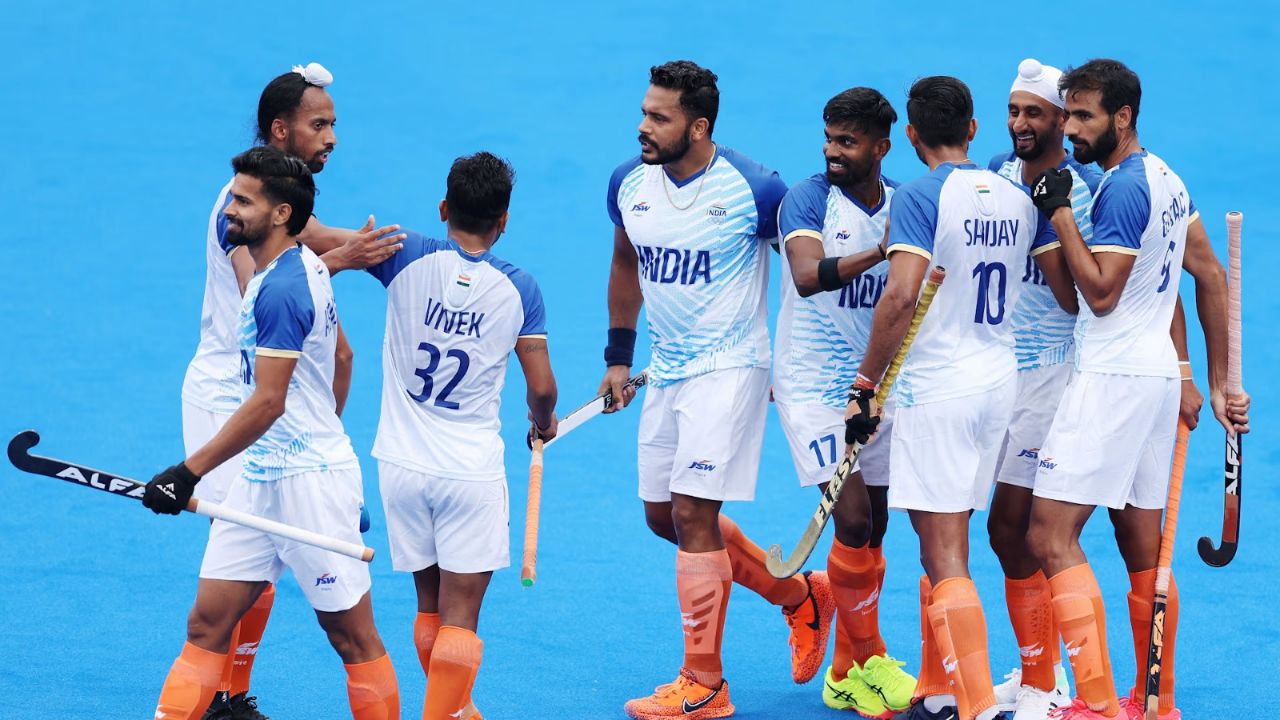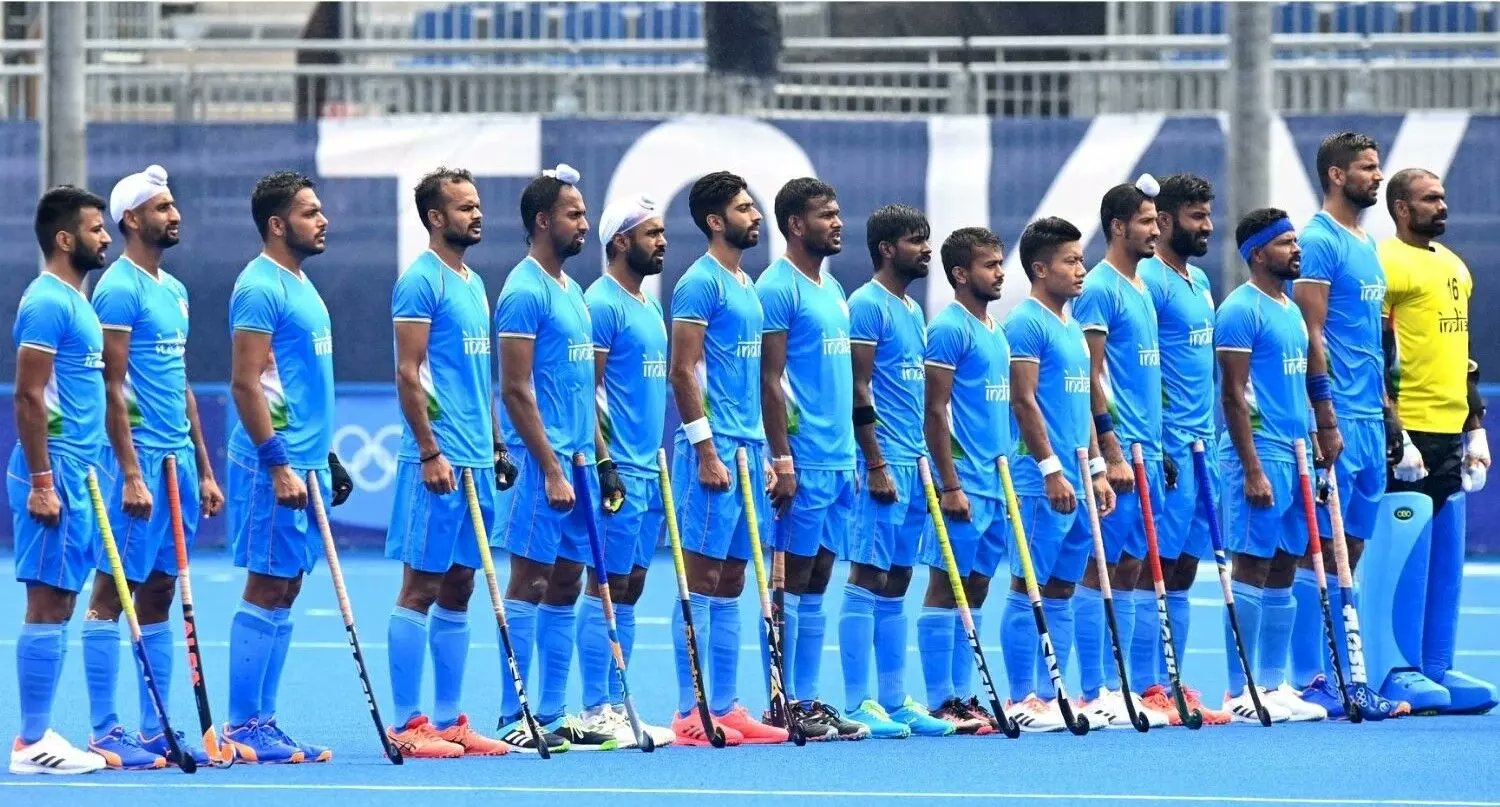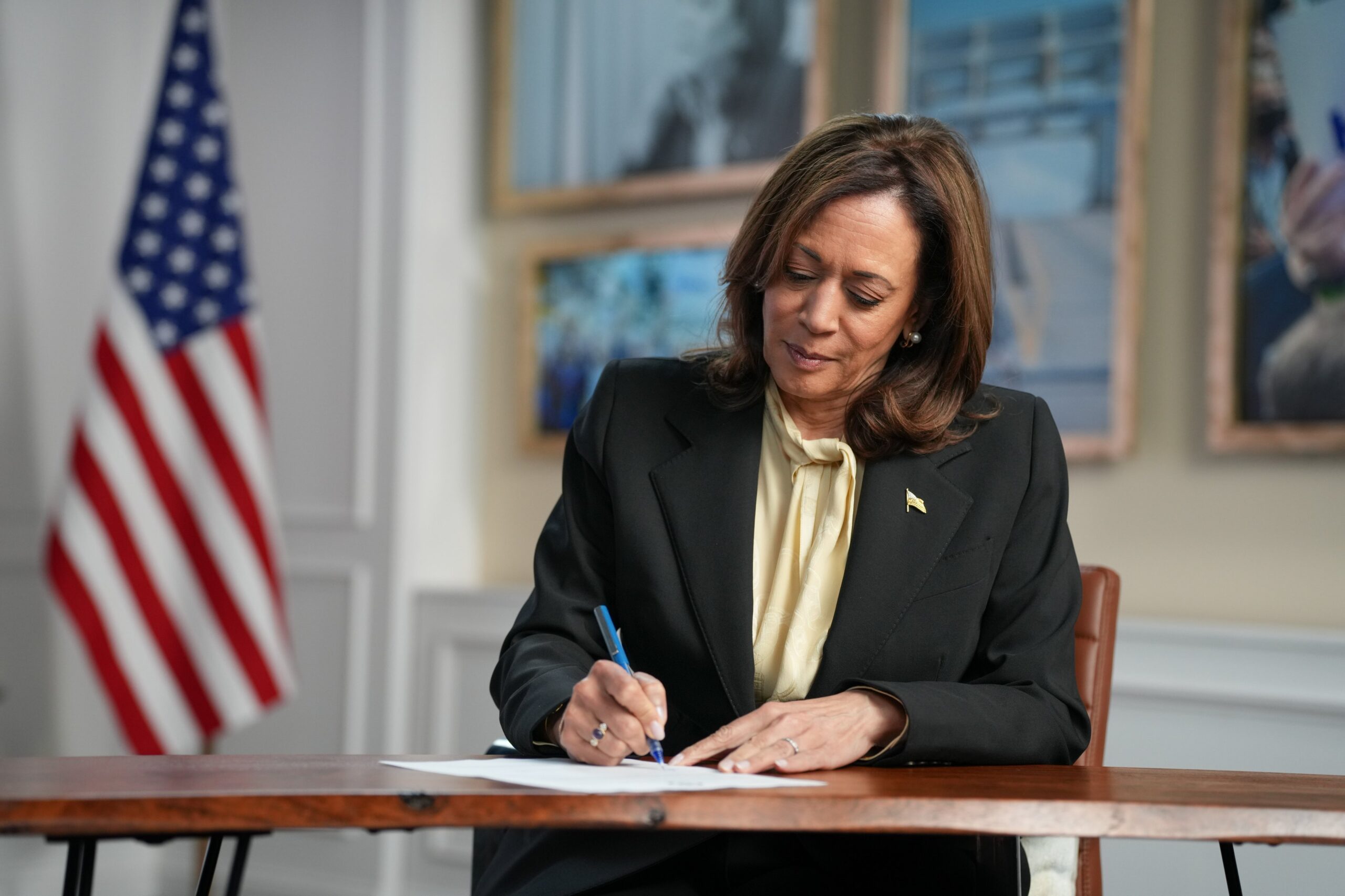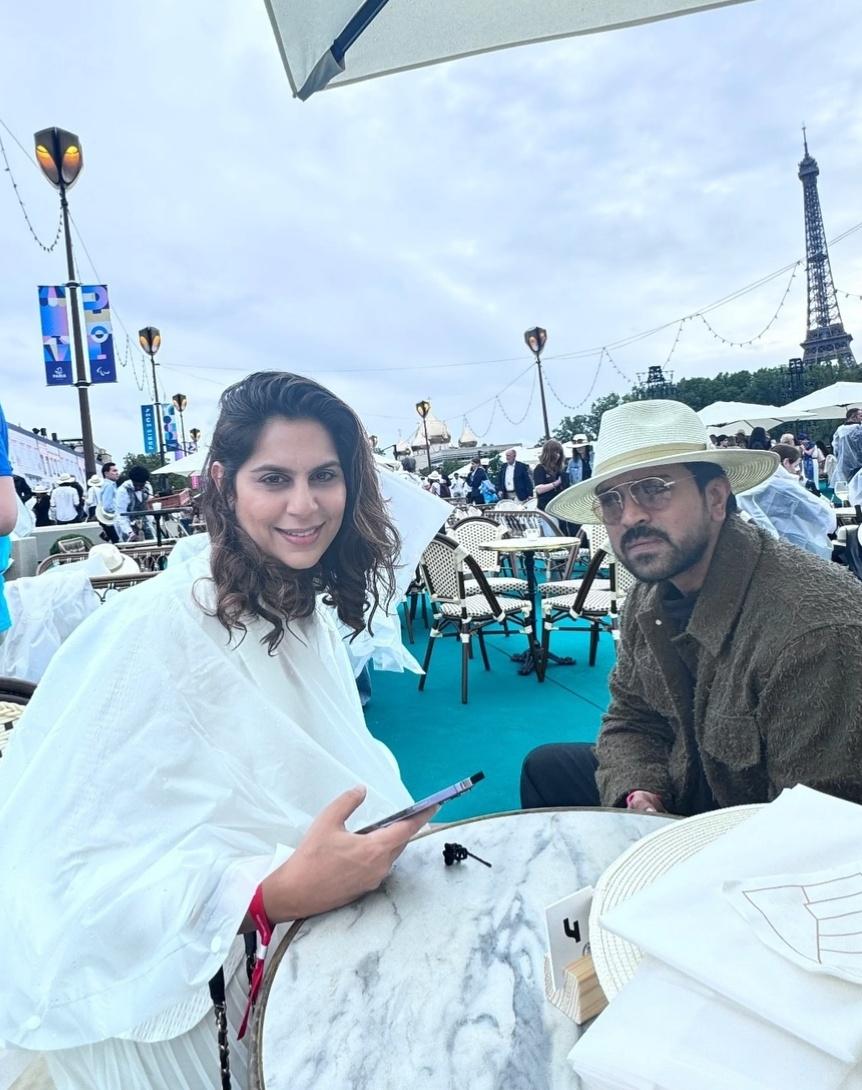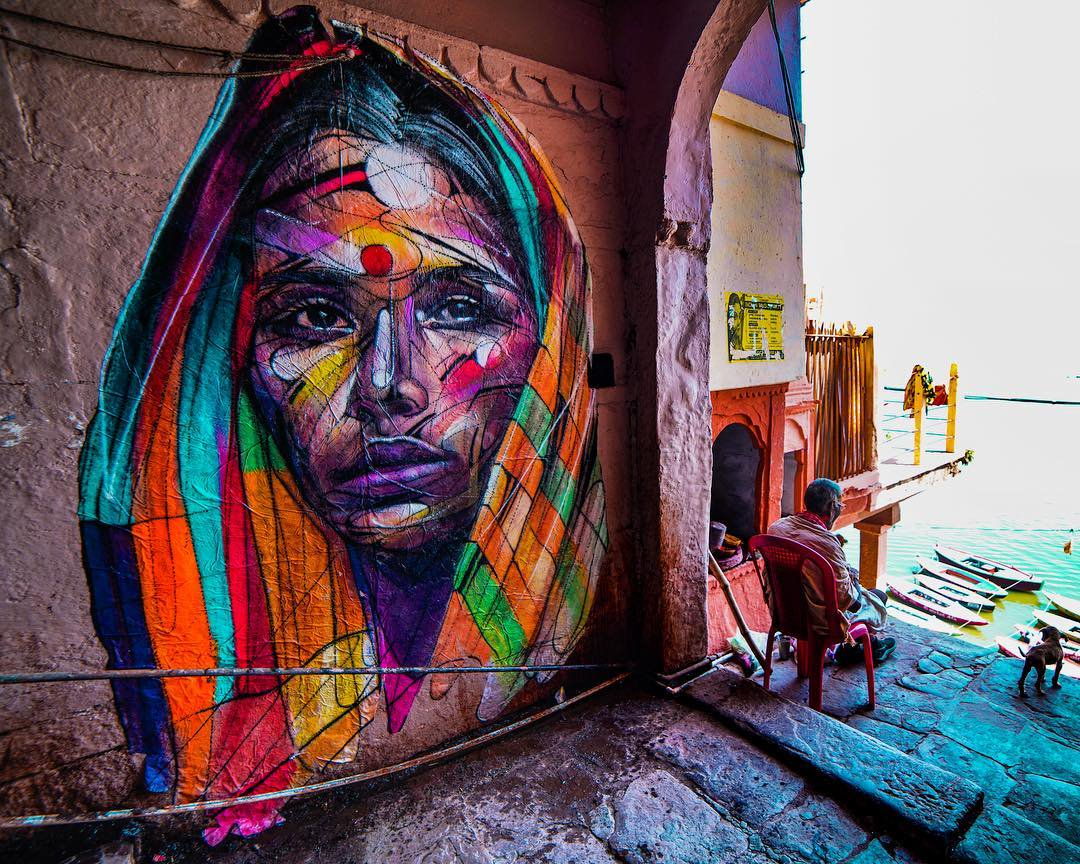Chaotic scenes unfolded in the heart of Kolkata on August 27 as police clashed with protesters marching toward the state secretariat, Nabanna, in response to the brutal rape and murder of a 31 Year-old doctor at RG Kar Medical College and Hospital. The protest, fueled by outrage and frustration over the heinous crime, has become a flashpoint for criticism against the ruling Mamata Banerjee government. The protest march, though without police permission, drew widespread participation from student organization’s and citizens’ forums, raising serious concerns about governance and law and order in West Bengal.
Violent Clashes in the Streets of Kolkata
As protesters made their way from College Square to Nabanna, the situation quickly turned volatile. Riot police deployed teargas shells, water cannons, and other crowd-control measures to disperse the advancing demonstrators. Many of the protesters retaliated by throwing stones at law enforcement officers, escalating the confrontation. Kolkata Police, prepared for the unrest, had turned Nabanna into a veritable fortress, with 6,000 officers stationed around the secretariat to block access from any route.
The police also resorted to using drones to monitor the large crowds, while barricades welded into the ground were greased to prevent protesters from scaling them. Despite these efforts, visuals from the protest showed participants shaking barricades, chanting slogans demanding the resignation of Chief Minister Mamata Banerjee, and condemning the state government’s handling of the rape and murder case.
A Political Firestorm
The ruling Trinamool Congress (TMC) has accused the opposition Bharatiya Janata Party (BJP) and its student wing, the Akhil Bharatiya Vidyarthi Parishad (ABVP), of orchestrating the protest to foment violence. State Minister Chandrima Bhattacharya told reporters, “This is a BJP-ABVP plot to create disturbance. Tomorrow, there are exams. Can students do this? They are doing vulture politics.” Bhattacharya also alleged that the rally was part of a conspiracy to provoke violence and suggested that individuals in police uniforms were planning to open fire on the crowds.
To bolster its claims, the TMC released two videos in which unidentified men are heard discussing plans to cause chaos, with one voice ominously stating, “We need bodies.” These videos, although not independently verified, were presented as evidence of an orchestrated attempt to destabilize the region. TMC leader Jayprakash Majumdar further alleged that BJP leaders had been advised that without a Nandigram-type incident—referring to the 2007 violence in Nandigram that left several dead—the BJP’s political fortunes in Bengal would not improve.
Opposition’s Response and Missing Protesters
The opposition, led by BJP’s Suvendu Adhikari, has rejected these accusations, instead laying the blame for the unrest squarely on the shoulders of the Mamata Banerjee administration. Adhikari, who is also the Leader of the Opposition in the West Bengal Assembly, reported that four student activists involved in organizing the protest went missing after midnight on August 8. The missing activists—Subhojit Ghosh, Pulokesh Pandit, Goutam Senapati, and Pritam Sarkar—were allegedly distributing food to volunteers at Howrah Station when they disappeared. Adhikari expressed fears that they had been detained or arrested by the police, holding the state authorities responsible for their safety.
Bengal police confirmed the arrests, stating that the students were involved in planning large-scale violence and were implicated in a conspiracy to commit murder. The arrests, according to police, were made in the interest of public safety, and families of the detained activists were informed. The families have since approached the Calcutta High Court seeking justice for their children.
Adhikari’s statements on the issue have heightened tensions, with the BJP calling for accountability from the state government. He also emphasized that the protest was not a partisan event but rather a citizens’ movement against the violence and lawlessness in the state. Many of the participants, he pointed out, were from student organizations unaffiliated with any political party, a fact that contrasts with the TMC’s accusations of a BJP-backed conspiracy.
Citizen-Led Protest or Political Plot?
The organizers of the march have insisted that their actions are driven by genuine public anger over the rape and murder of the doctor, not by any political motives. Shubankar Halder, one of the key organizers, admitted that he was once associated with the ABVP but clarified that he is no longer connected to the group. “This is an apolitical protest,” Halder told reporters, stressing that the march was intended to demand justice for the victim and hold the government accountable.
Several student organizations and citizen forums joined the protest, further fueling the narrative that this is a grassroots movement rather than a politically motivated rally. However, notable student outfits affiliated with political parties have distanced themselves from the event, wary of being drawn into what has become a highly charged and contentious issue.
The lack of official backing from mainstream student bodies, combined with the state’s allegations of a BJP conspiracy, has created a murky atmosphere surrounding the protest. With both sides trading accusations, the underlying issue—the brutal crime and the perceived inaction of the state government—has been overshadowed by political posturing.
Nabanna Under Siege
Nabanna, the seat of the West Bengal government, has been fortified to an unprecedented degree, reflecting the state’s determination to prevent the protesters from reaching the secretariat. The massive police presence, combined with physical barriers and surveillance drones, has turned the secretariat into an impregnable fortress. Despite these efforts, the determination of the protesters has kept tensions running high.
The Mamata Banerjee government, already under scrutiny for its handling of law and order, now faces mounting pressure from both the opposition and civil society groups. The protests have highlighted deep-seated frustrations over issues of security, justice, and governance in the state, and the unfolding chaos on the streets of Kolkata has only served to amplify these concerns.
The protest march in Kolkata, sparked by the rape and murder of a doctor, has exposed deep fissures in West Bengal’s political landscape. While the ruling TMC accuses the BJP of using the tragedy to incite violence, the opposition claims the protest is a legitimate response to the state government’s failure to protect its citizens. As Kolkata remains on edge, the demand for justice for the victim has become intertwined with larger questions of governance, accountability, and the rule of law in Mamata Banerjee’s West Bengal.




